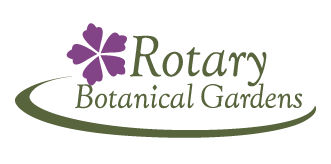Enriching lives through beauty, education, and the arts.
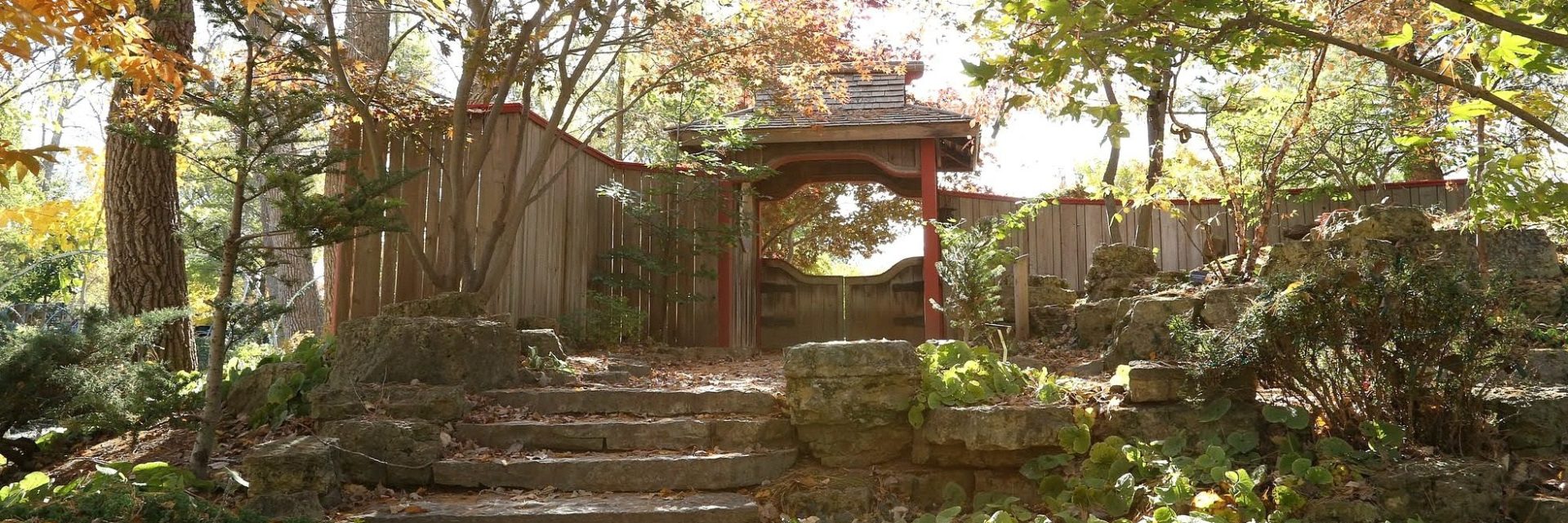
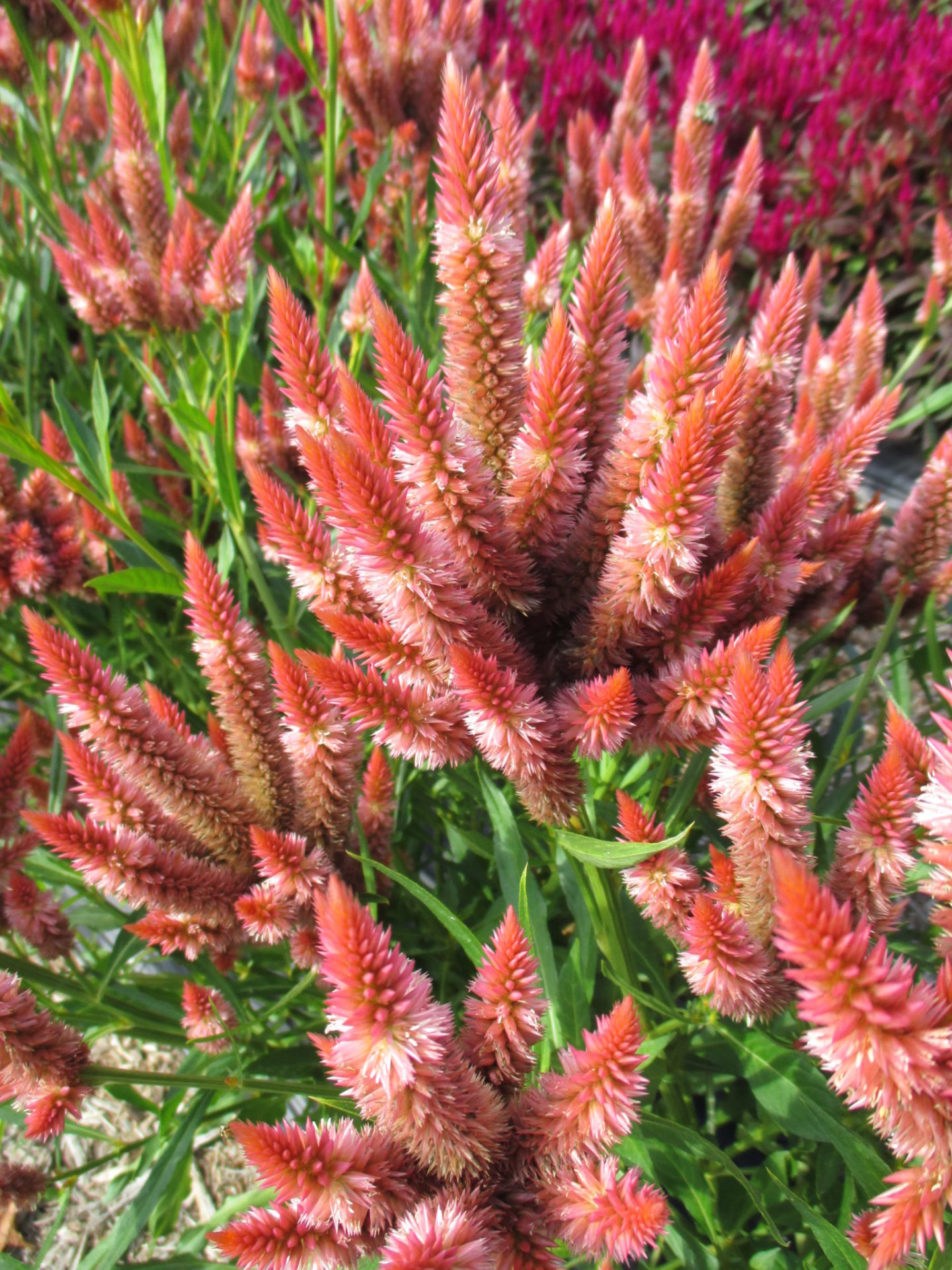
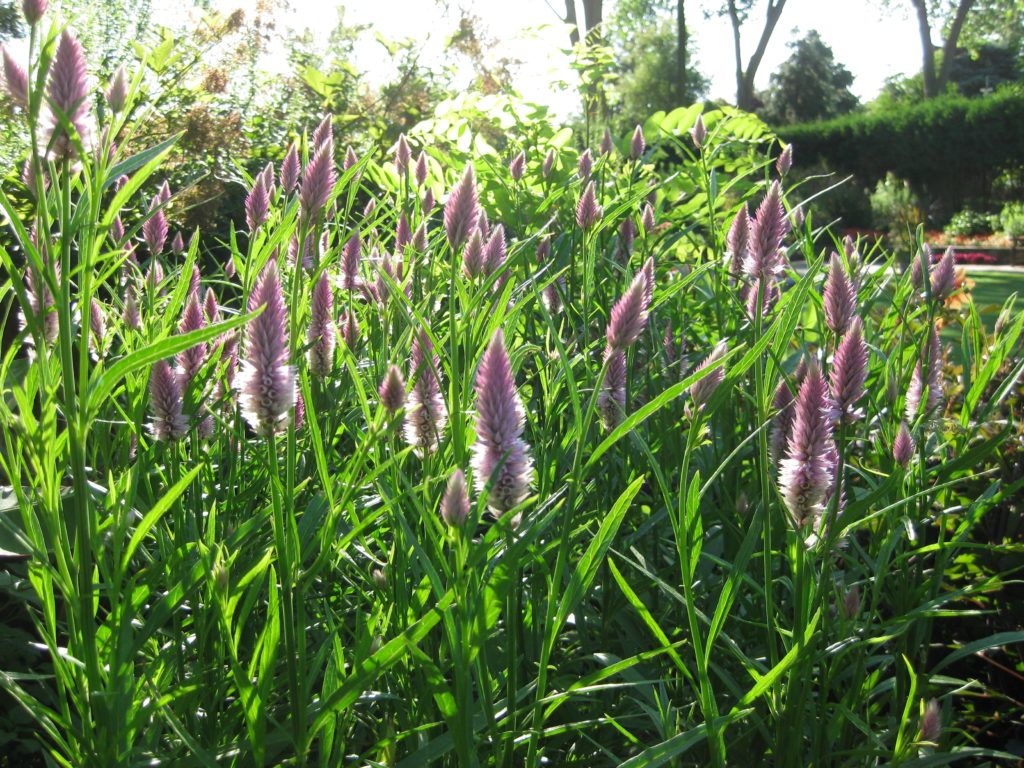
As I “GOOGLED” the term wheat celosias (Celosia spicata or Celosia argentea spicata) for some additional information for this blog, I saw my blog posting from February 9th, 2015 about “Wonderful Wheat Celosias”! Apparently I am quite smitten with this annual flower and the impact it has in the garden. I freely admit that I am a big fan. The variety both directly above and directly below is ‘Flamingo Feather Pink’, an old classic! A couple of these photos are in that blog but this posting has a lot of the newer and more compact selections that I’ve seen at trial gardens or grown at RBG. I categorize celosias in to three basic classifications. There are the plume celosias (Celosia plumosa) with conical, feather flower plumes and a height range between 12″ and 24″. There are the “cockscomb-type” celosias (Celosia cristata) which have coiled, soft, “brain-like” flowers and variable heights between 1′ and 4′ tall. The wheat celosias, seen throughout this blog, have narrow, feathery blooms in a wide range of colors on plants that range from 1′ to 5′ tall. They are excellent in full sun although they do require adequate moisture and don’t care for heavier soils. These celosias are also excellent as a cut or dried flower and will be visited by pollinators. The upright architecture of the dense flowers is very impactful and the peak color contribution extends throughout the growing season and typically until hard frost.
We had another nice turnout of both staff and volunteers today. Larry H., Larry O. and Cindy (as staff) all worked on the Holiday Light Show (HLS) dismantling. Bobby K. was in to help as well and we had some HLS assistance from Dick H. and Steve J. who also had some indoor projects. Dave T., Ron Y., Jim, Vern and Steve J. were all working on carpentry projects and the creation of some “props” for our Giant Aquarium theme this year. Dr. Gredler did some painting while Kathy P. helped process cords and helped me with a few items. We also saw Bill O., Rollie and many others today.
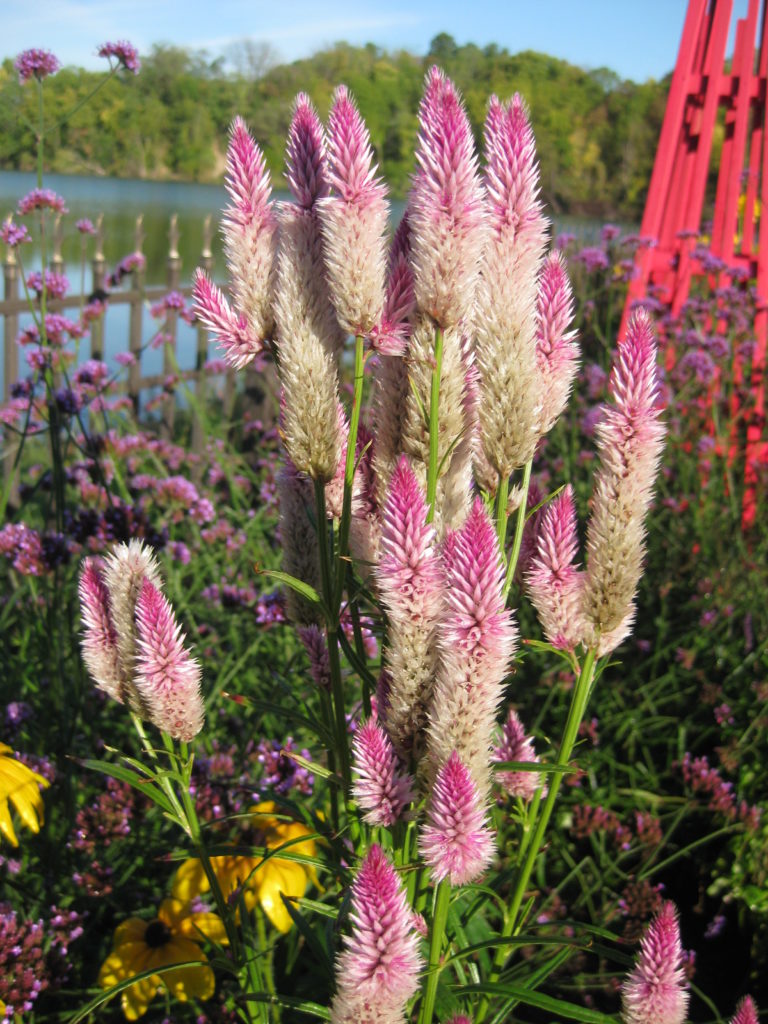
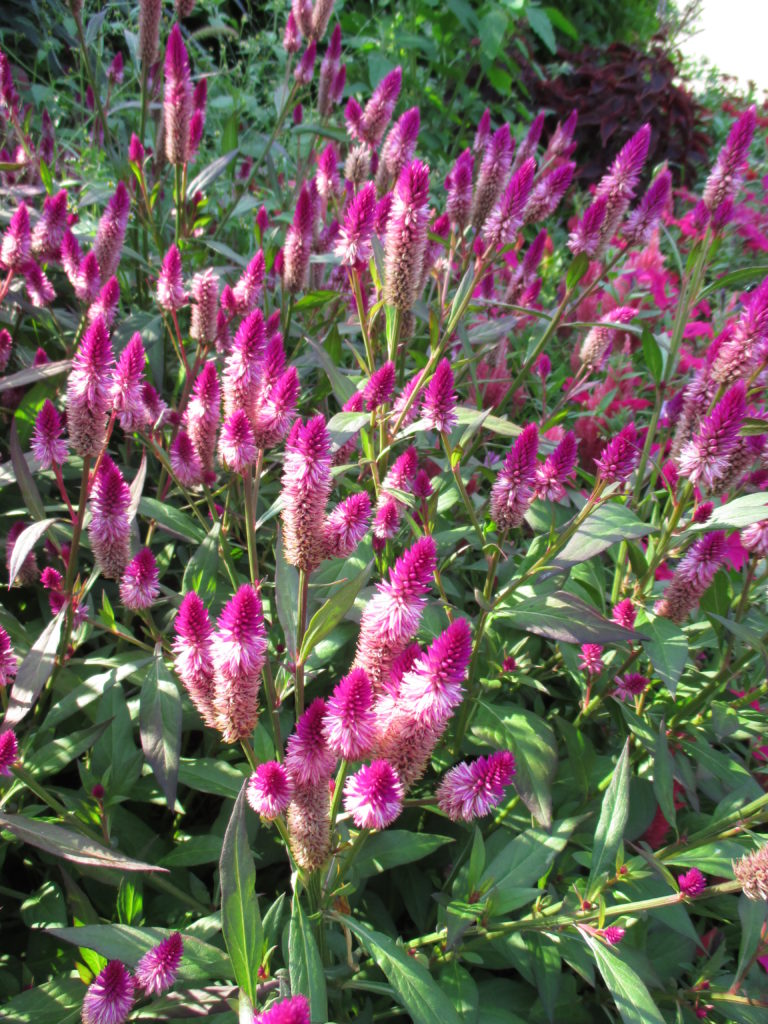
‘Ruby Parfait’
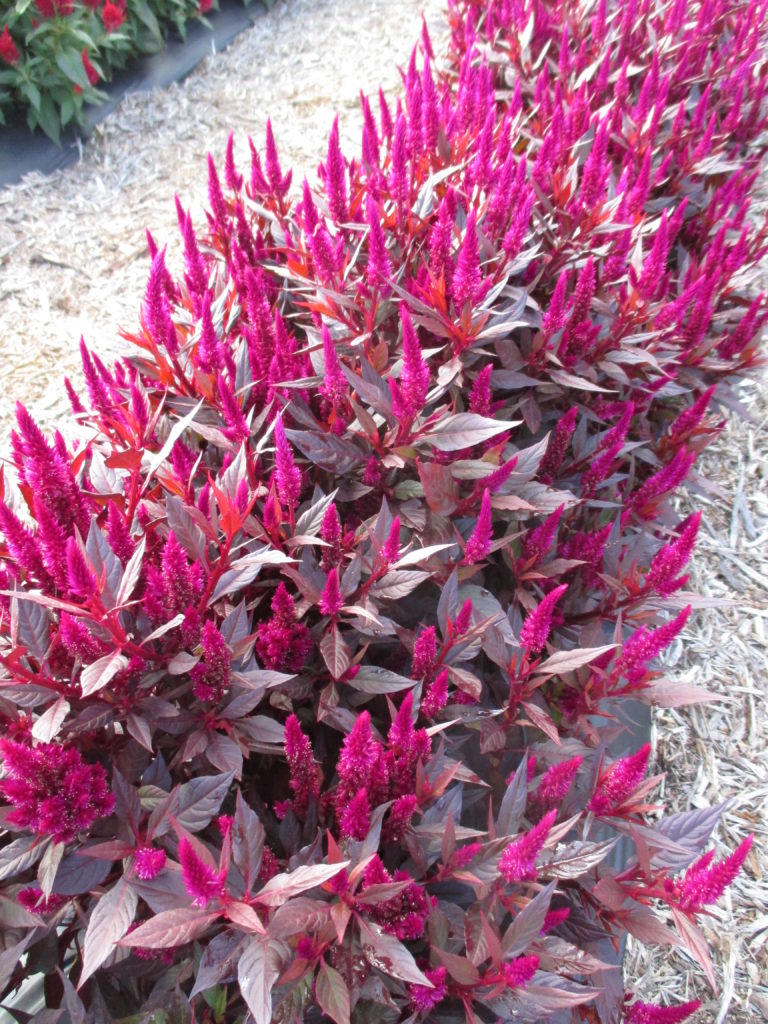
‘Kelos Fire Purple’
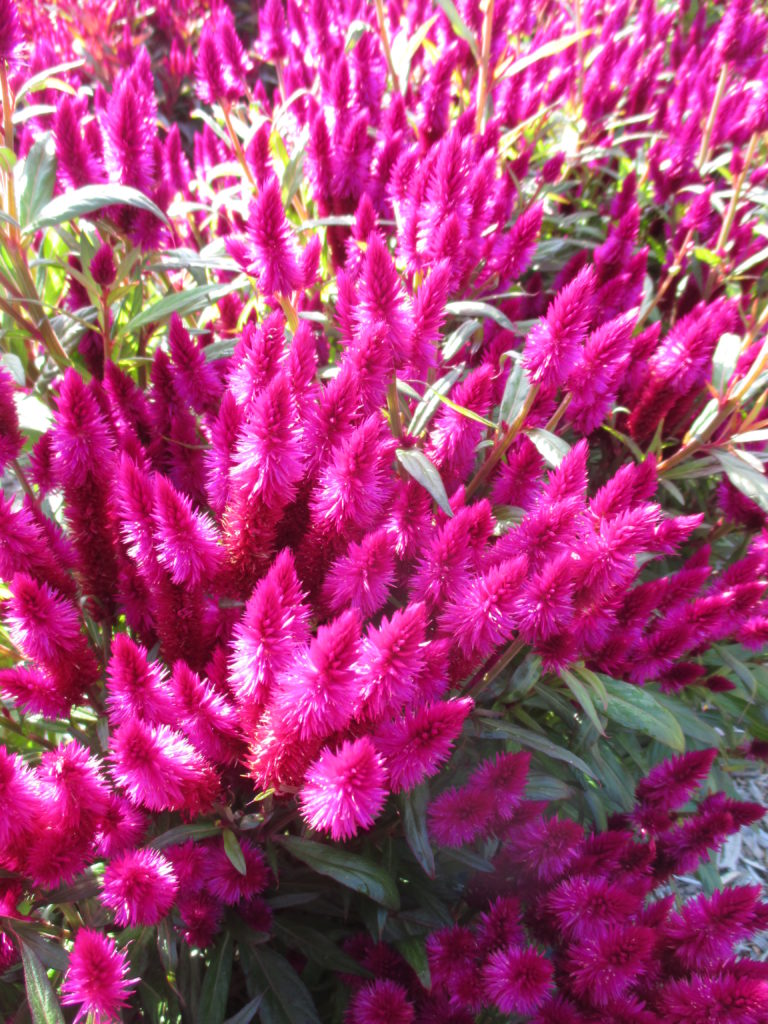
‘Intenz Dark Purple’
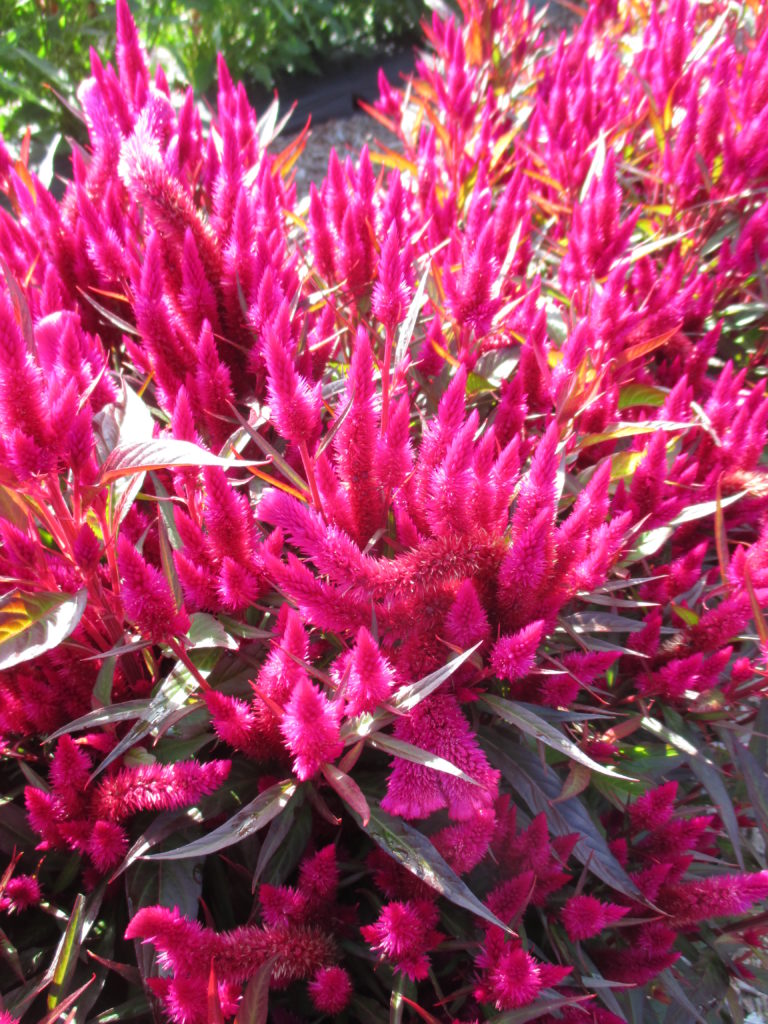
‘Intenz Lipstick’
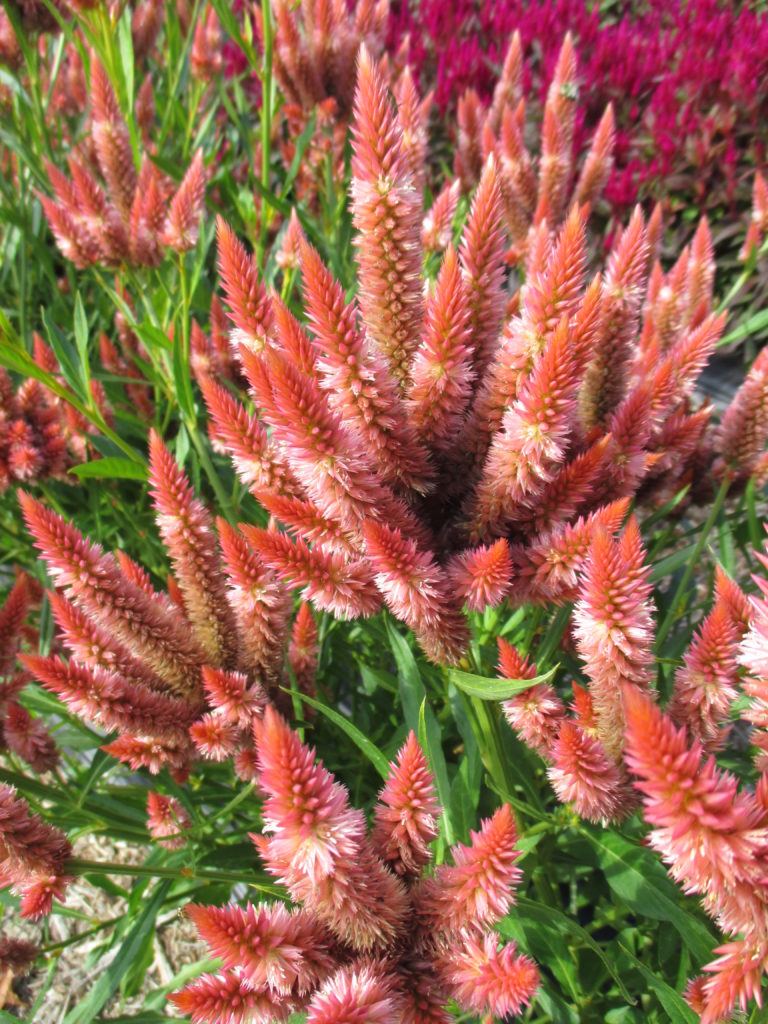
‘Kelos Atomic Salmon’
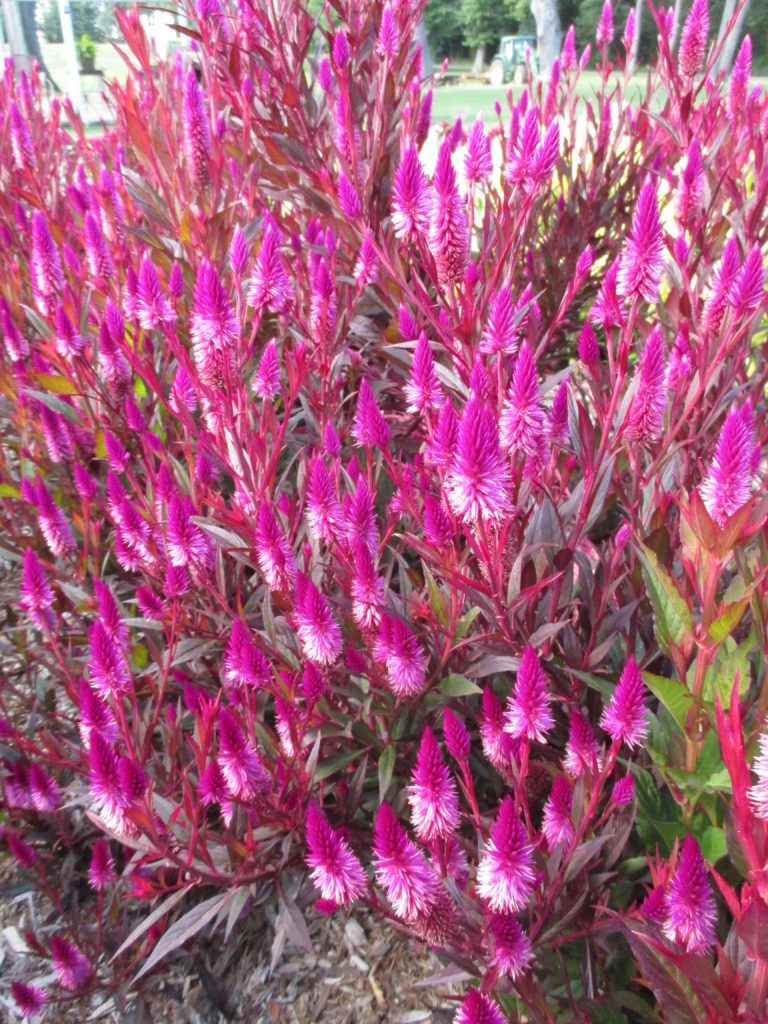
‘Kelos Purple’
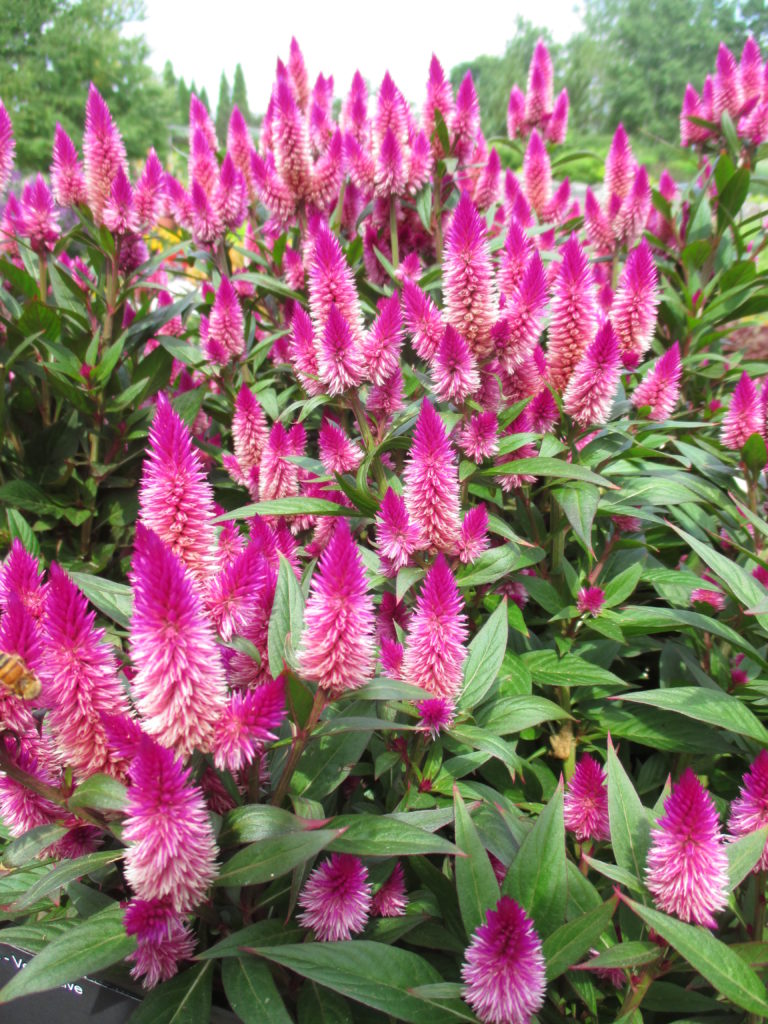
‘Intenz Classic’
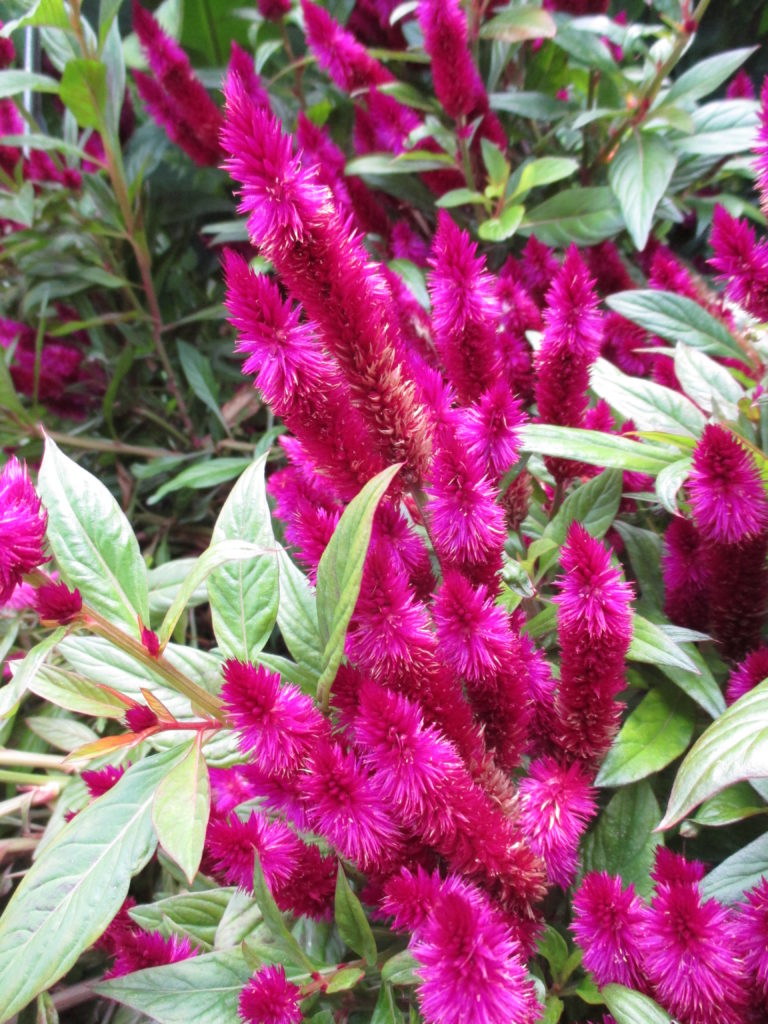
‘Intenz Deep Purple’
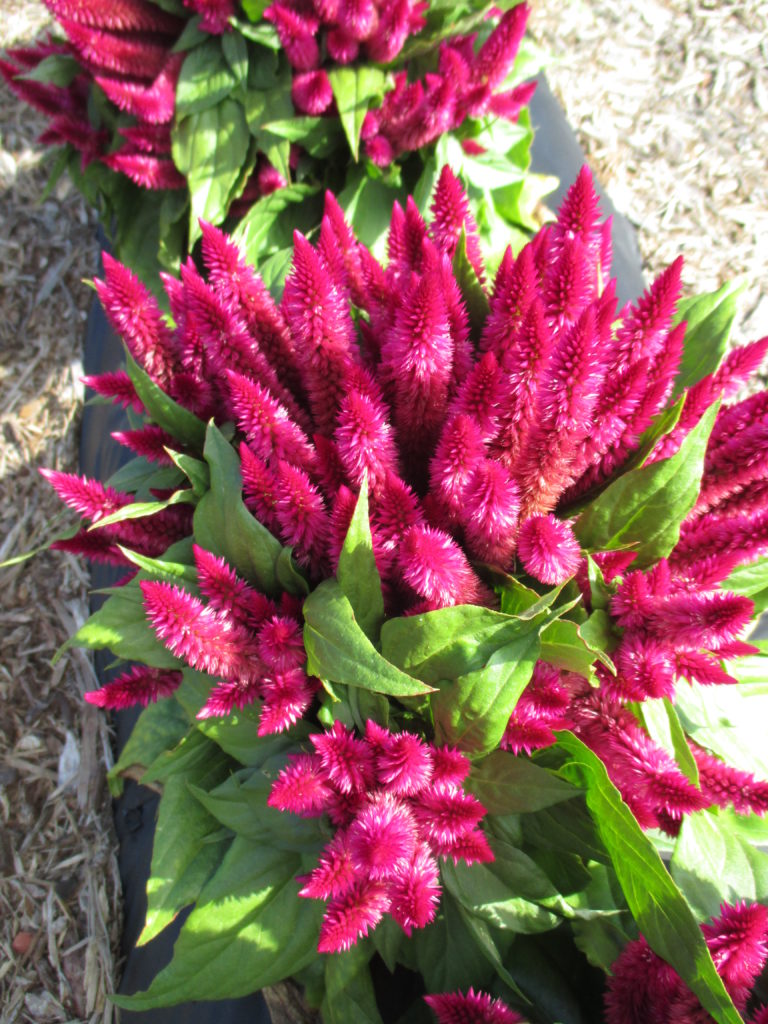
‘Kosmo Cherry’
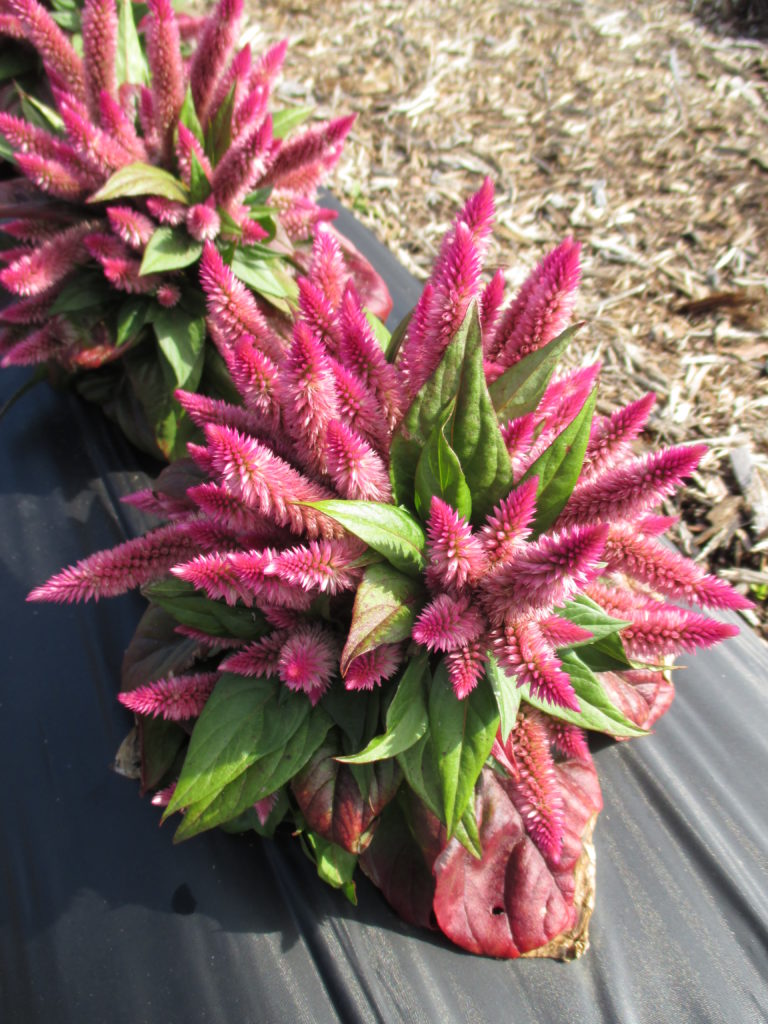
‘Kosmo Pink’
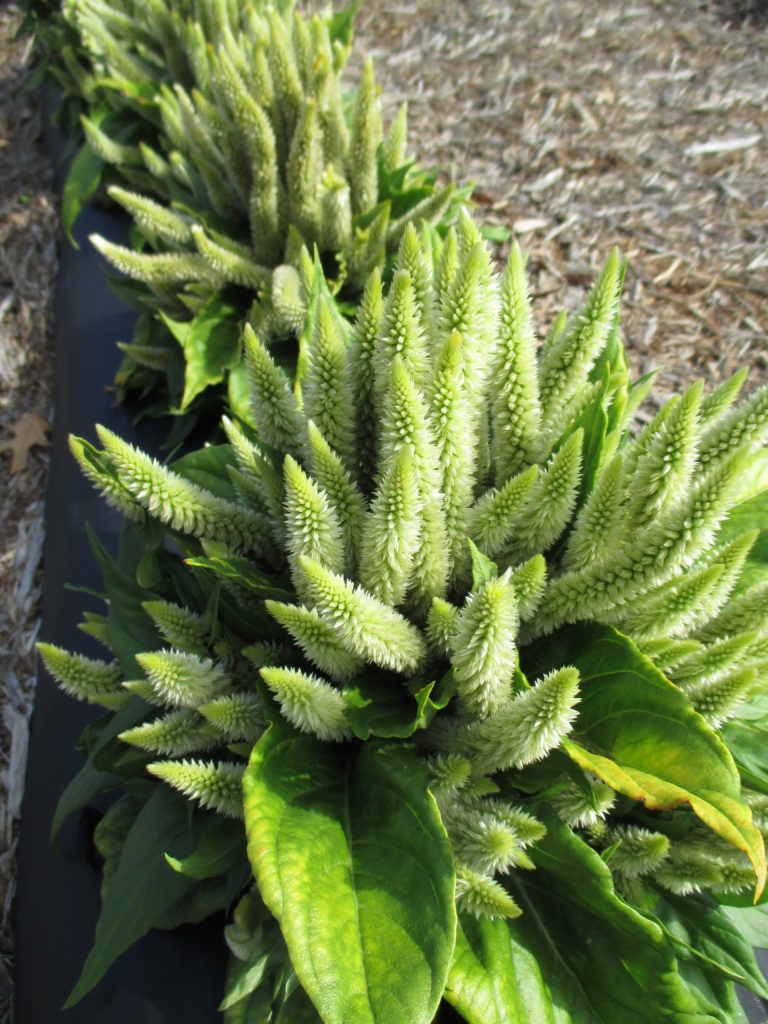
‘Kosmo Vanilla’
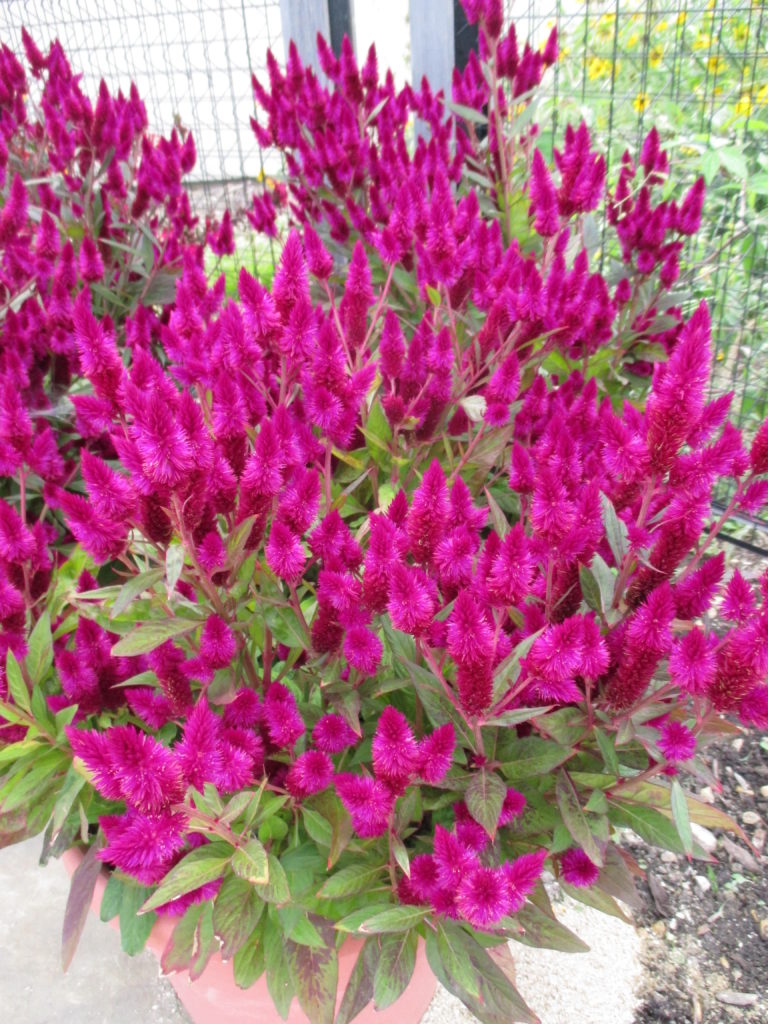
‘Intenz Deep Purple’
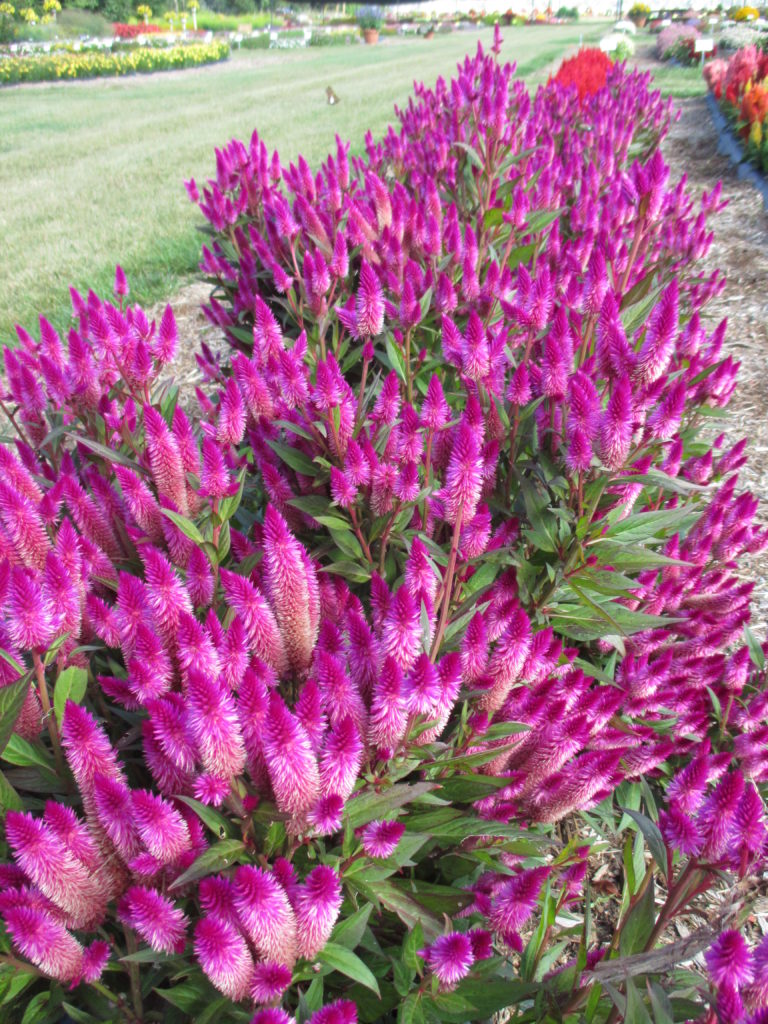
‘Intenz Classic’
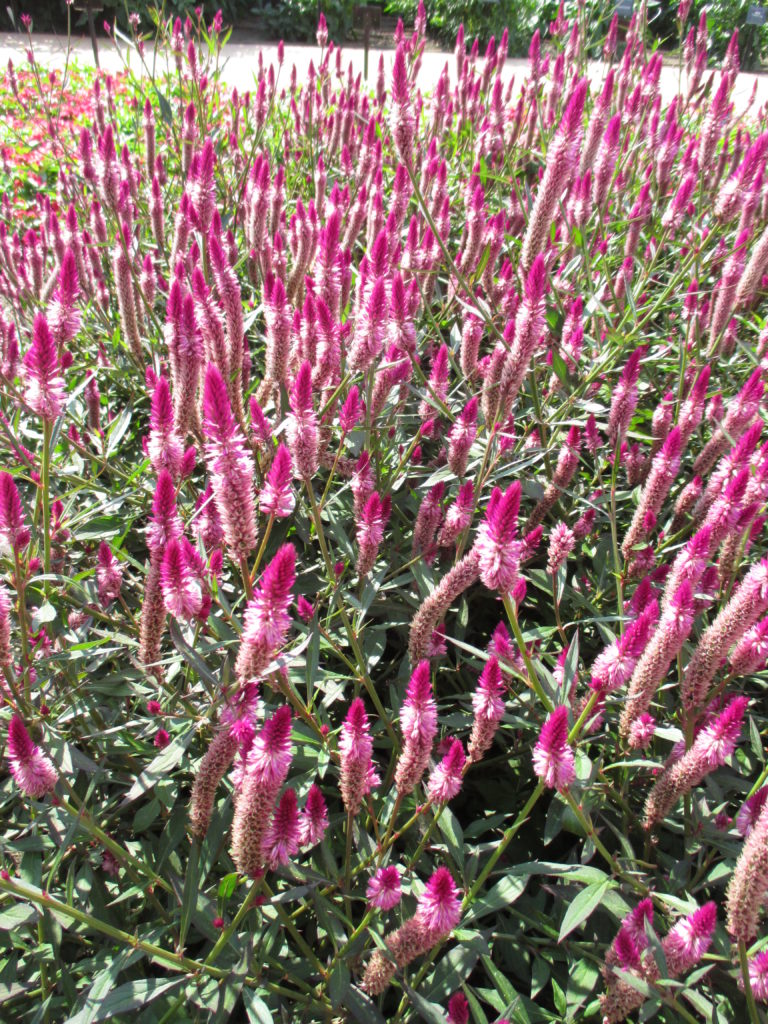
‘Spiked’
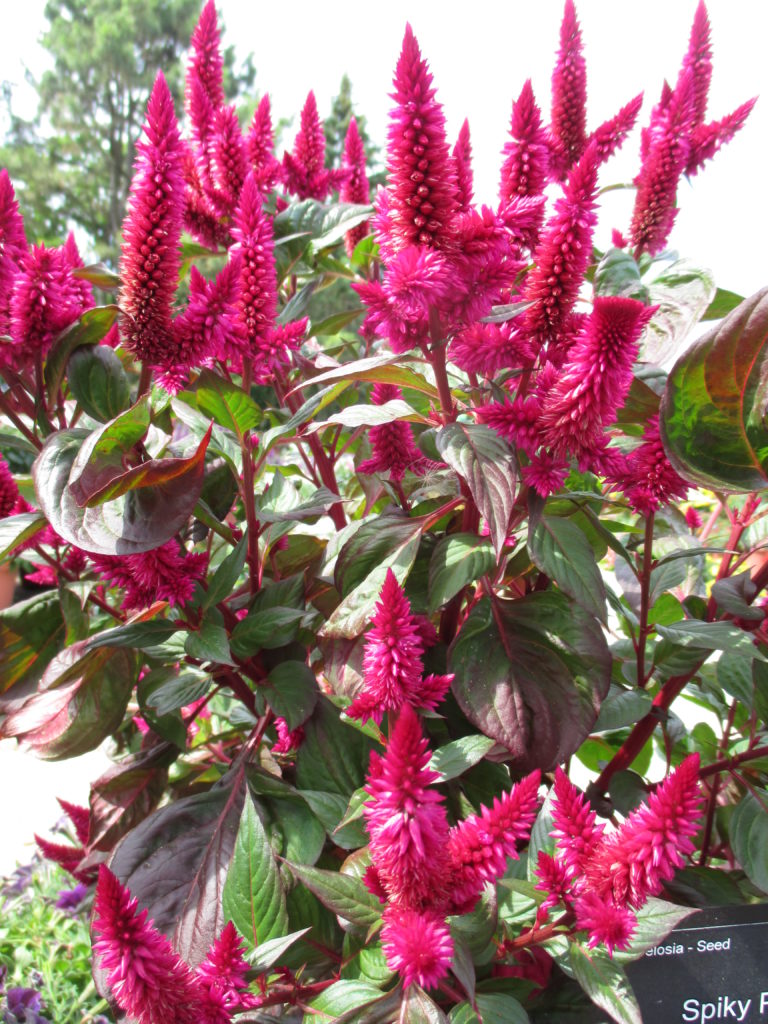
‘Spiky Purple’
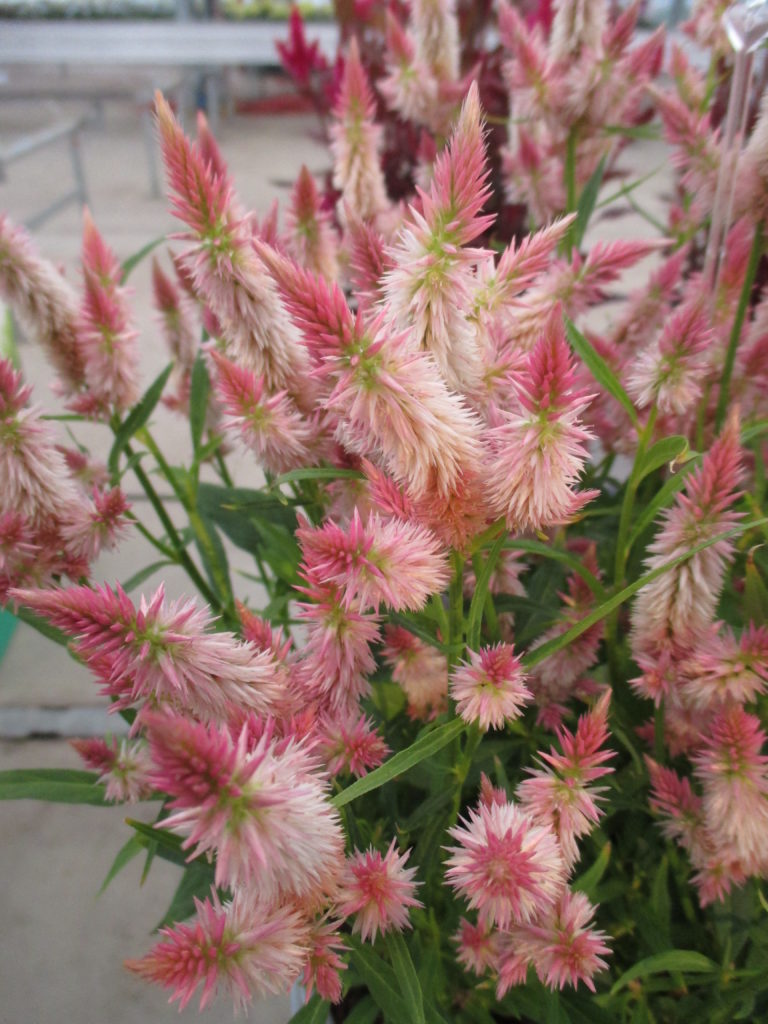
‘Kelos Atomic Light Pink’
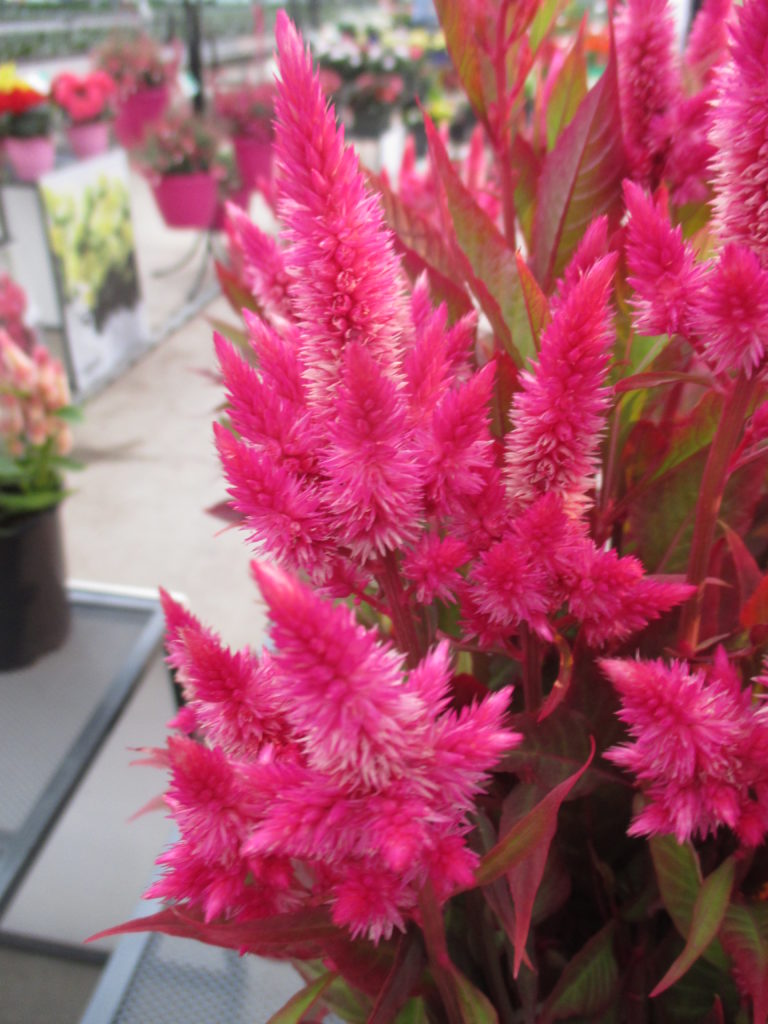
‘Kelos Atomic Neon Purple’
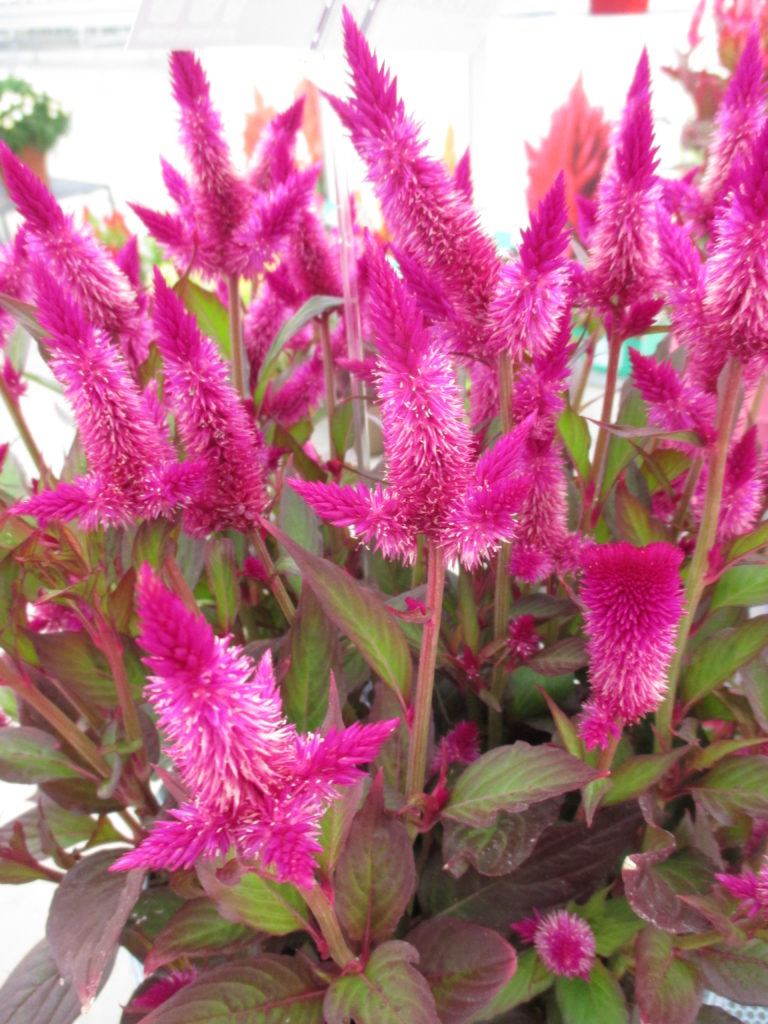
‘Kelos Atomic Violet’
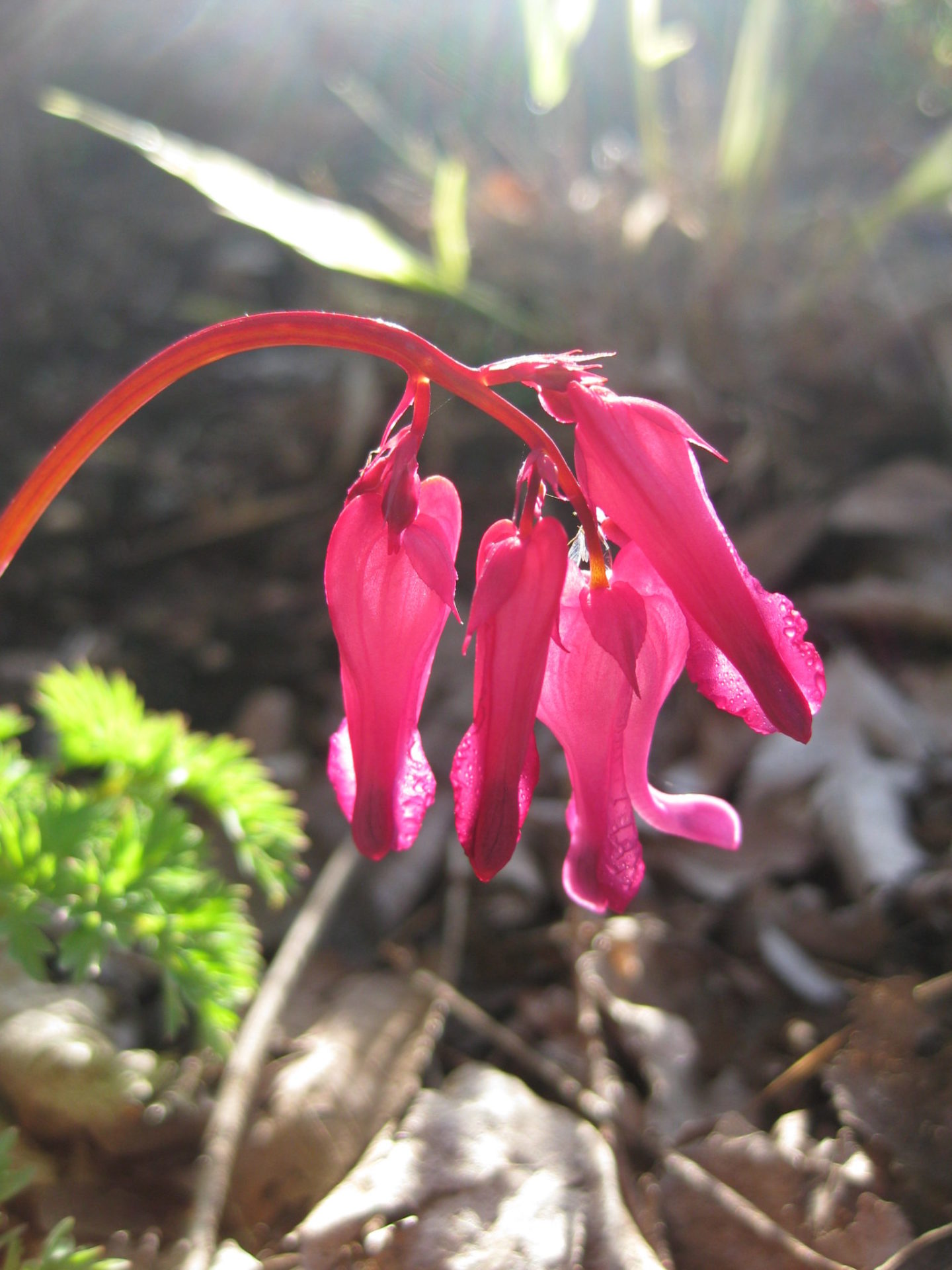
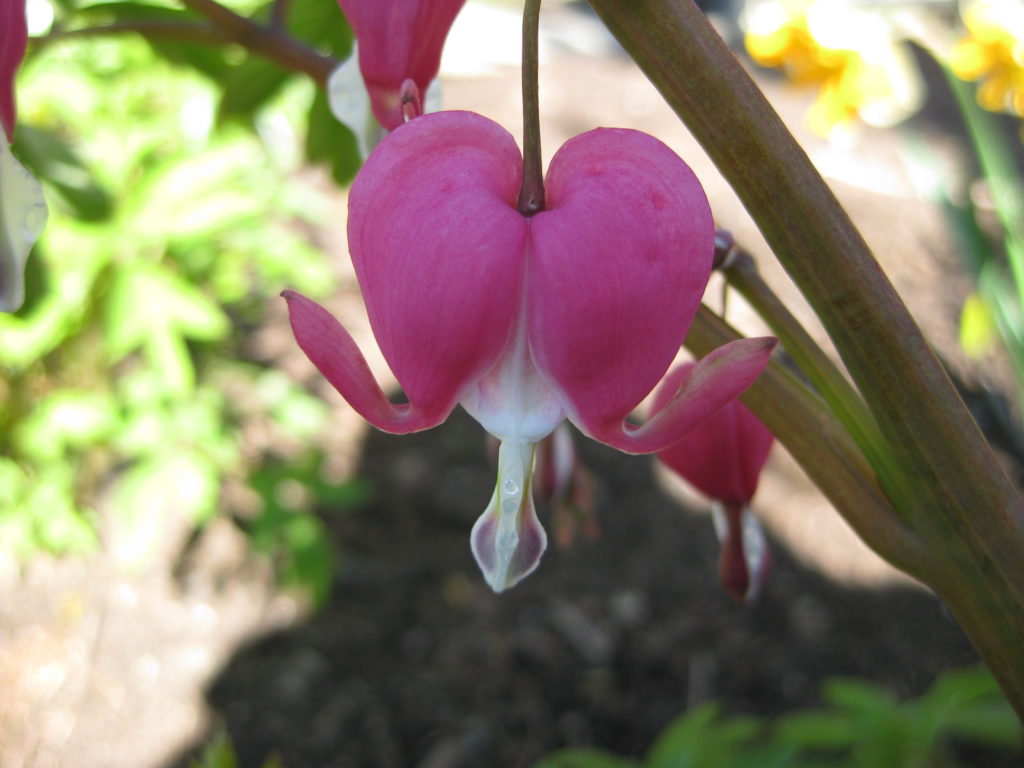
I thought these bleeding hearts (Dicentra and Lamprocapnos) would be appropriate for Valentine’s Day. Normally blooming in about 9-10 weeks from now, I think we’ll see these much earlier if this warming trend persists! With sunny skies and a high of 46 degrees F today, we’re seeing signs of life out in the gardens. I noted plenty of snowdrops (Galanthus sp.) starting to poke up yesterday and we’ll continue to see our earliest bloomers popping up in the coming weeks as buds swell and the garden is duped in to thinking it is late March. Bleeding hearts are excellent spring bloomers and many of the smaller selections (fernleaf bleeding hearts) have significant merit as well. Above and below is the standard species although there are some other options as seen throughout the blog. I’m a big fan of both Valentine® and ‘Gold Heart’ seen further below. We have bleeding hearts in most of our part shade gardens for nice spring color and they never fail to impress. Do some more research on individual varieties to see their features of merit and specific cultural needs.
We had a good crew today with Larry H., Cindy and Bob K. outside working on Holiday Light Show (HLS) projects and the continued dismantling/processing of the monstrous HLS. Vern and Dave T. had some carpentry projects while Nancy N. did some painting. Bill O. worked on some flat tires and helped out in the gardens with the HLS. Kathy P. had various projects and helped process lights. Urban came in for some more pruning out in the gardens and Janice stopped by as well. We also saw Mark S., Dick H., Katharine and many others today. I did a presentation this morning for the Beloit Kiwanis club to promote the gardens and continue to order seeds and plants for this spring.
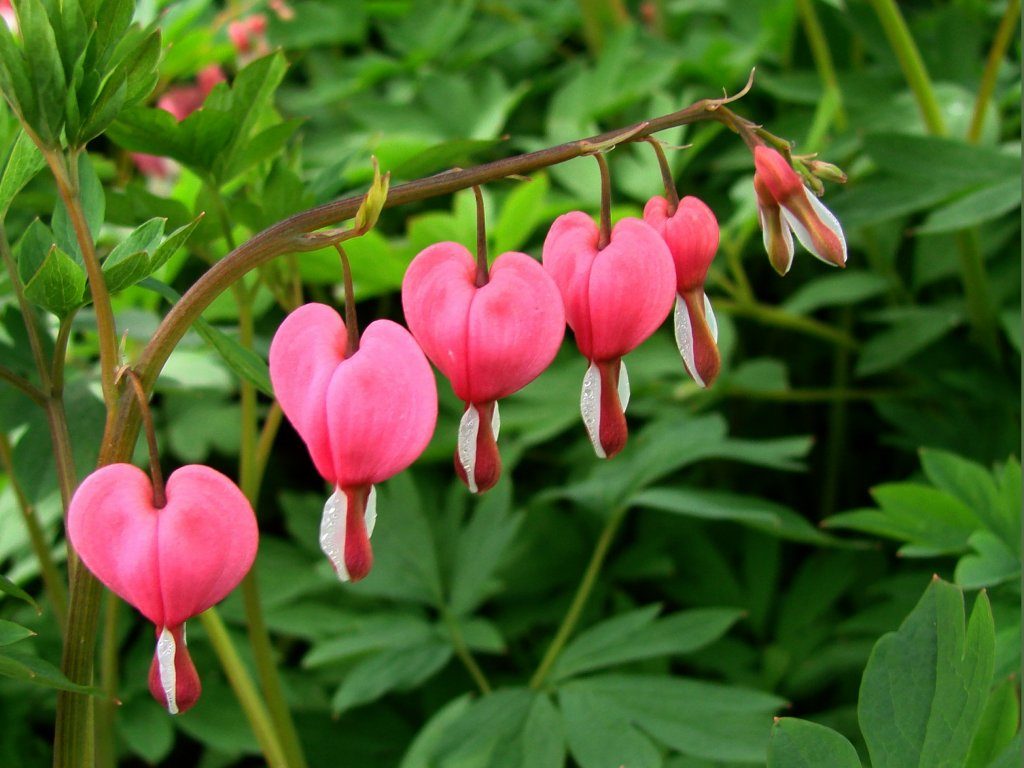
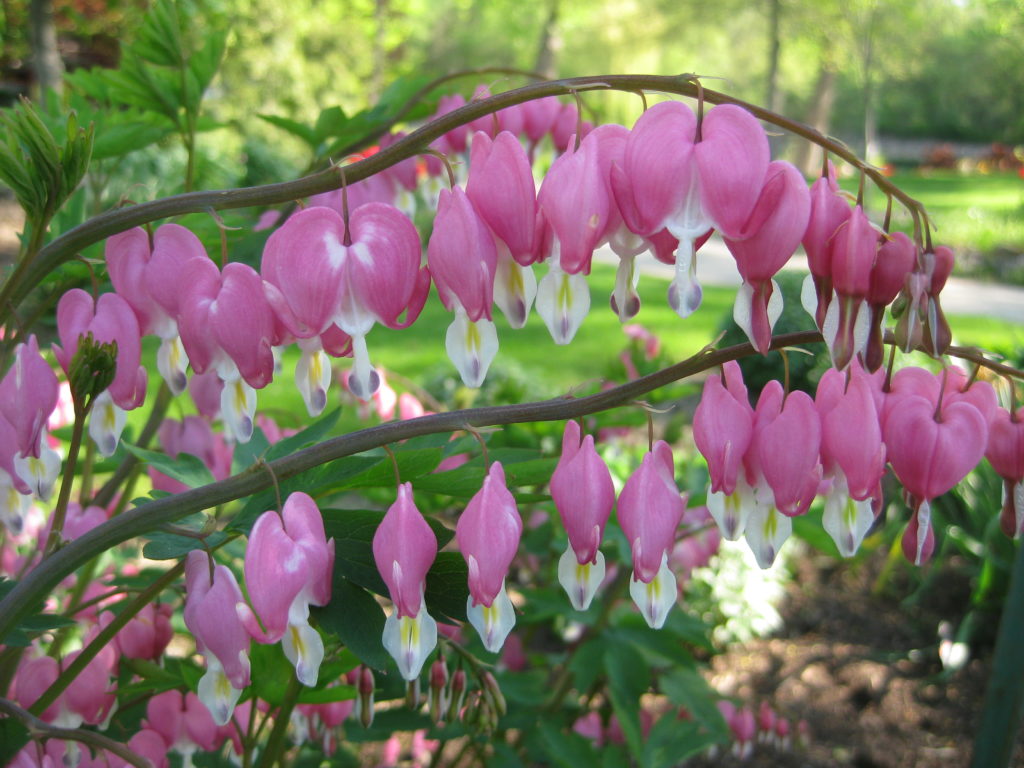
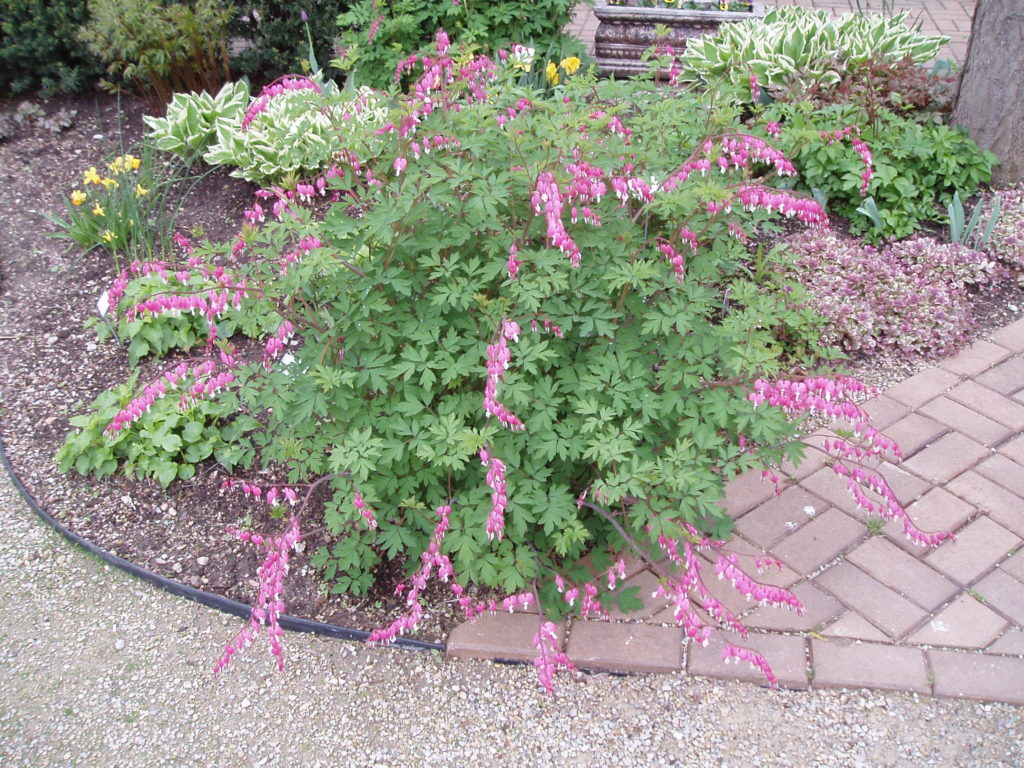
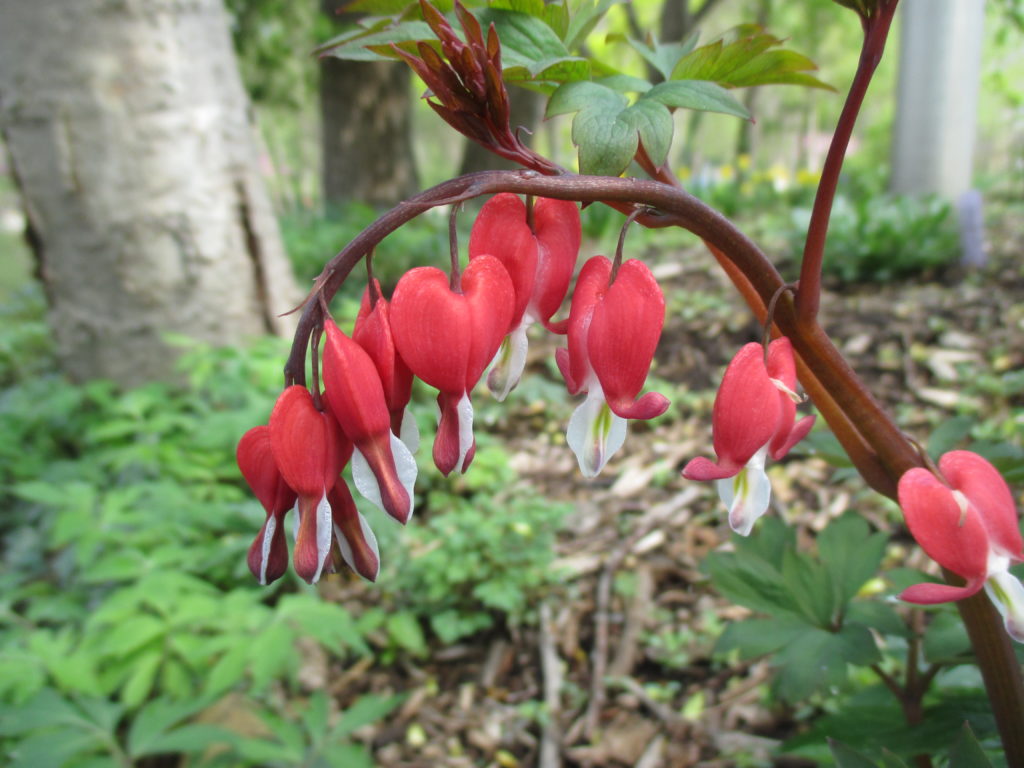
Dicentra (Lamprocapnos) spectabilis Valentine® (‘Hordival’) – directly above and directly below
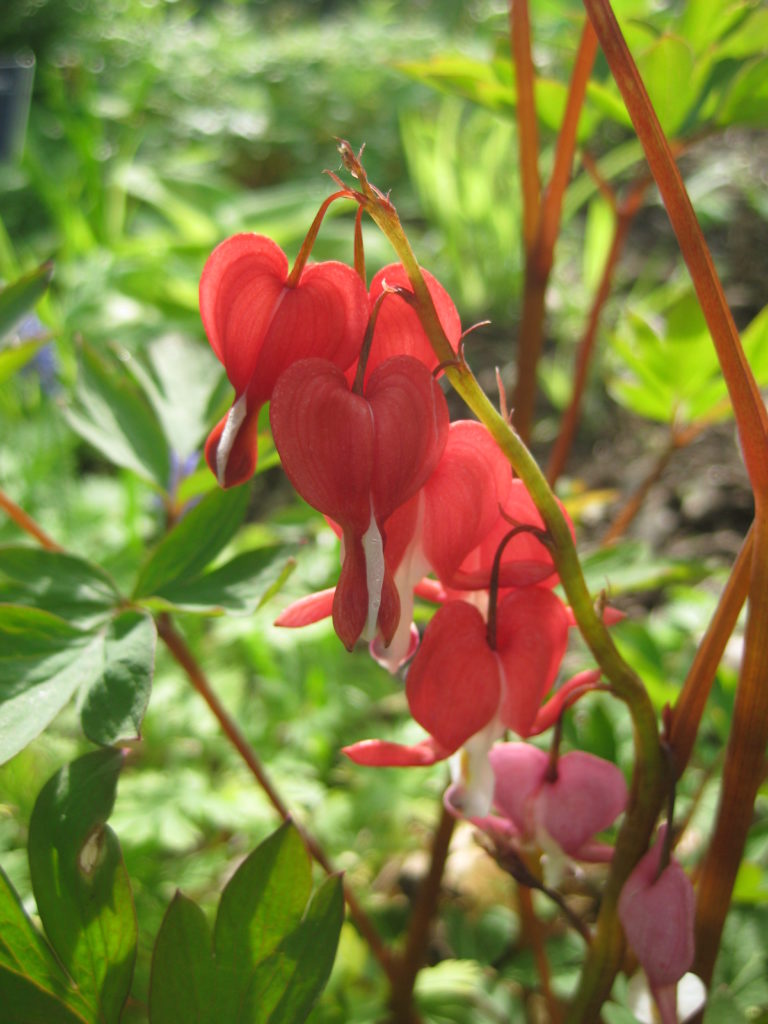
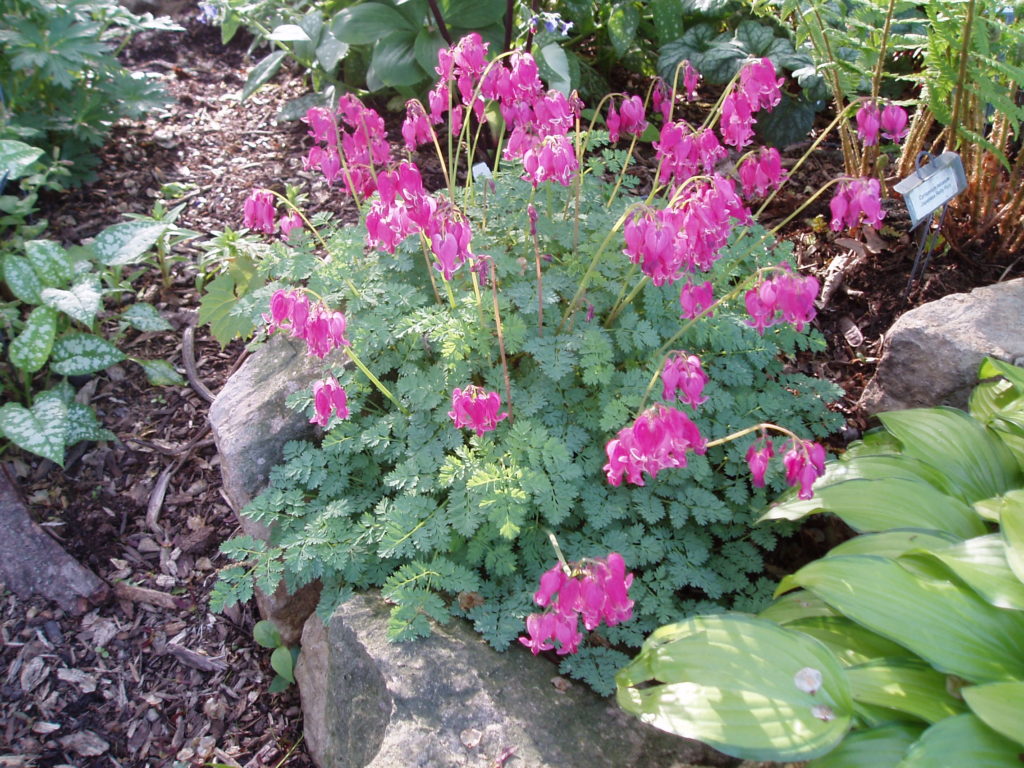
Dicentra ‘King of Hearts’

Dicentra formosa ‘Margery Fish’
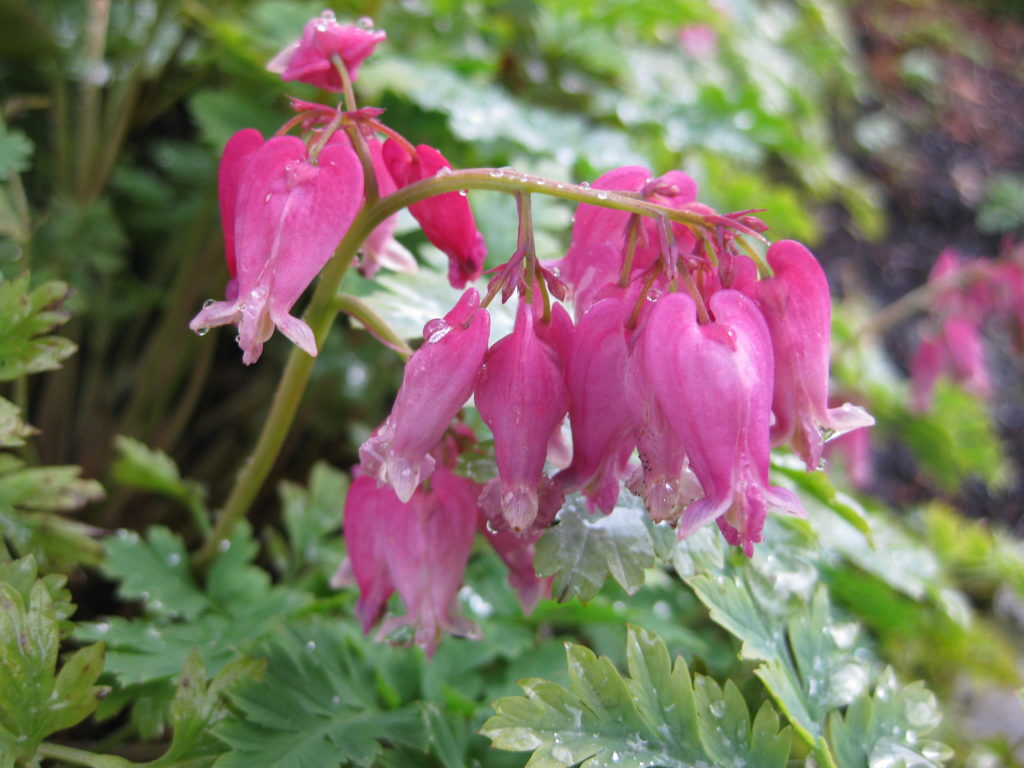
Dicentra ‘Luxuriant’
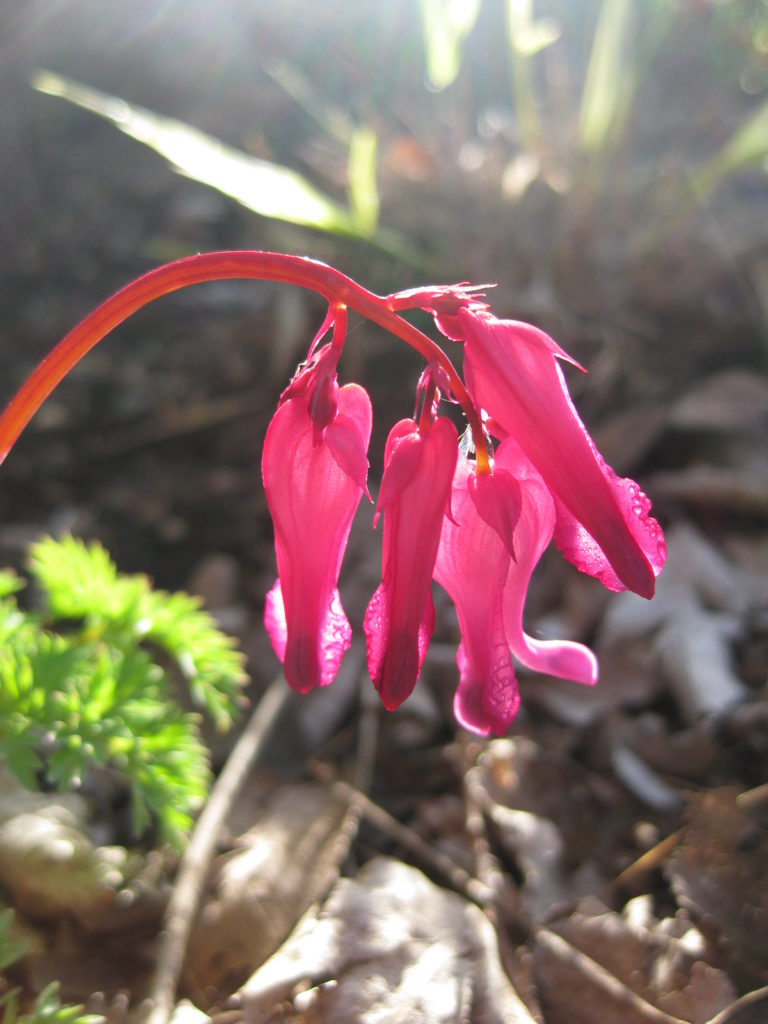
Dicentra ‘Candy Hearts’
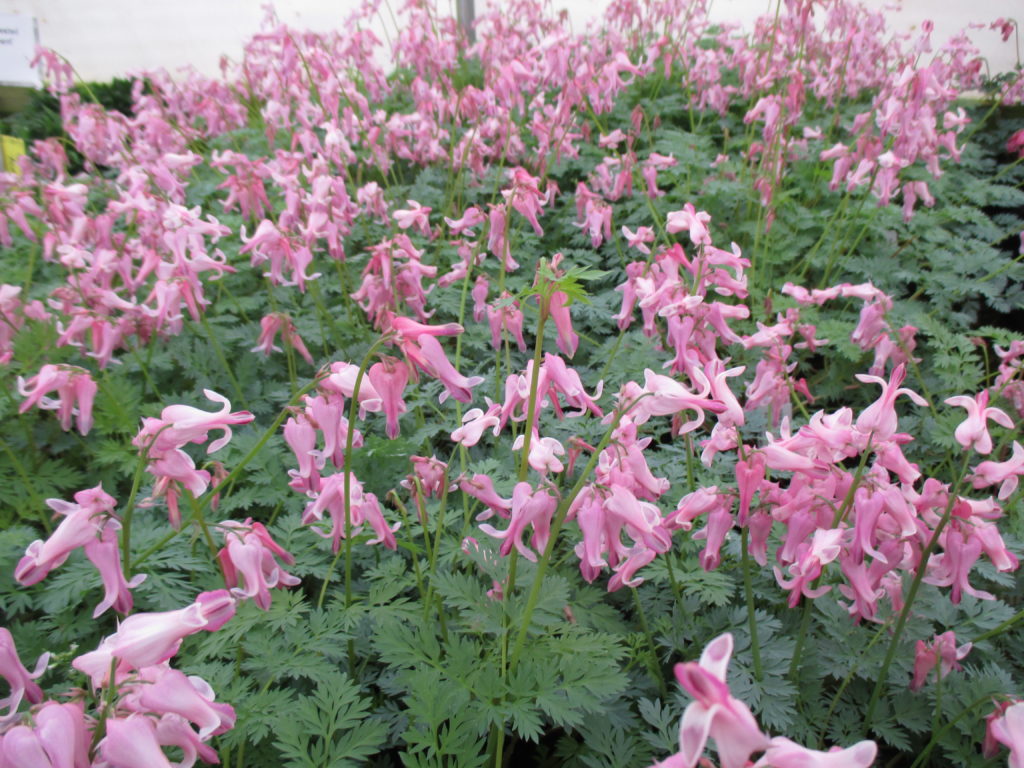
Dicentra ‘Amore Pink’
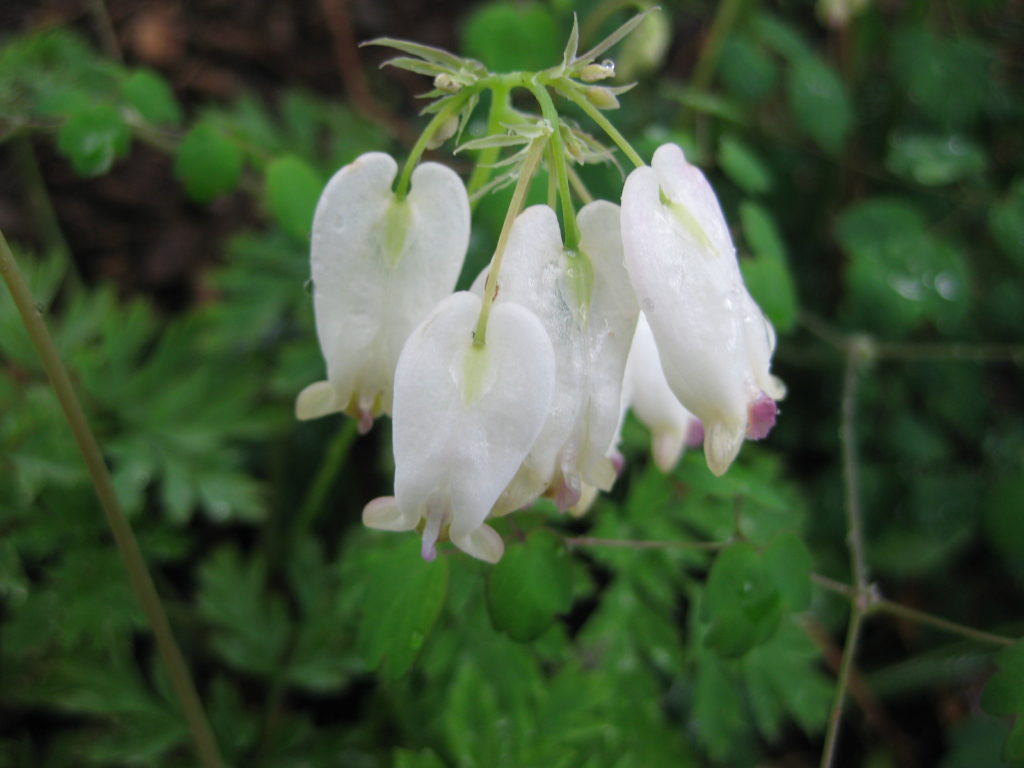
Dicentra formosa ‘Aurora’
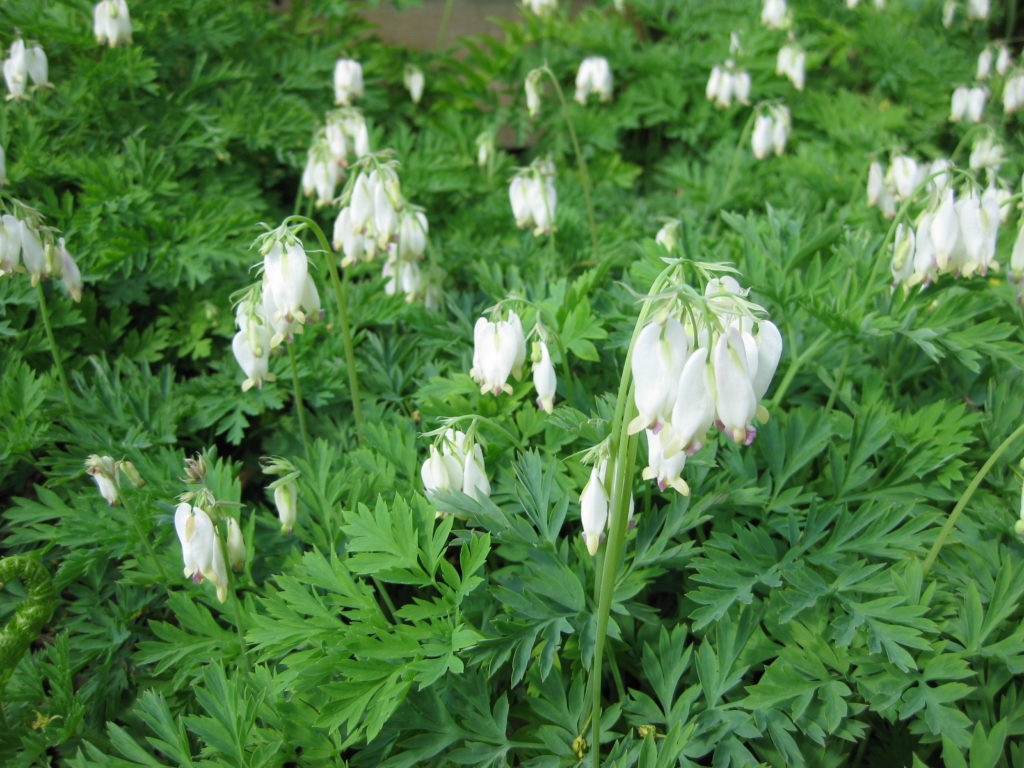
Dicentra ‘Ivory Hearts’
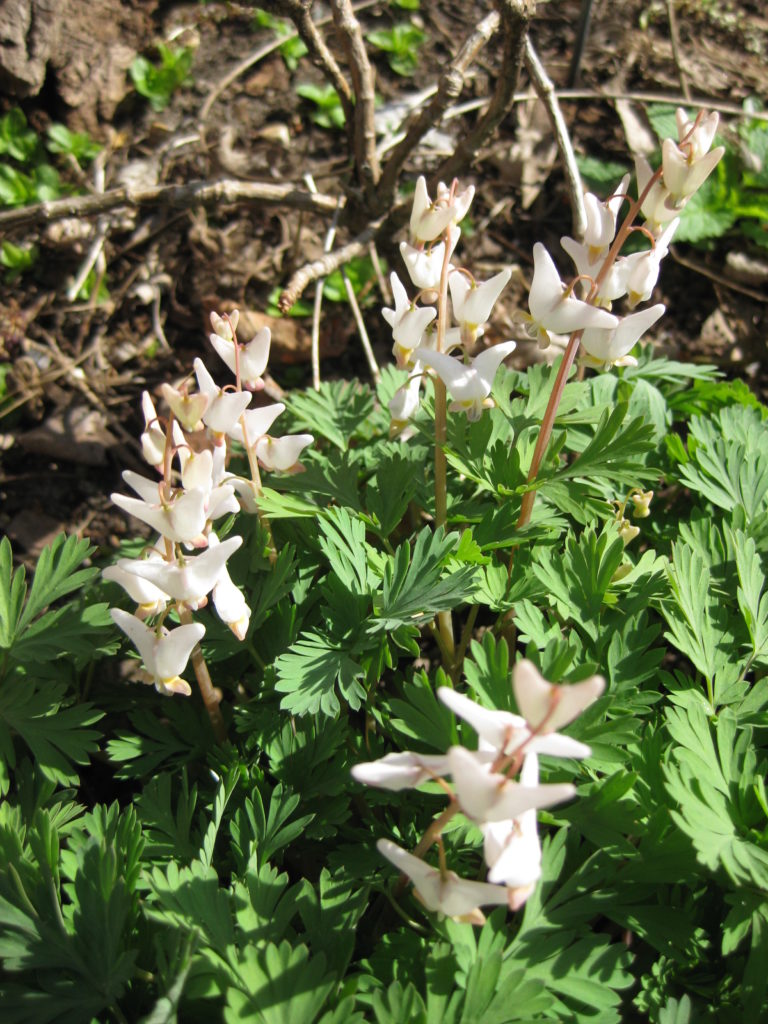
Dutchman’s breeches (Dicentra cucullaria) – directly above and four below
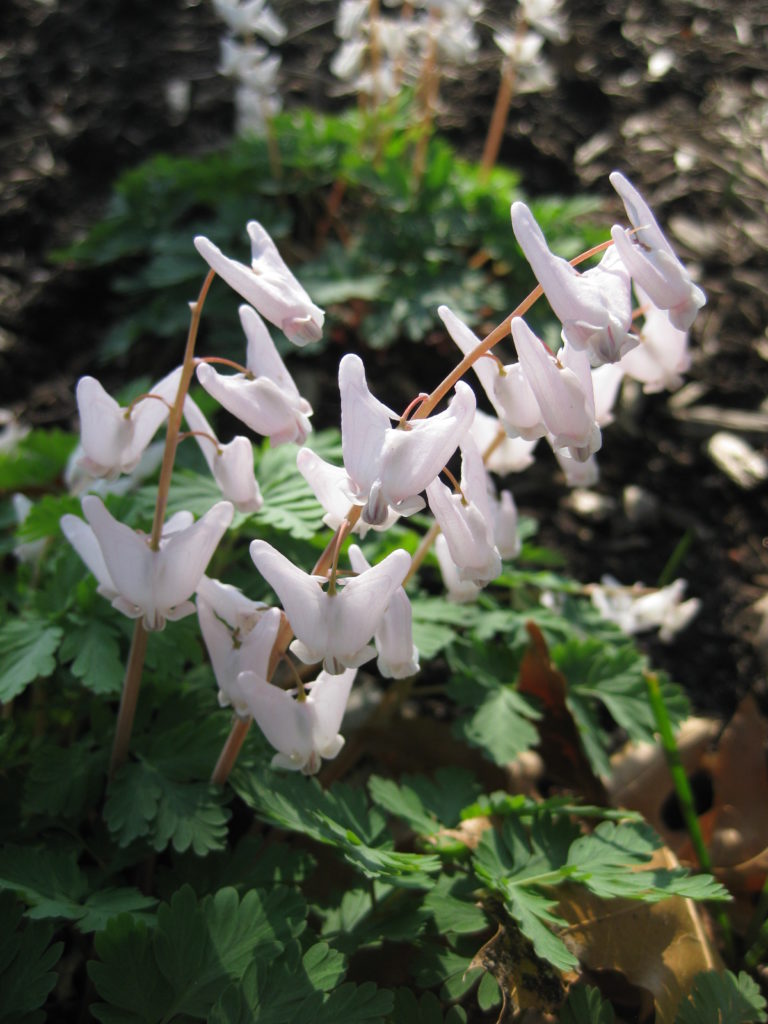
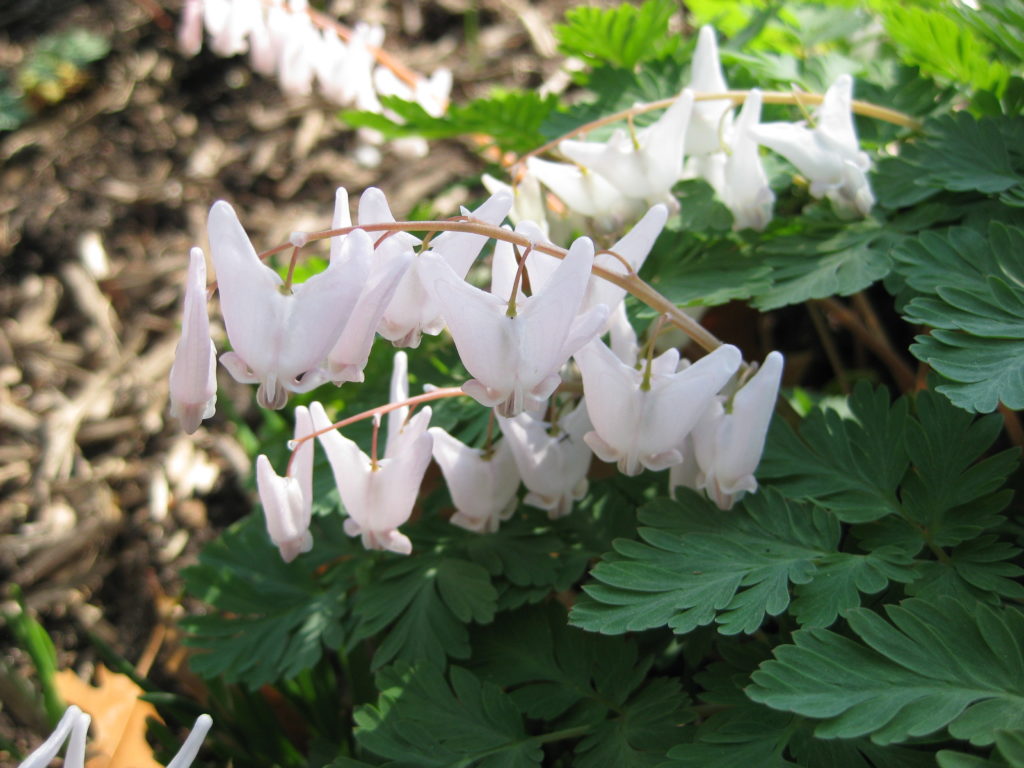
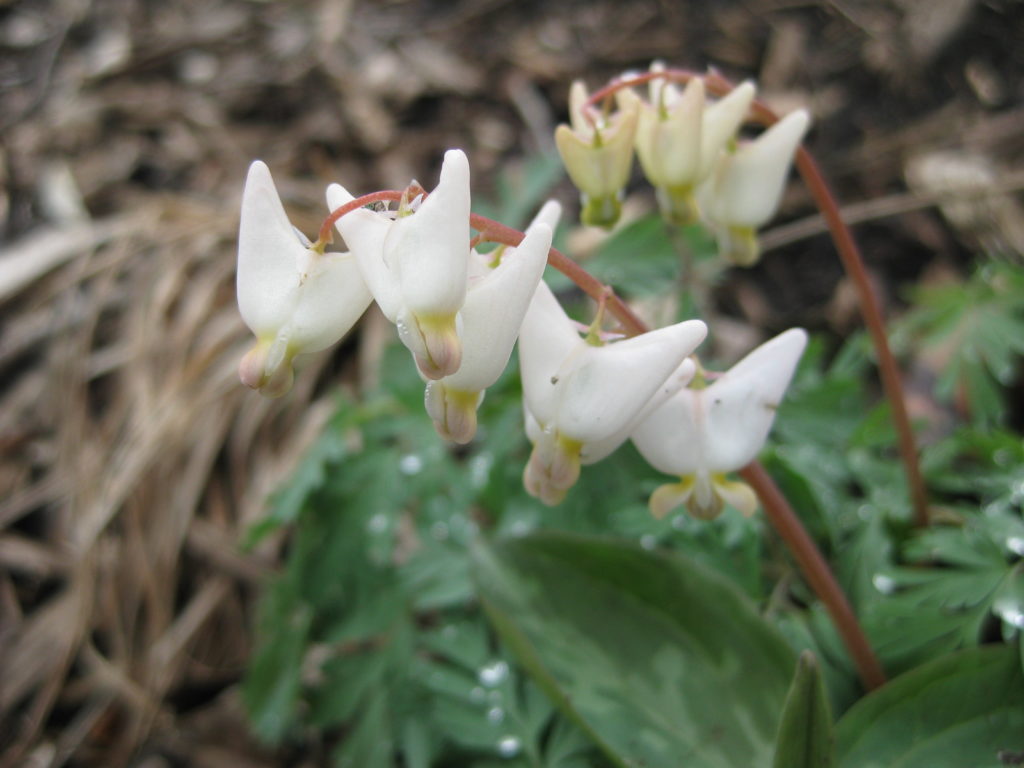
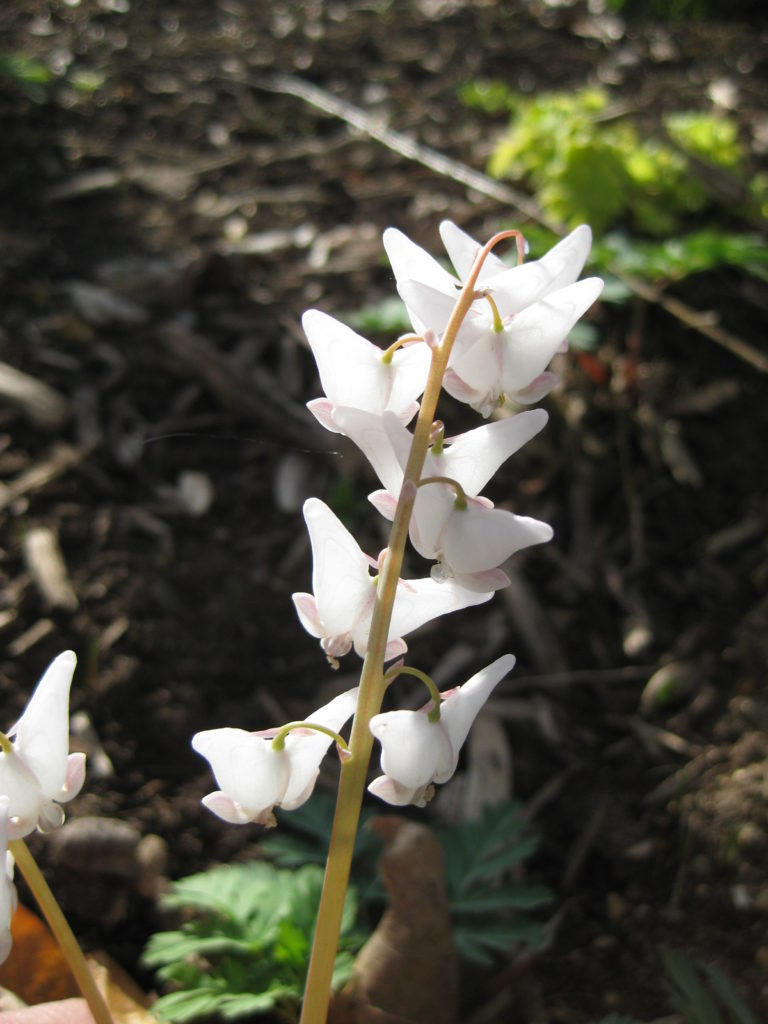
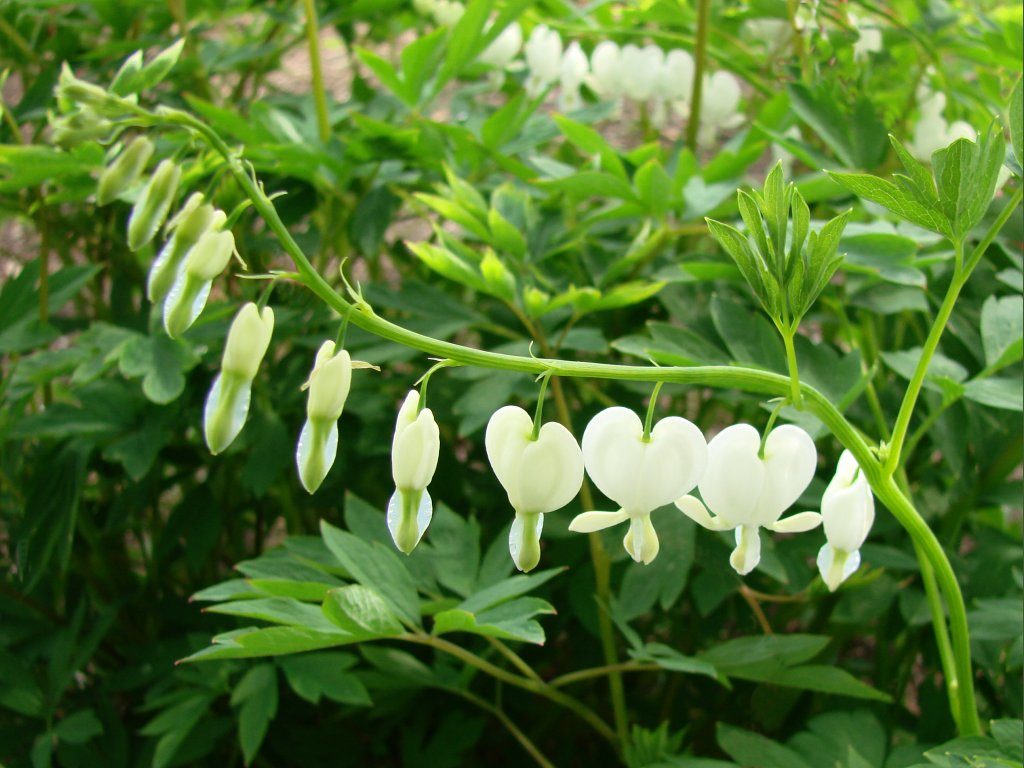
Dicentra (Lamprocapnos) spectabilis ‘Alba’
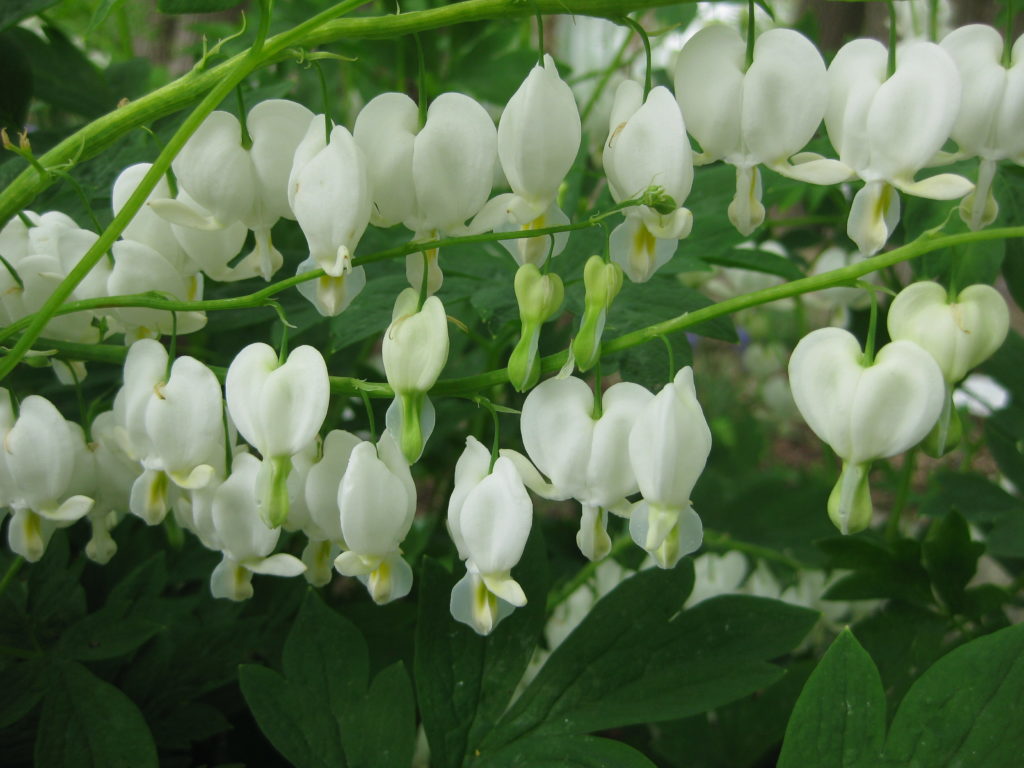
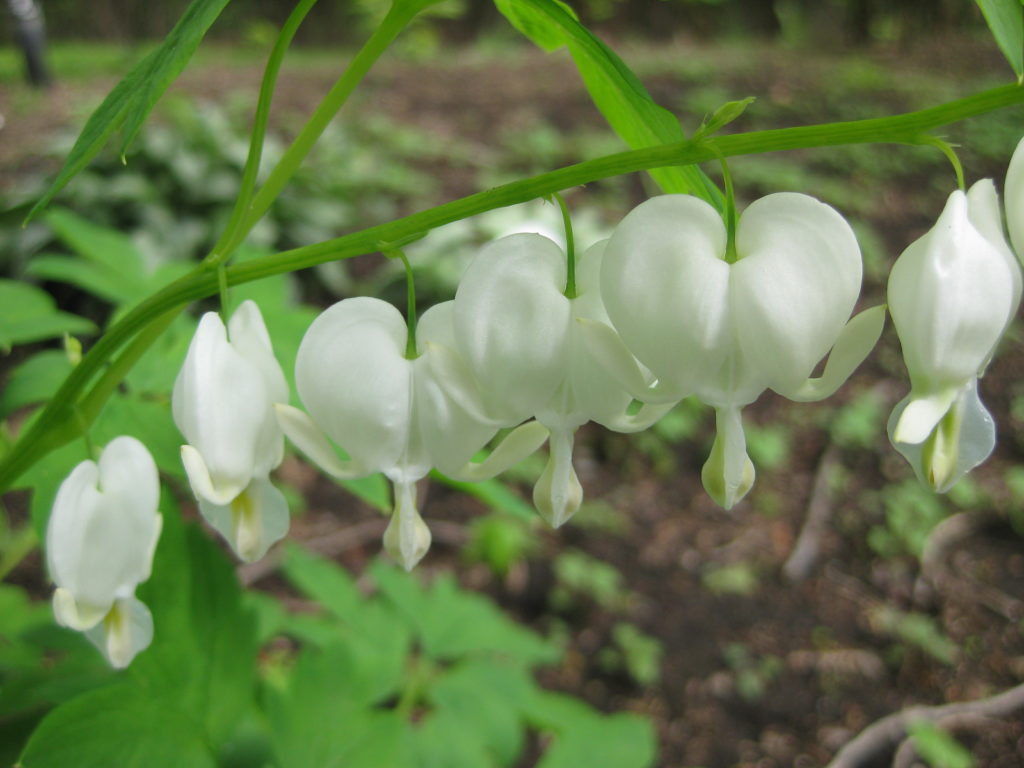
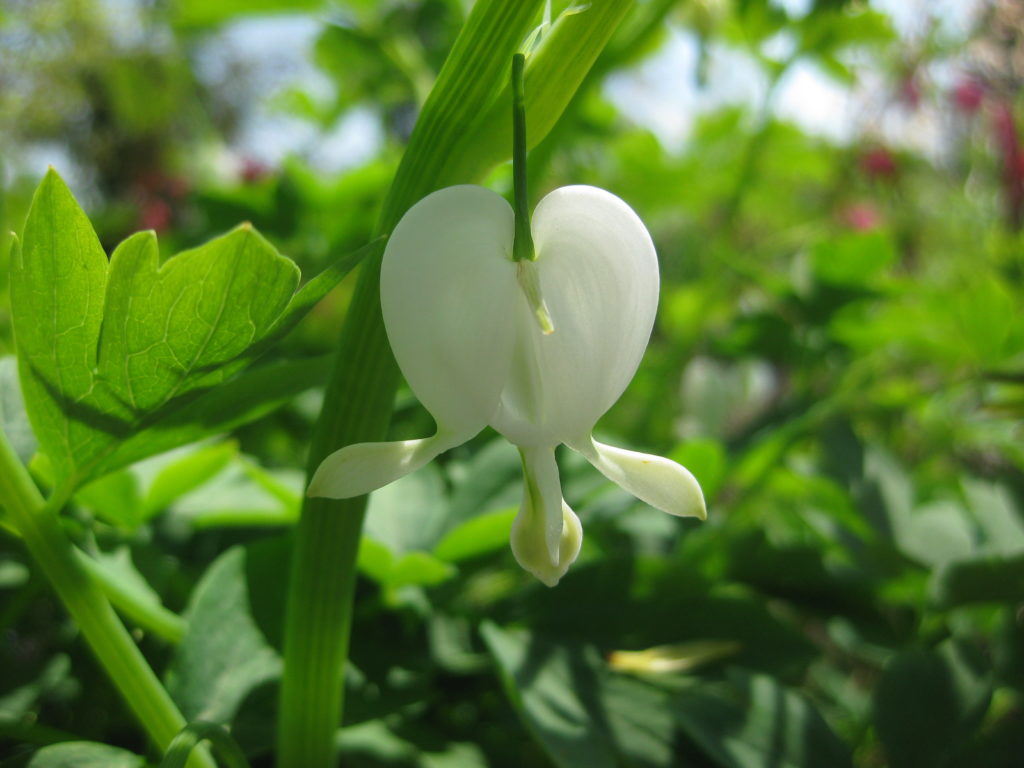
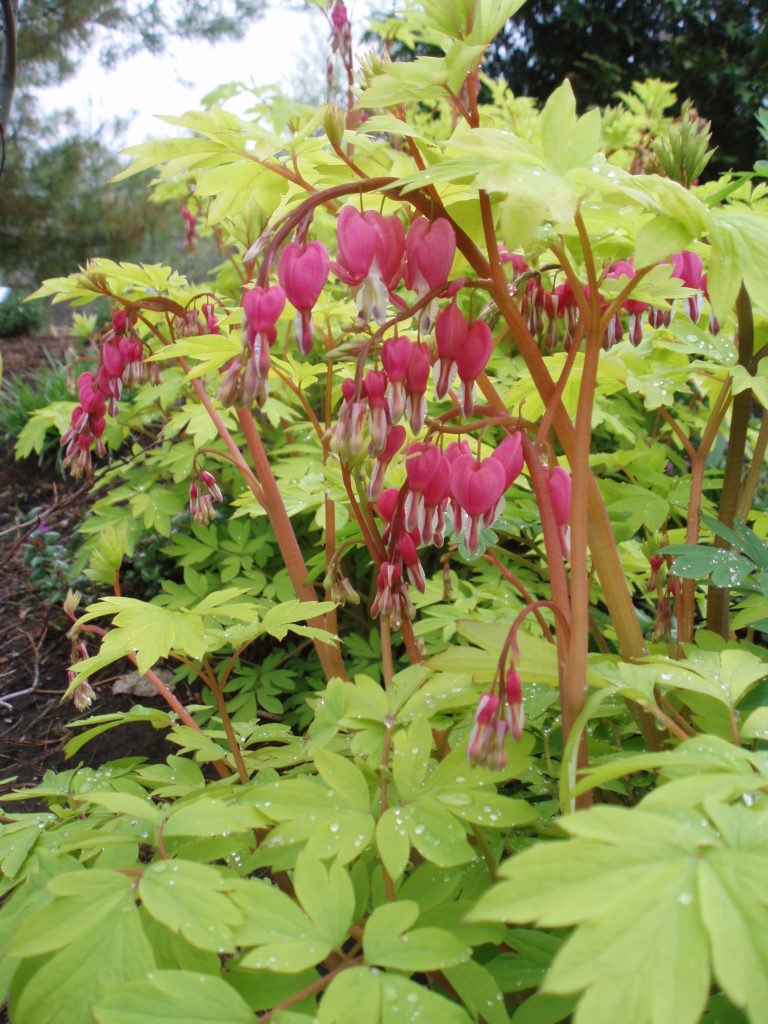
Dicentra (Lamprocapnos) spectabilis ‘Gold Heart’ – directly above and all below
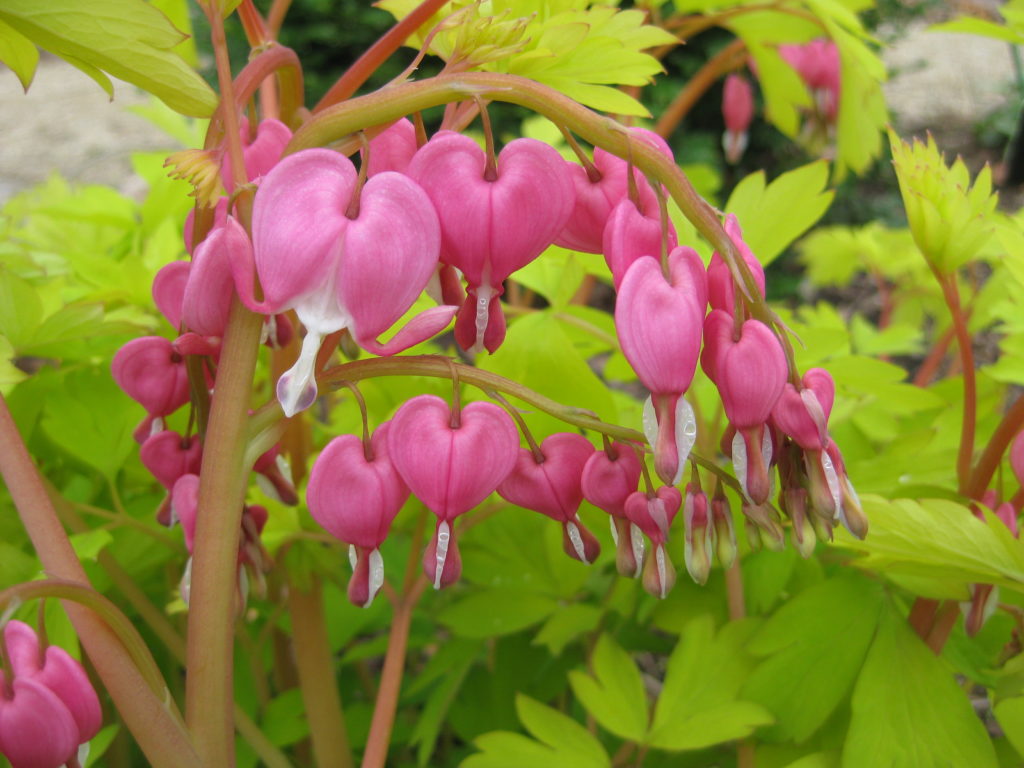
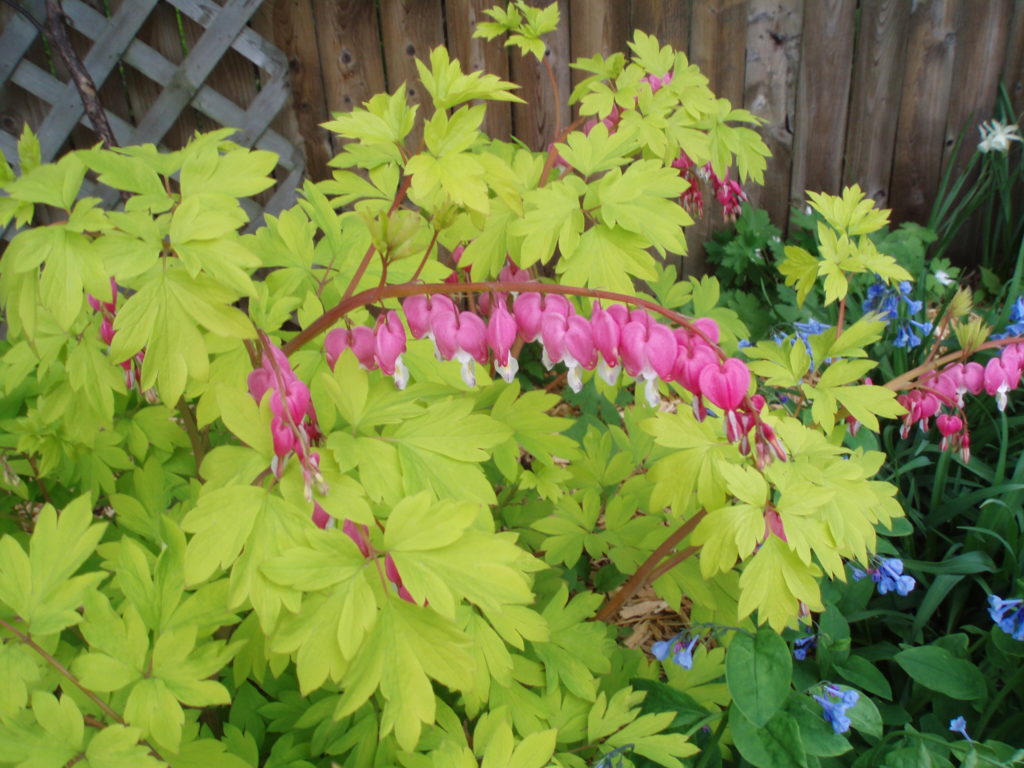
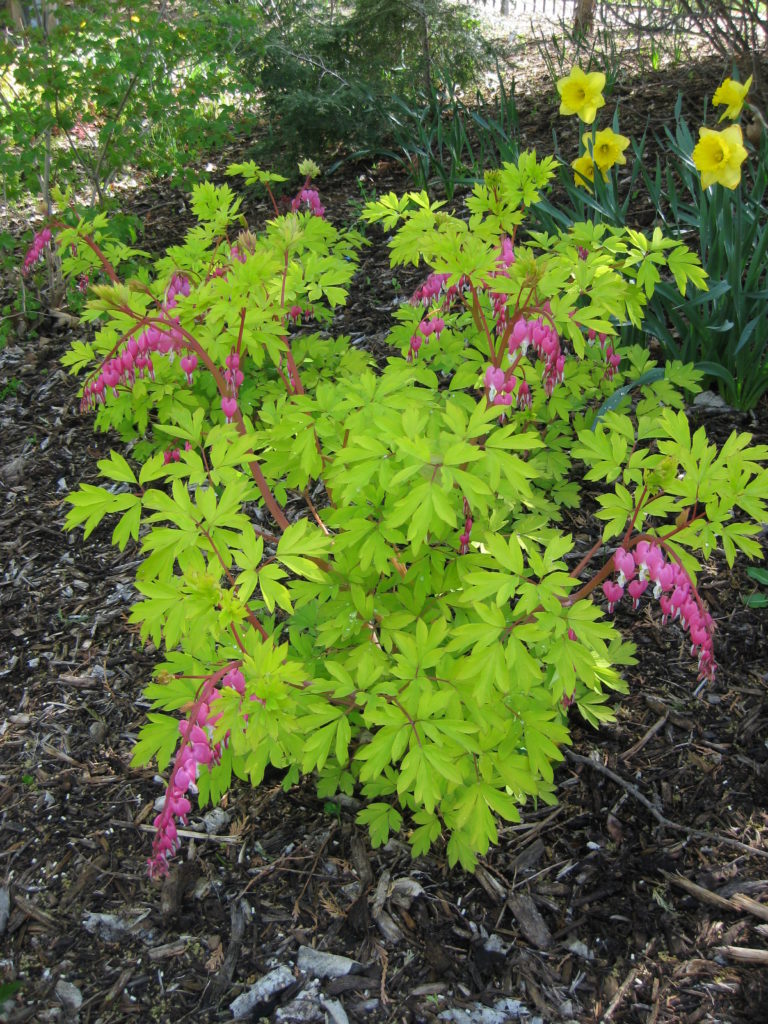
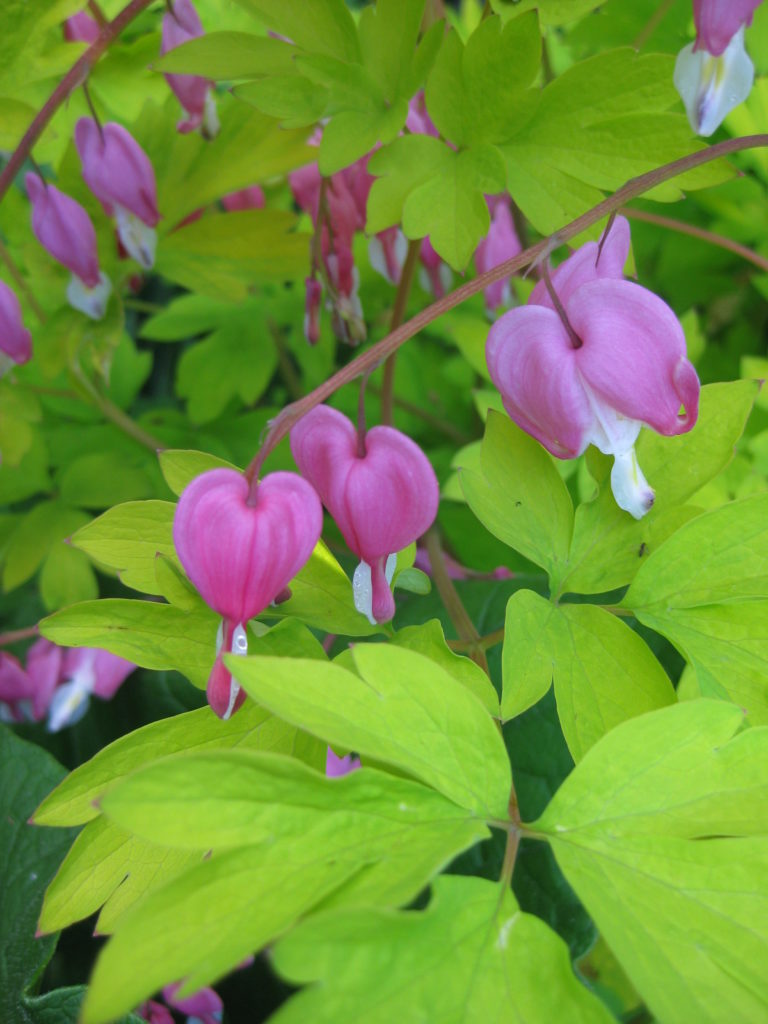
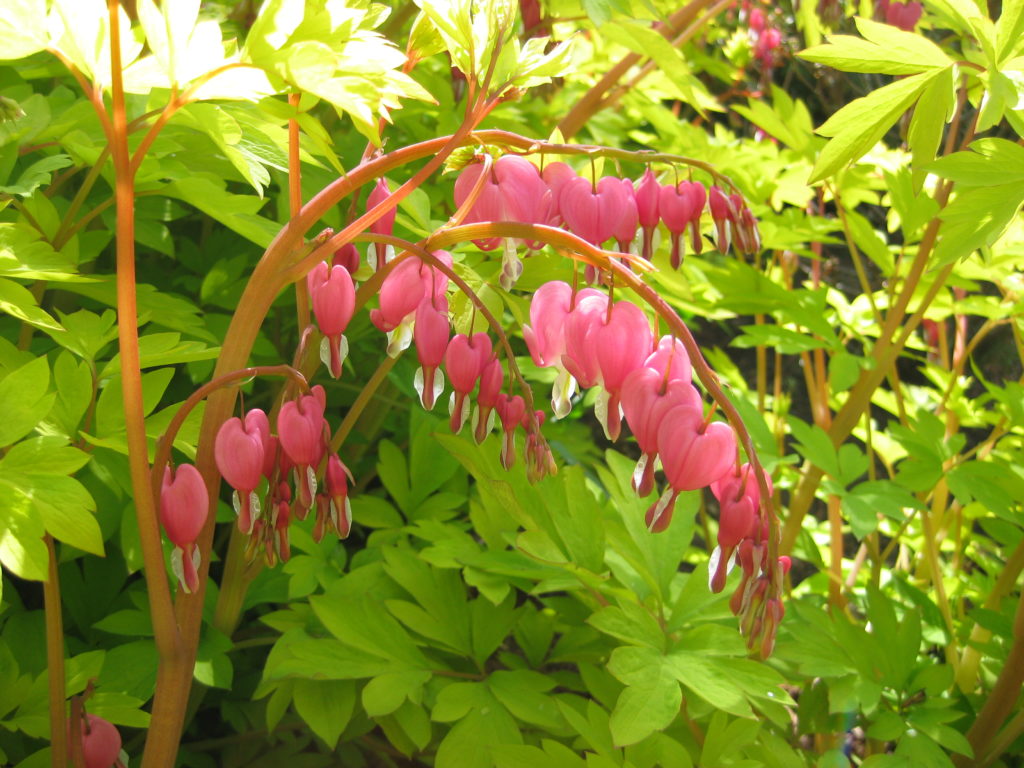
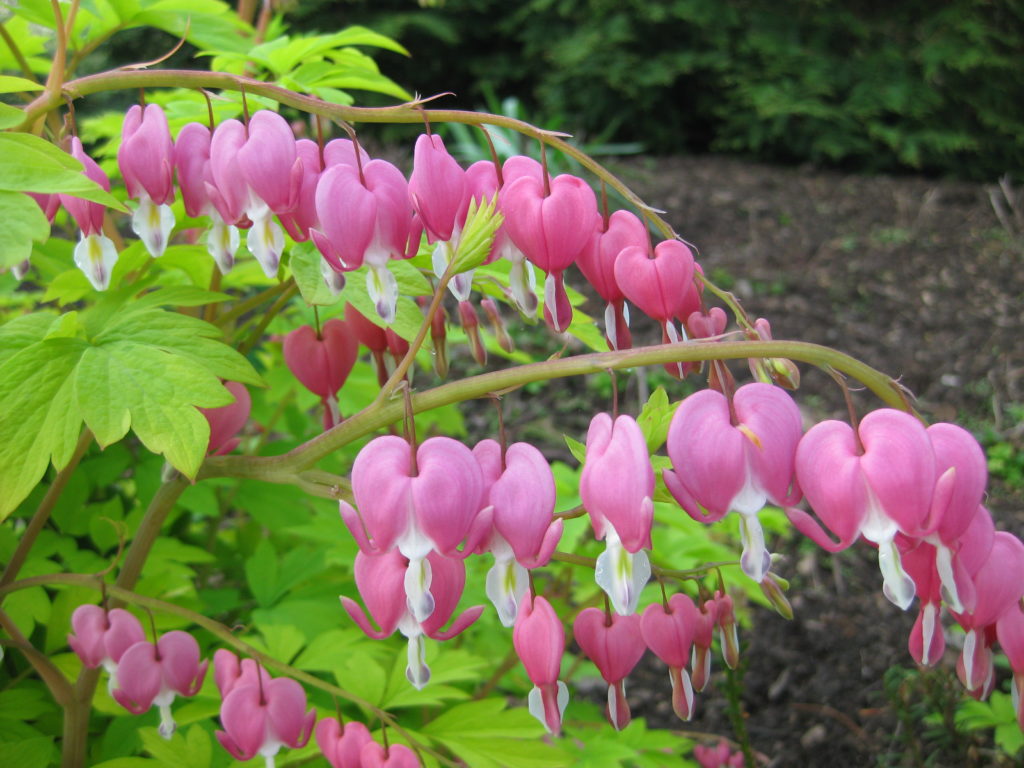
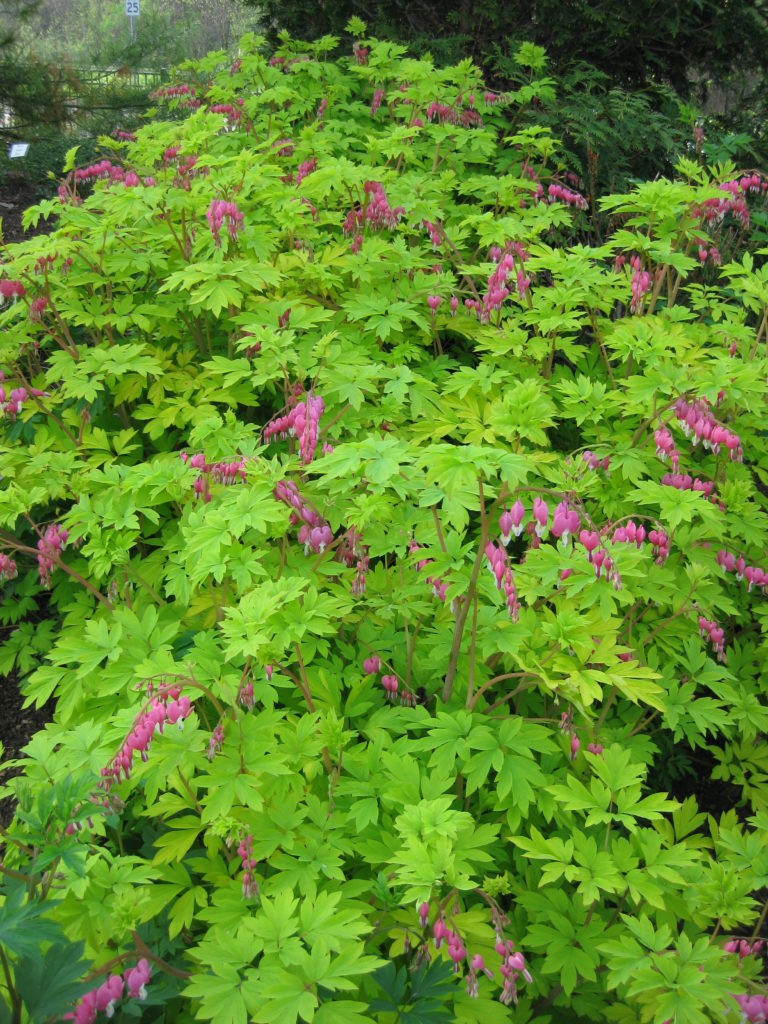
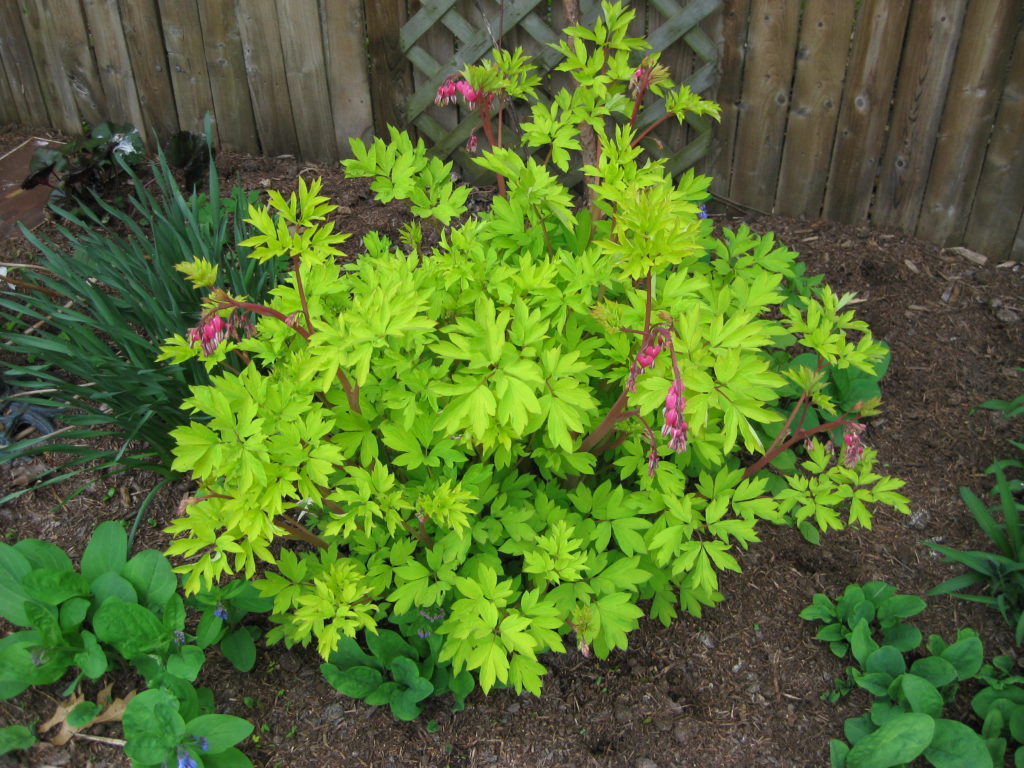
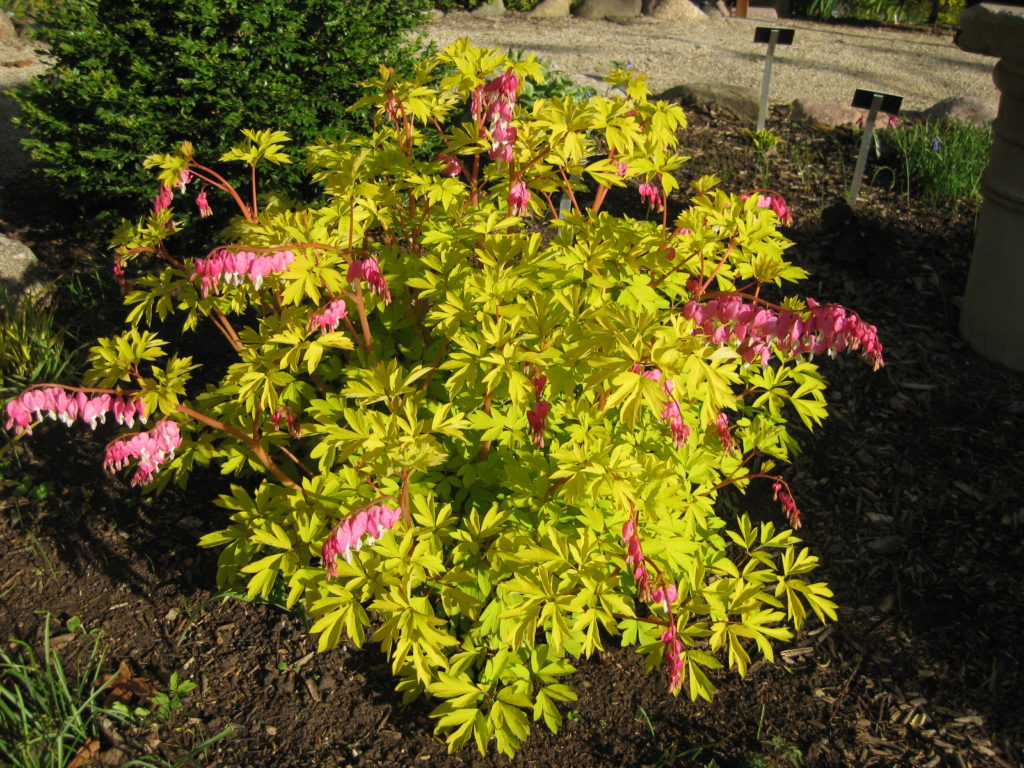
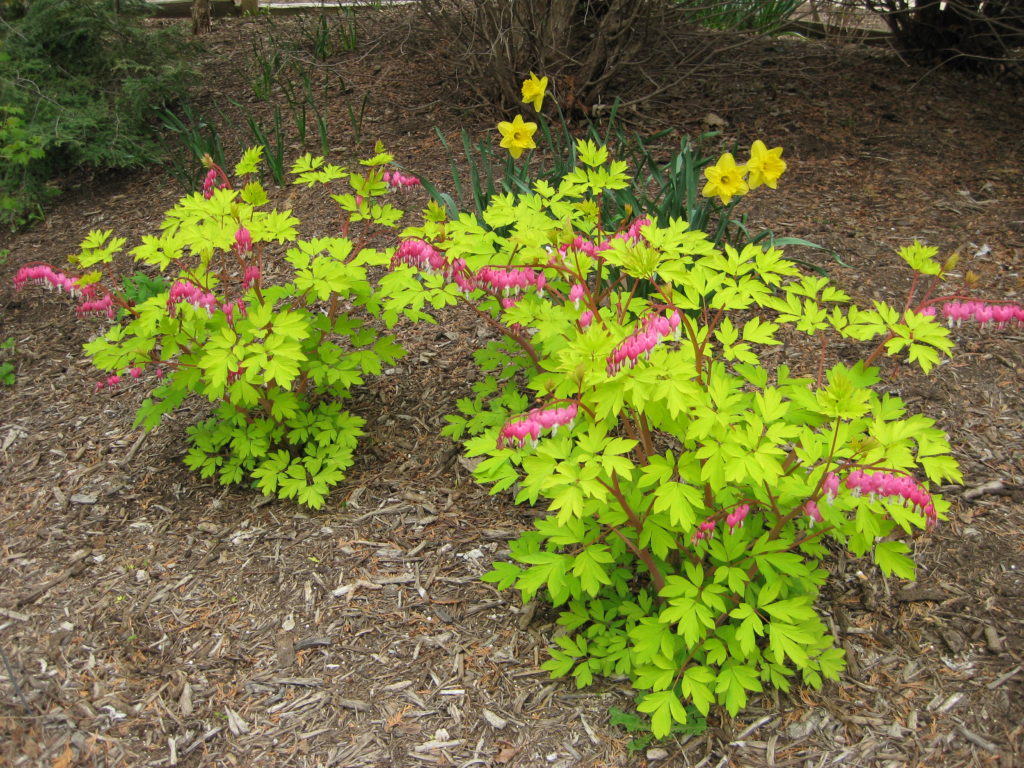
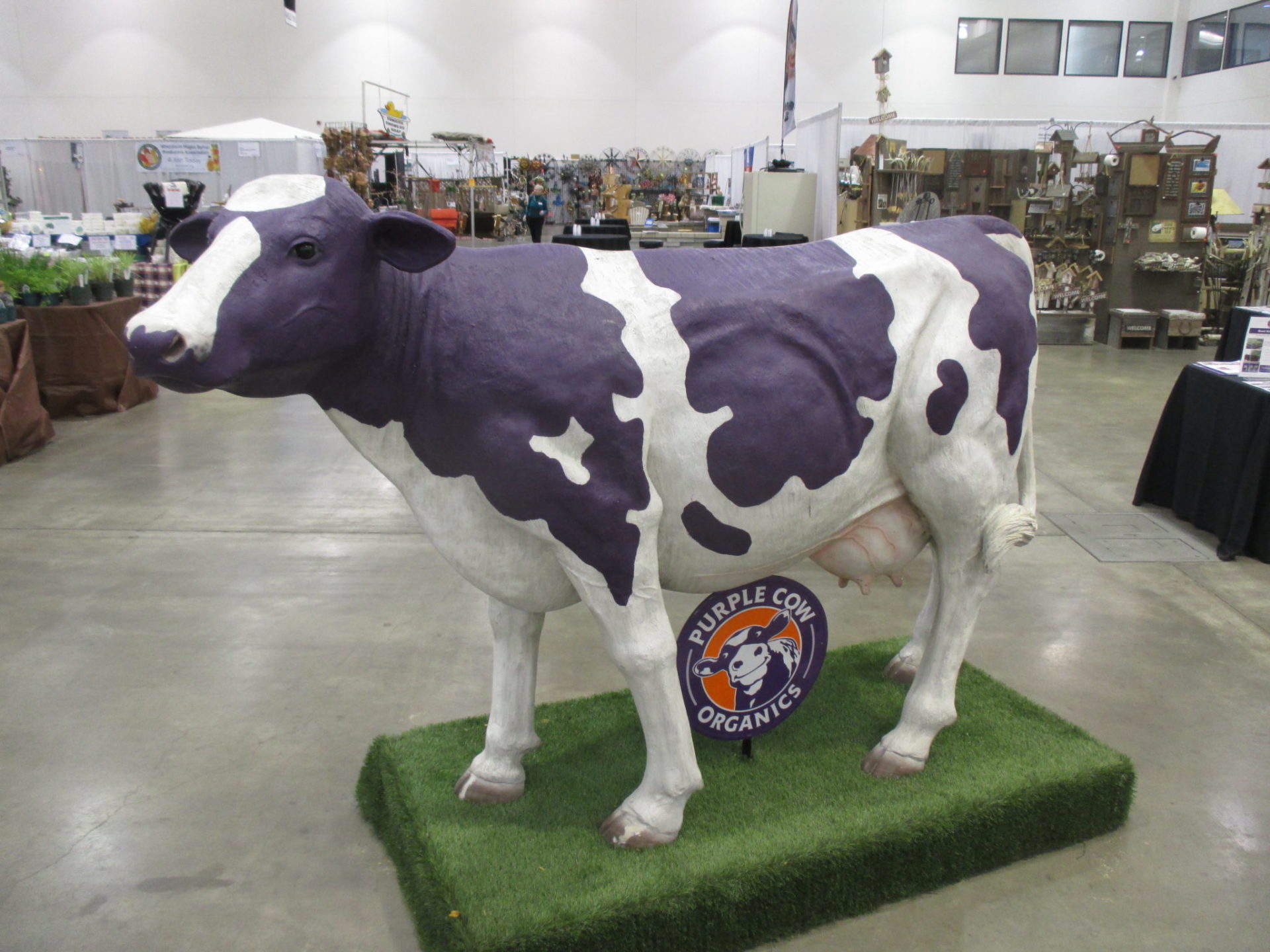
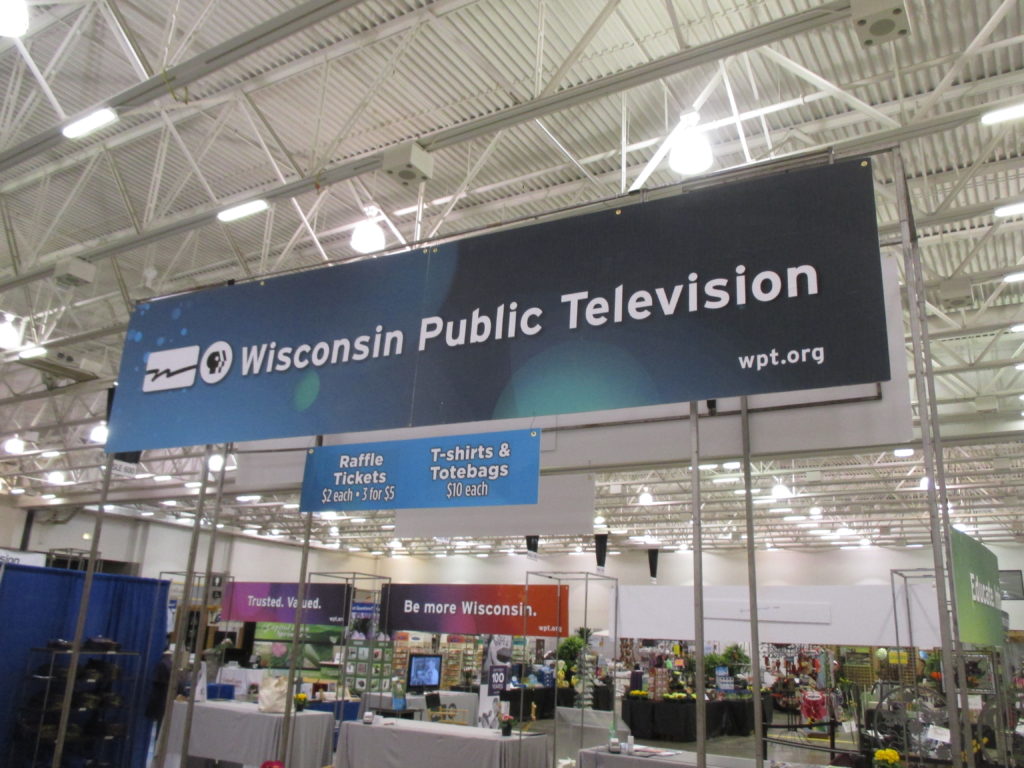
This past weekend was the Wisconsin Public Television (WPT) Garden Expo at the Alliant Center Exhibition Hall in Madison, WI. Our booth (two photos directly below) was visited heavily and it was a nice mild weekend to be up at the show. The final count of attendees was 18,864 over the course of three days (Friday through Sunday). We had some excellent booth help from Maryam (two photos below), Cindy (below left), Marcia (below right), Becky K., Pam, Polly, Becky N., John N., Bob and Bev D., Art & Linda, Larry & Amy H., Wes, Jim H., Mark S. and Jody M. The crowds were steady and we passed out lots of information about our events, educational opportunities, membership, etc. My three presentations went well and had some decent attendance. All in all, it was a very successful event and we always enjoy participating and encouraging folks to come enjoy the gardens.
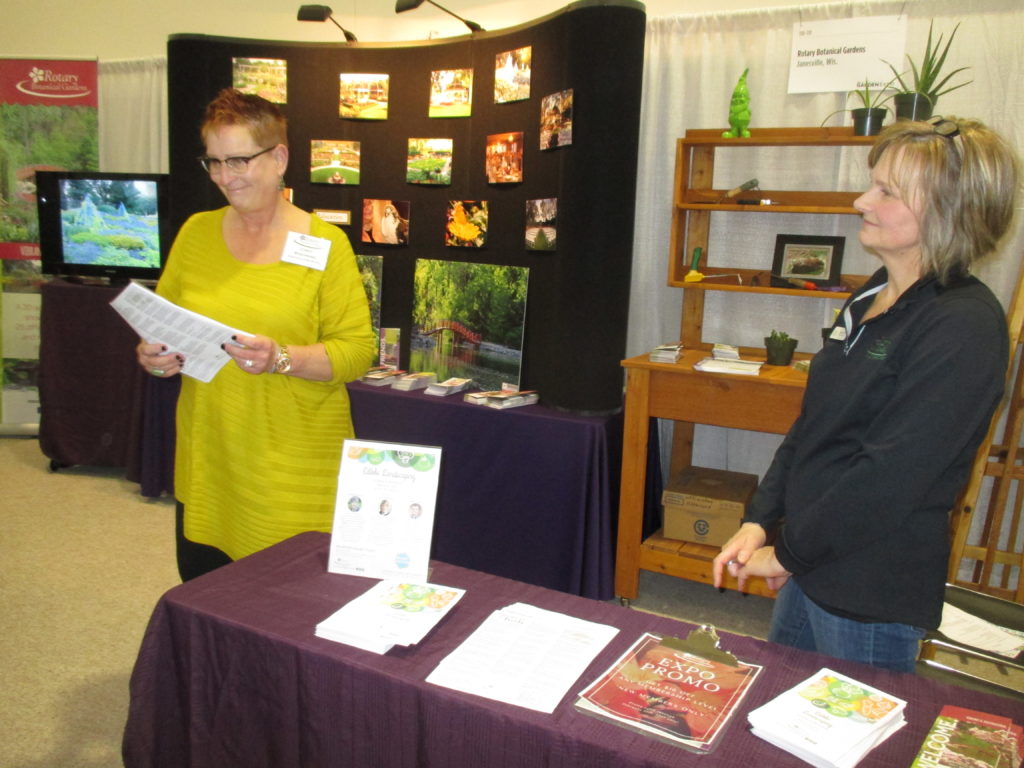
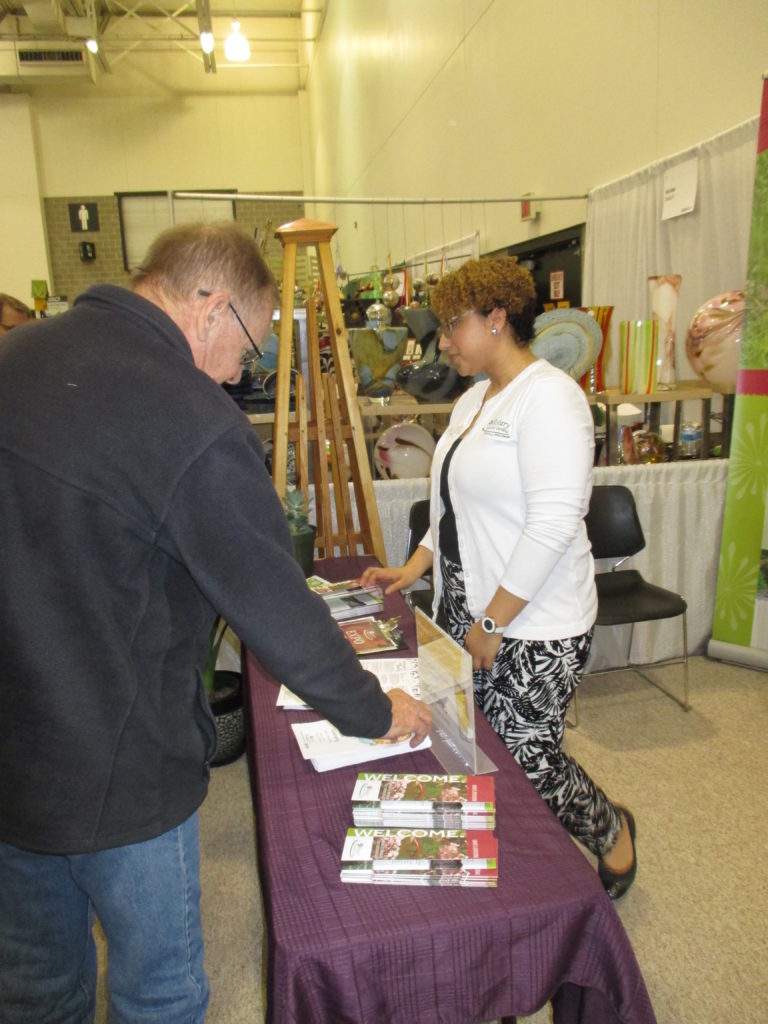
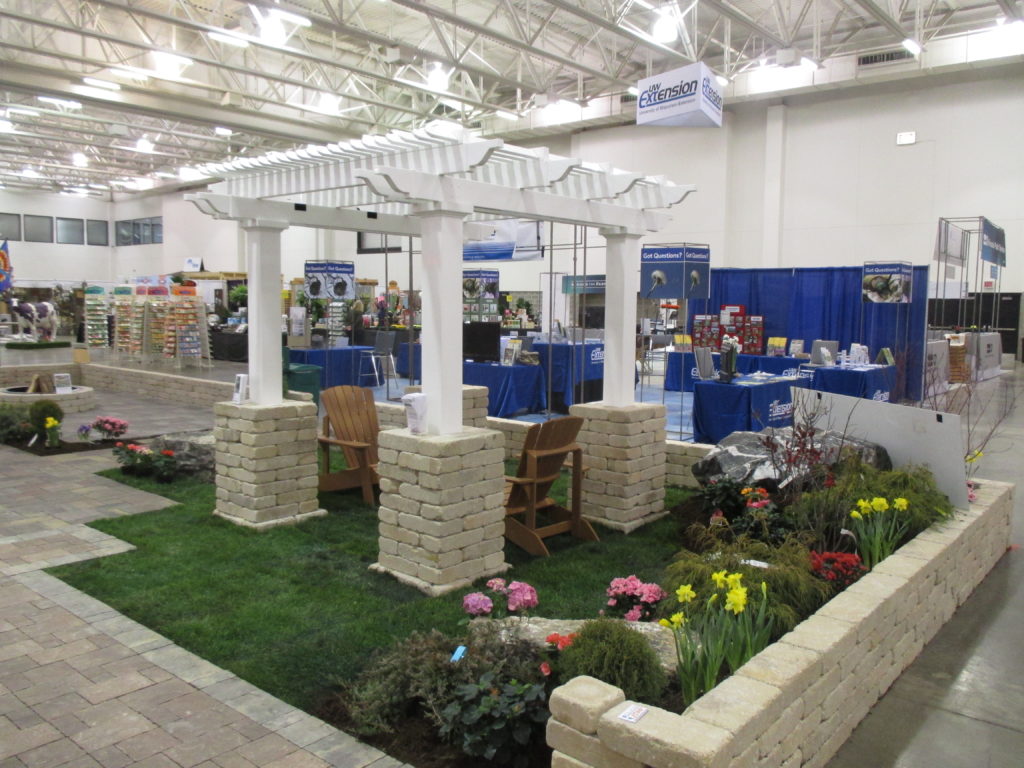
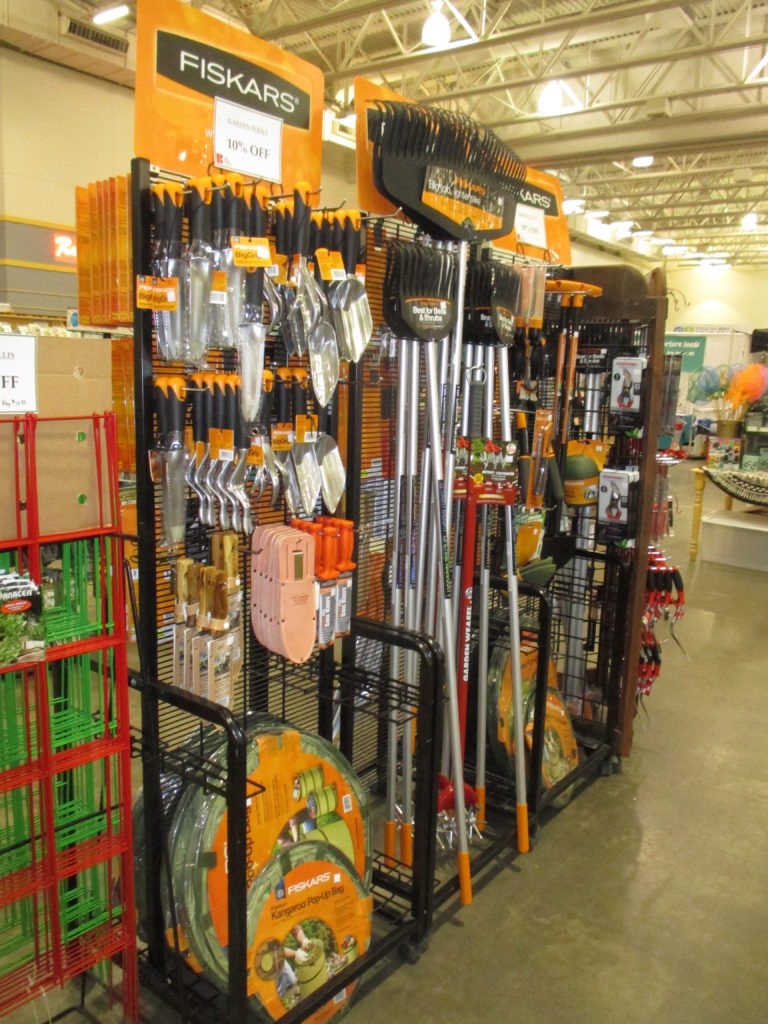
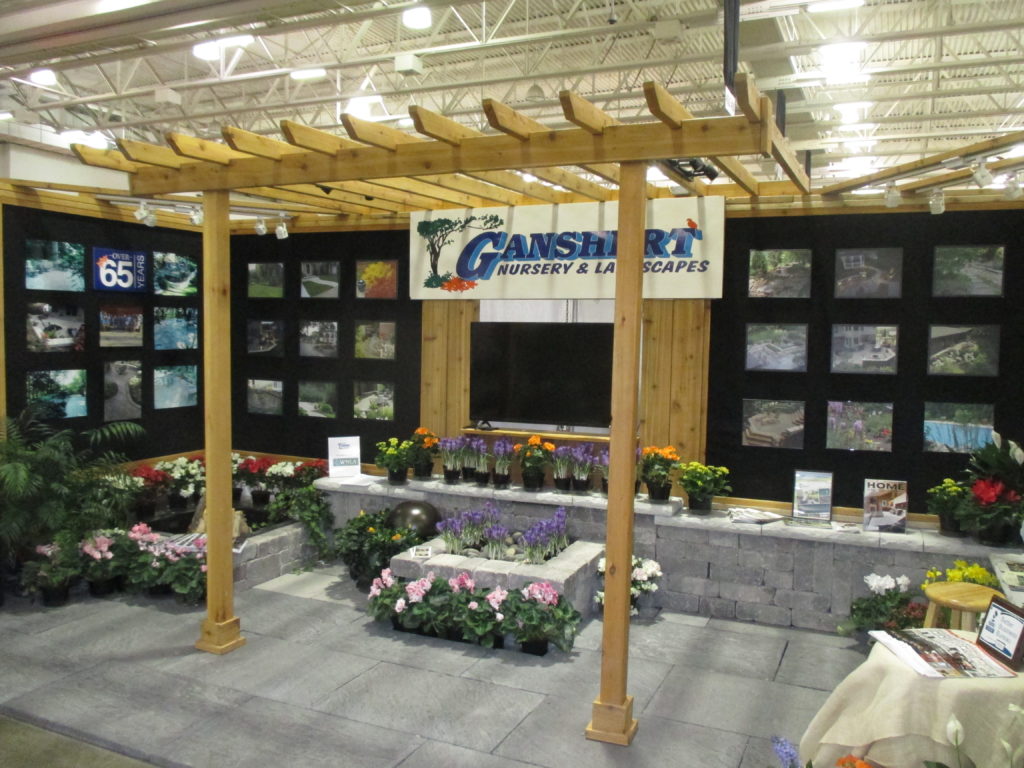
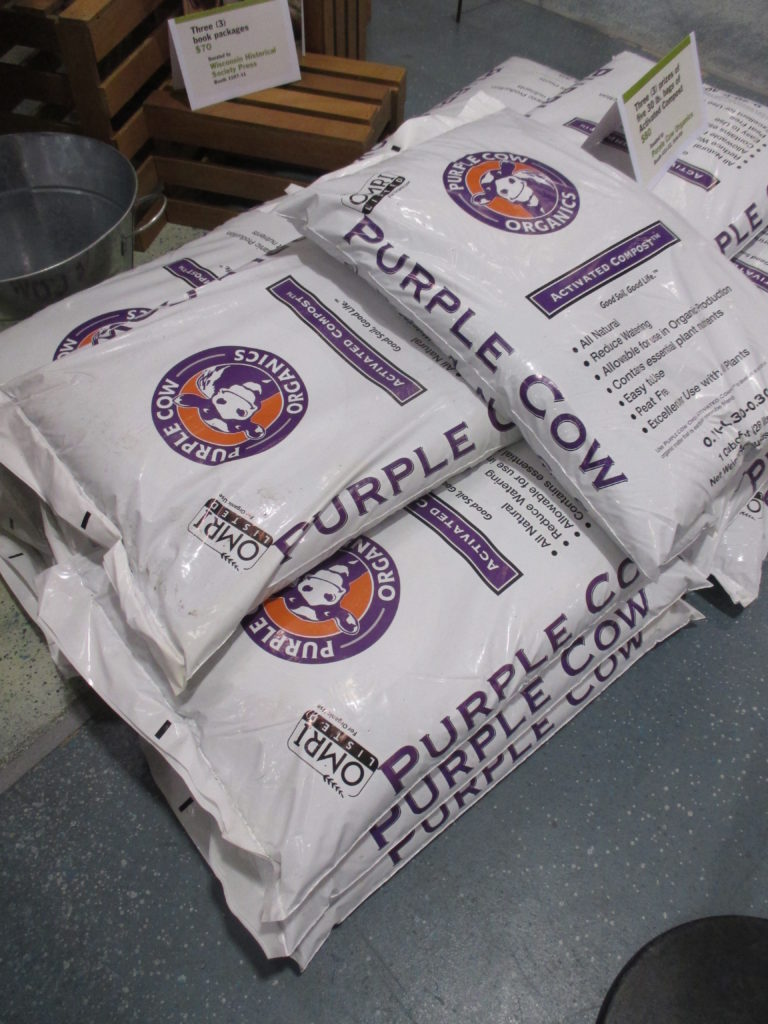
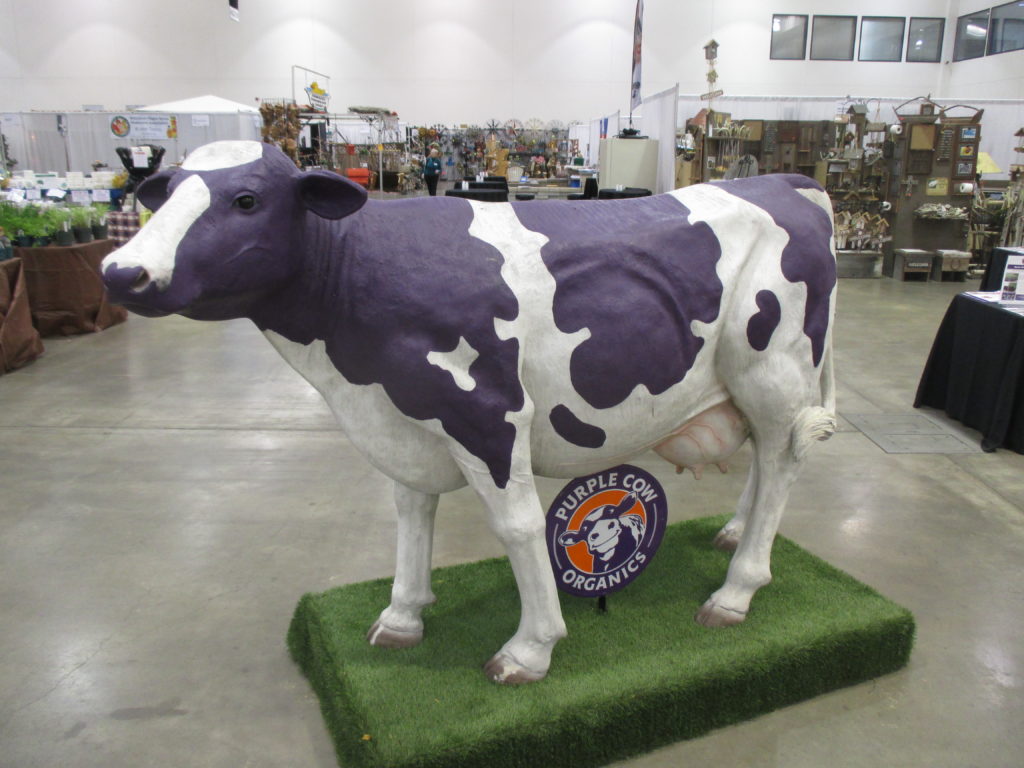
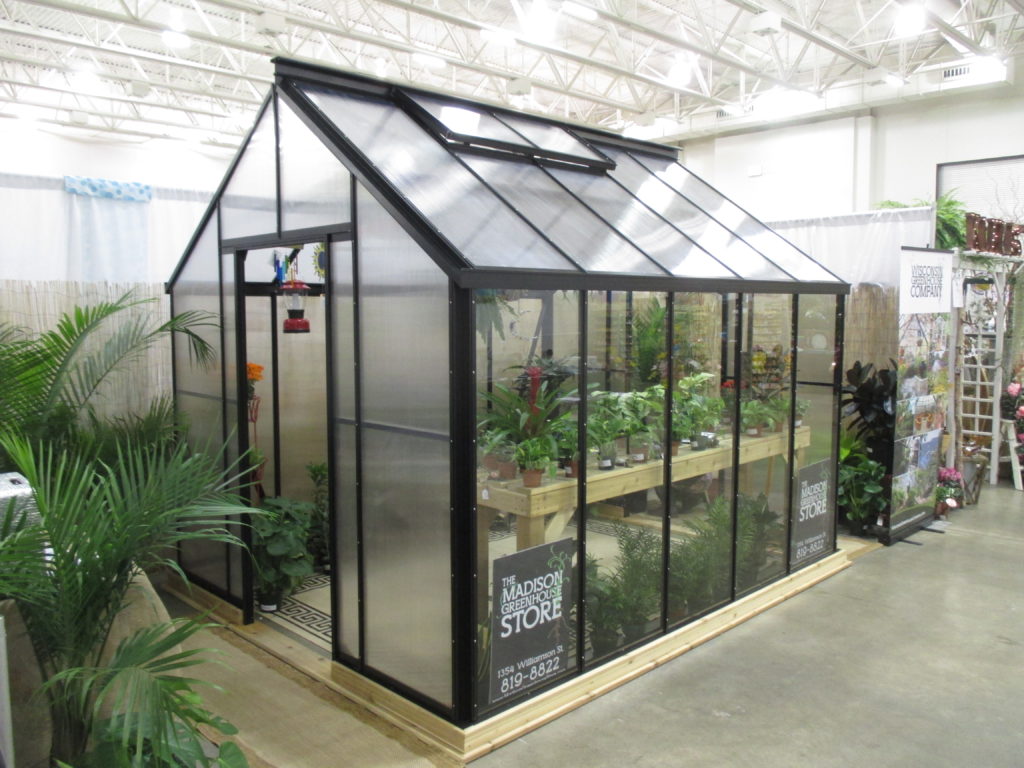
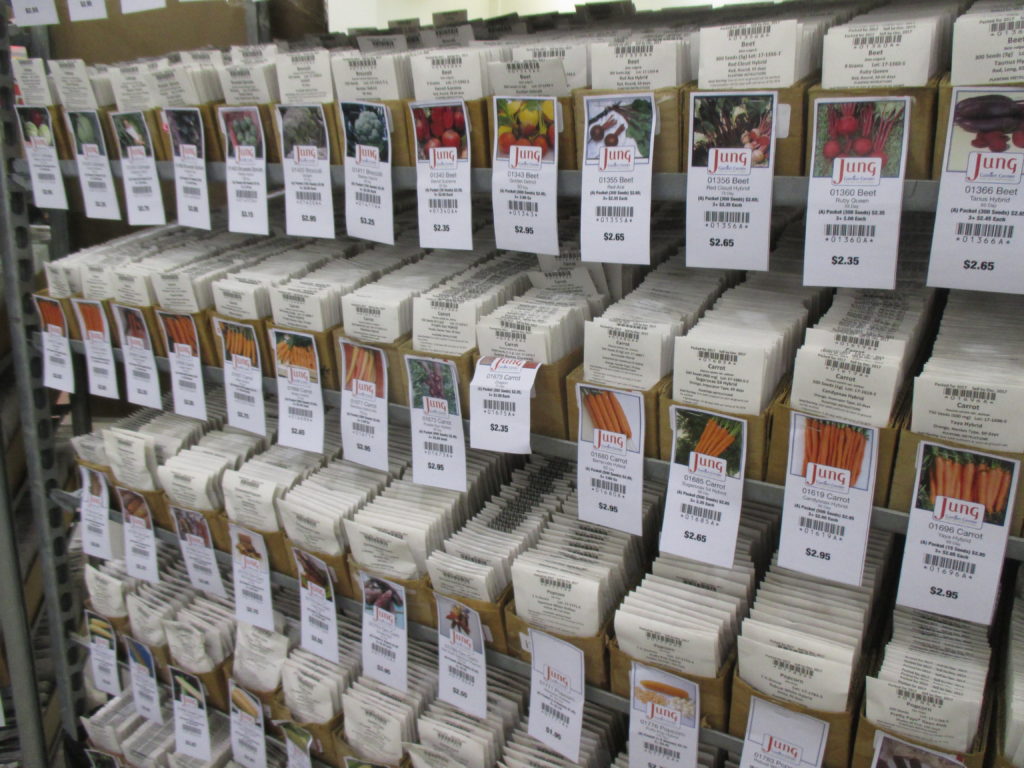
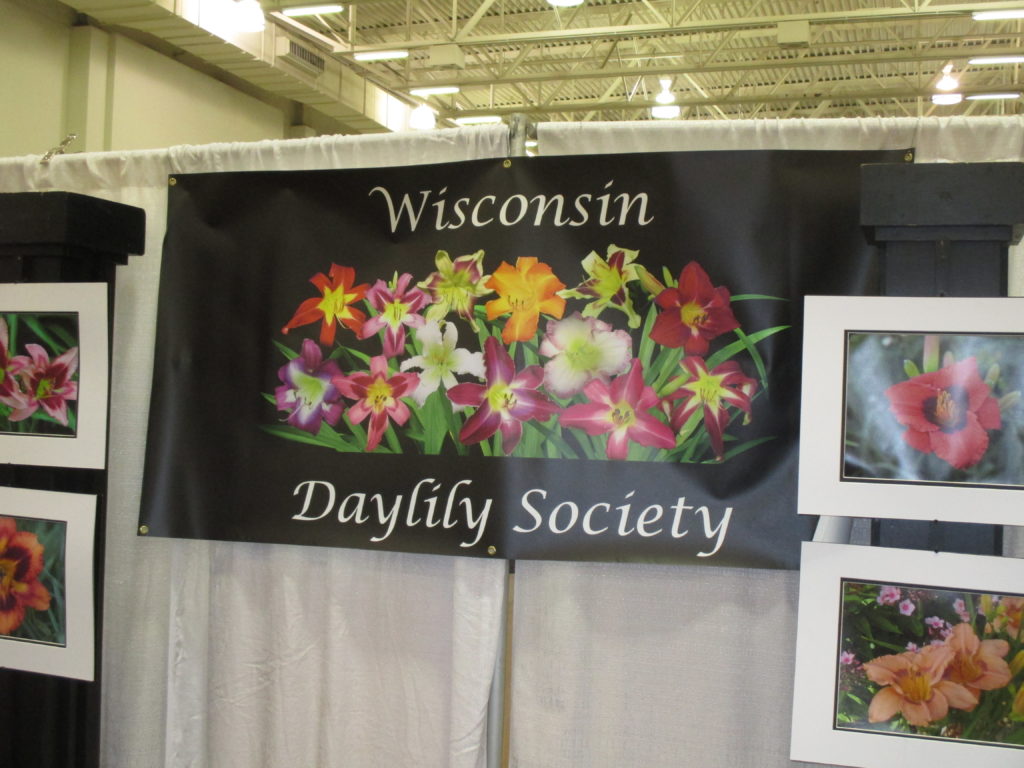
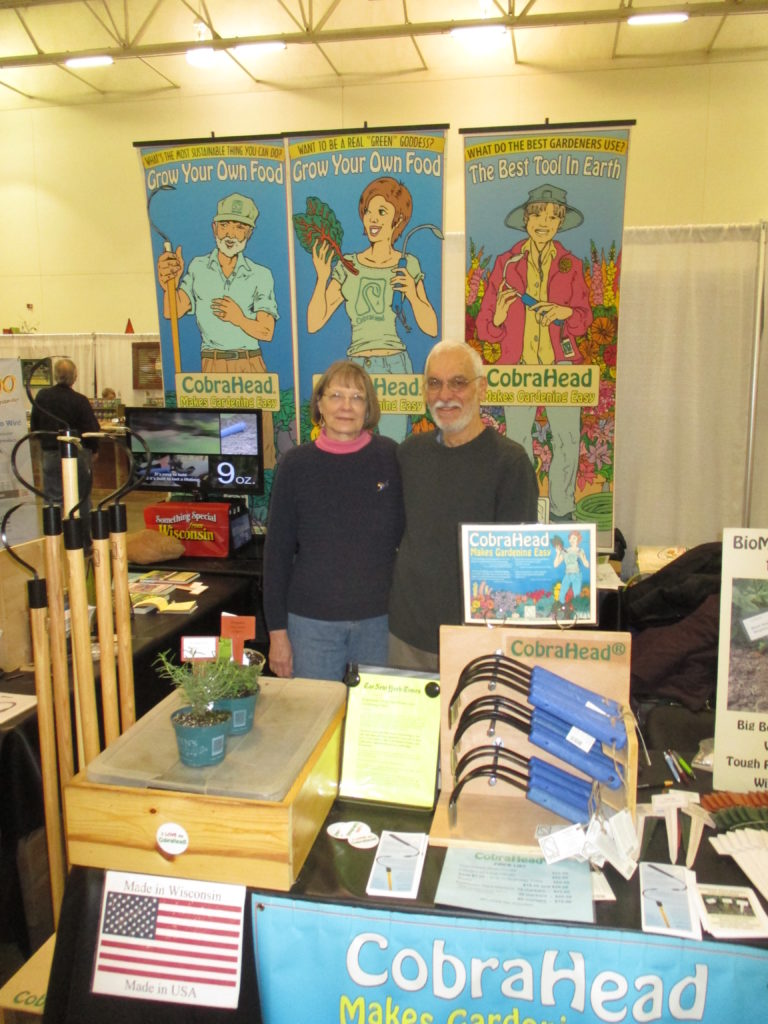
Judy and Noel from CobraHead (Cambridge, WI)
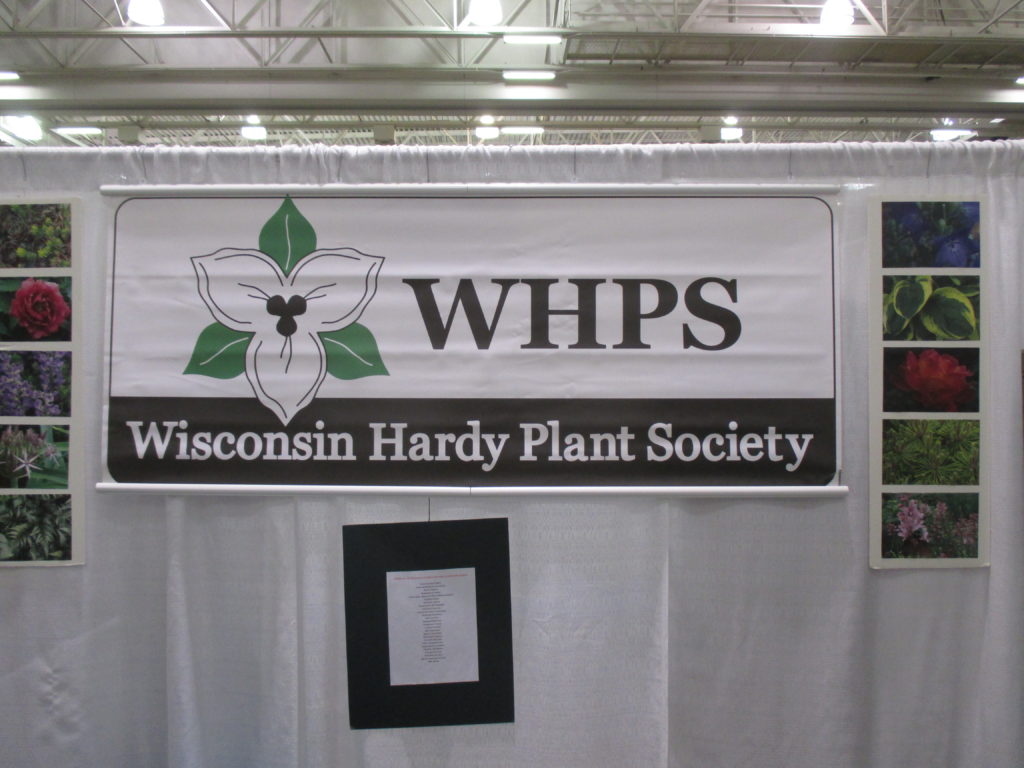
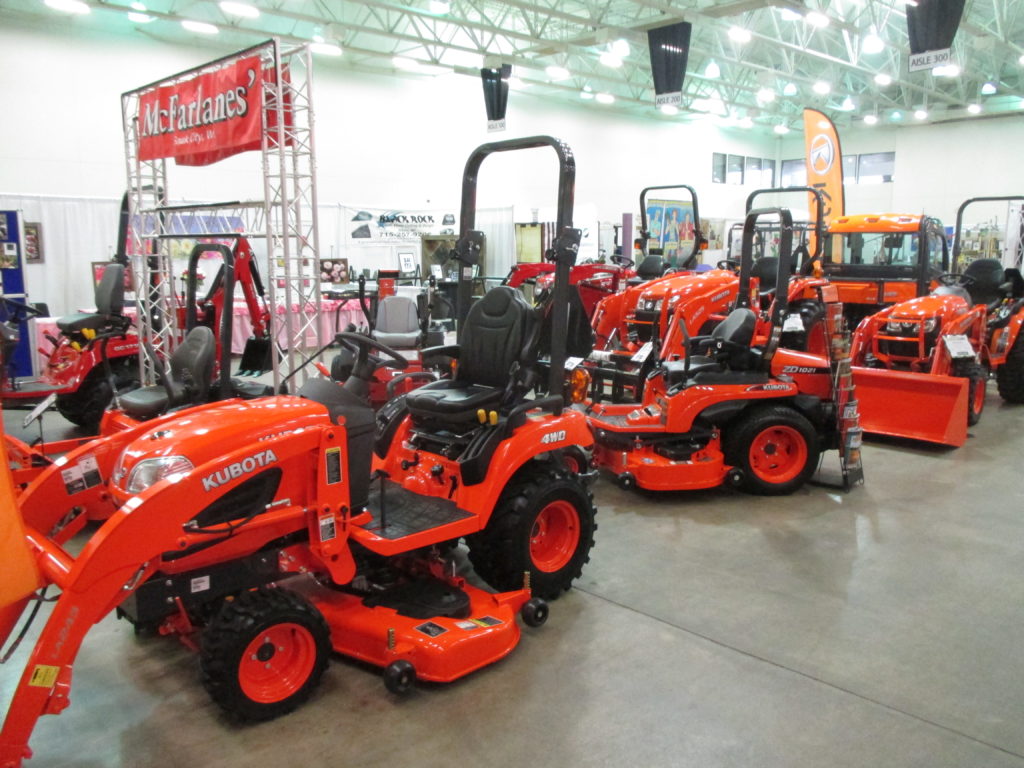
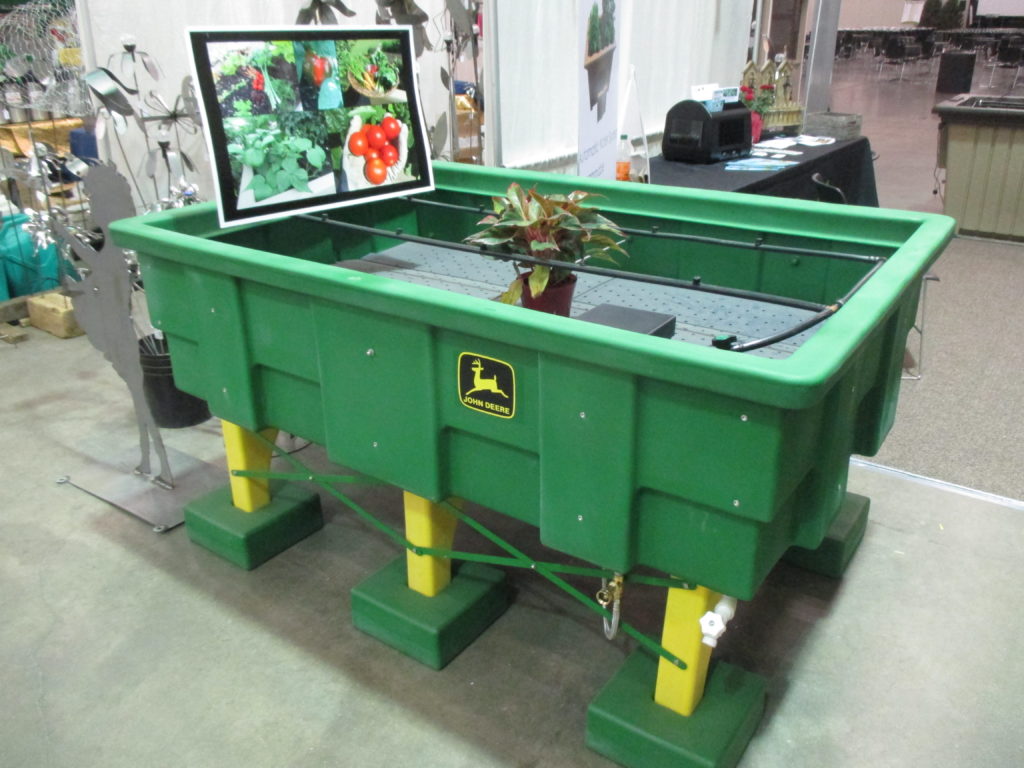
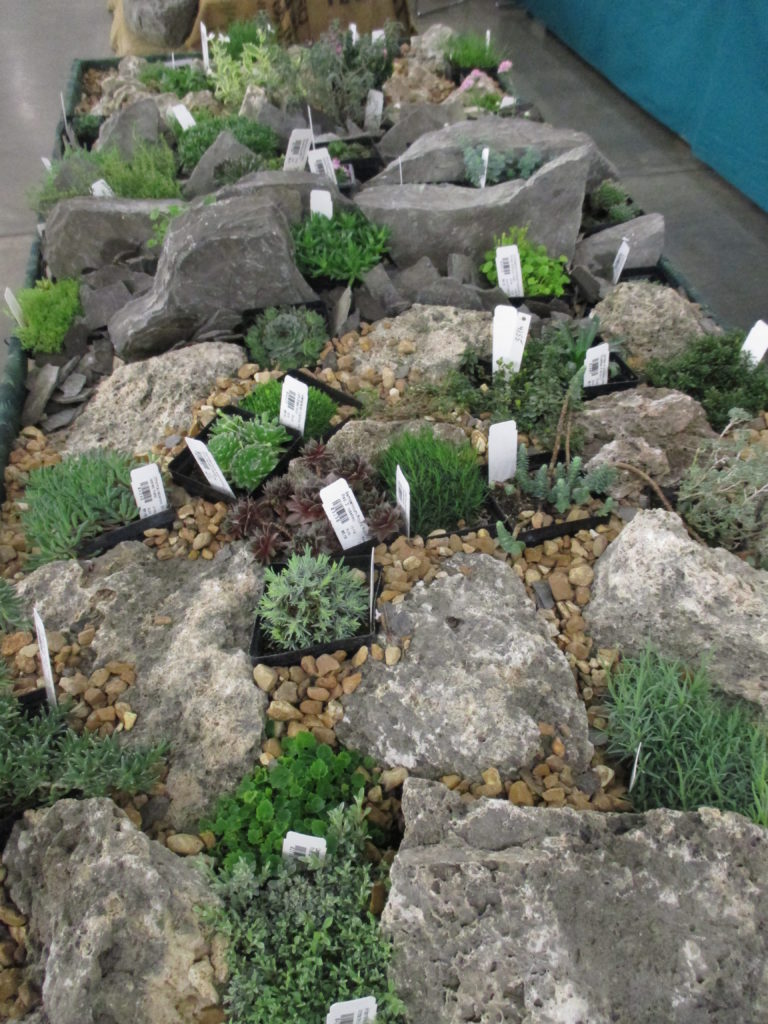
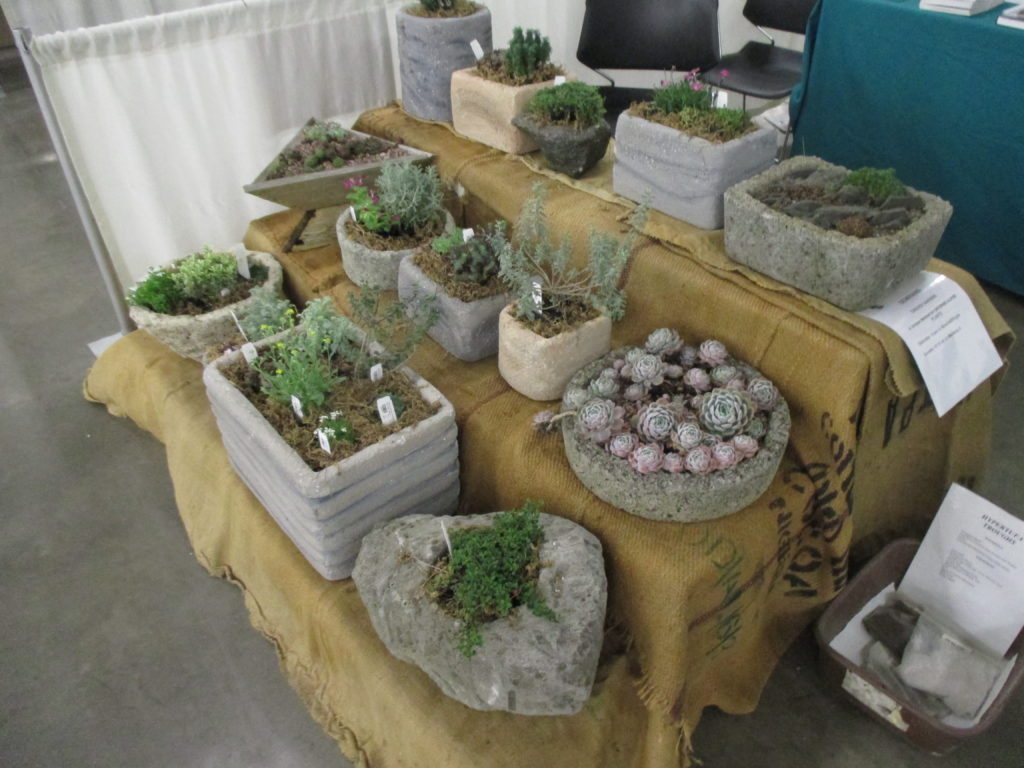
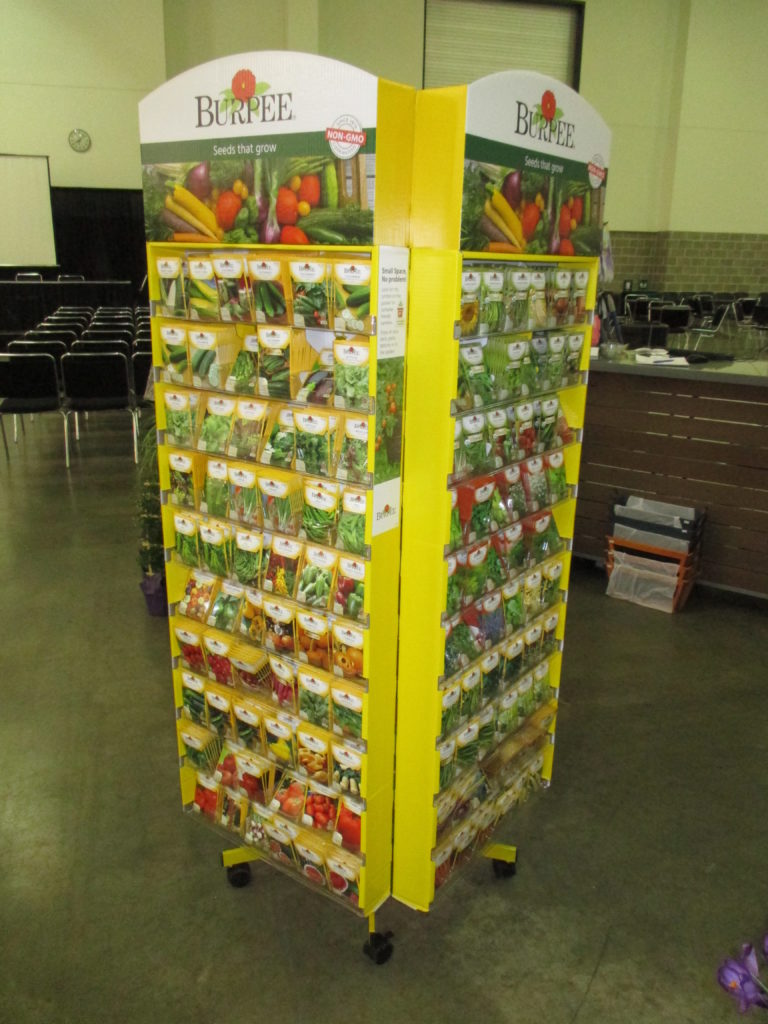

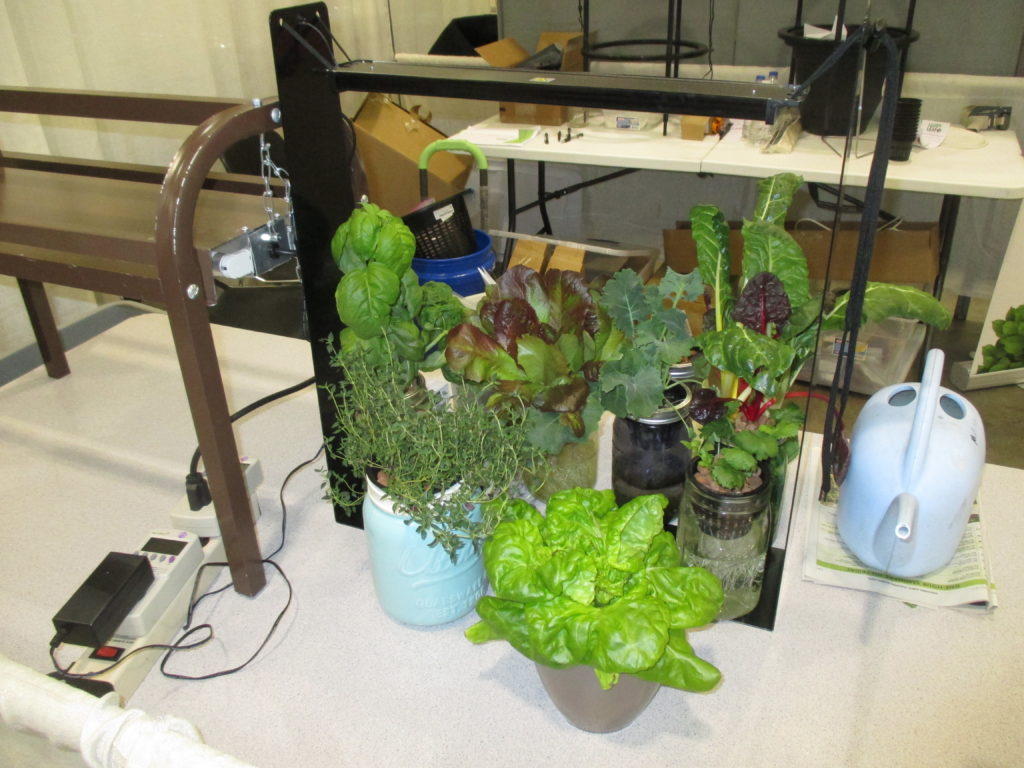
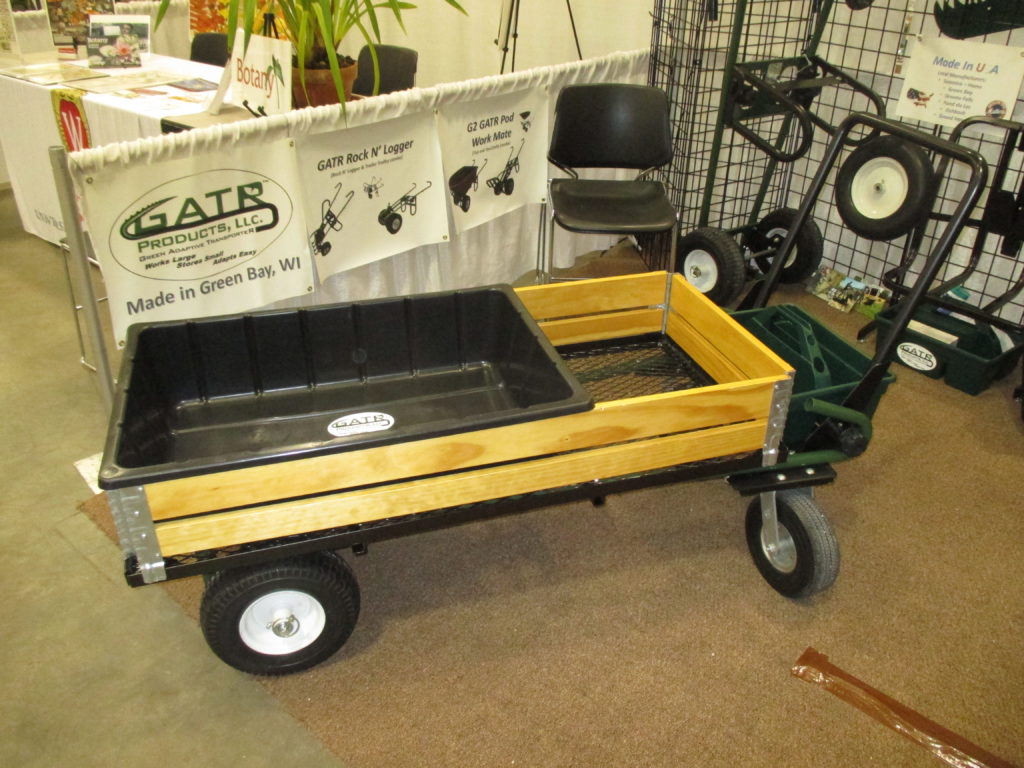
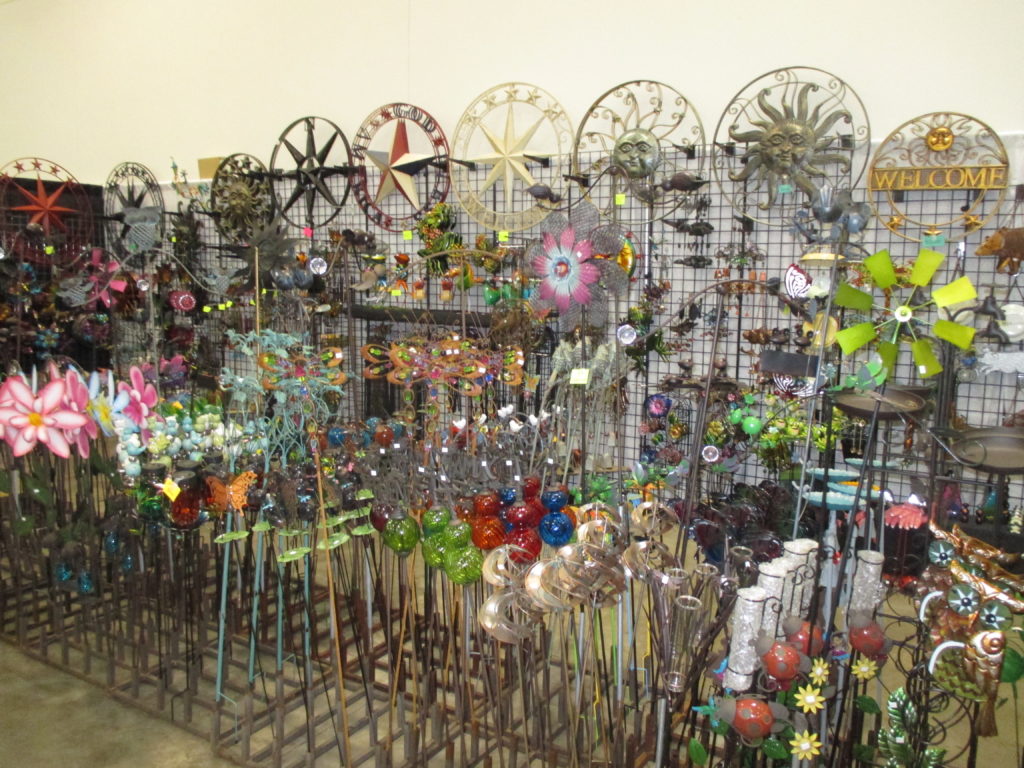
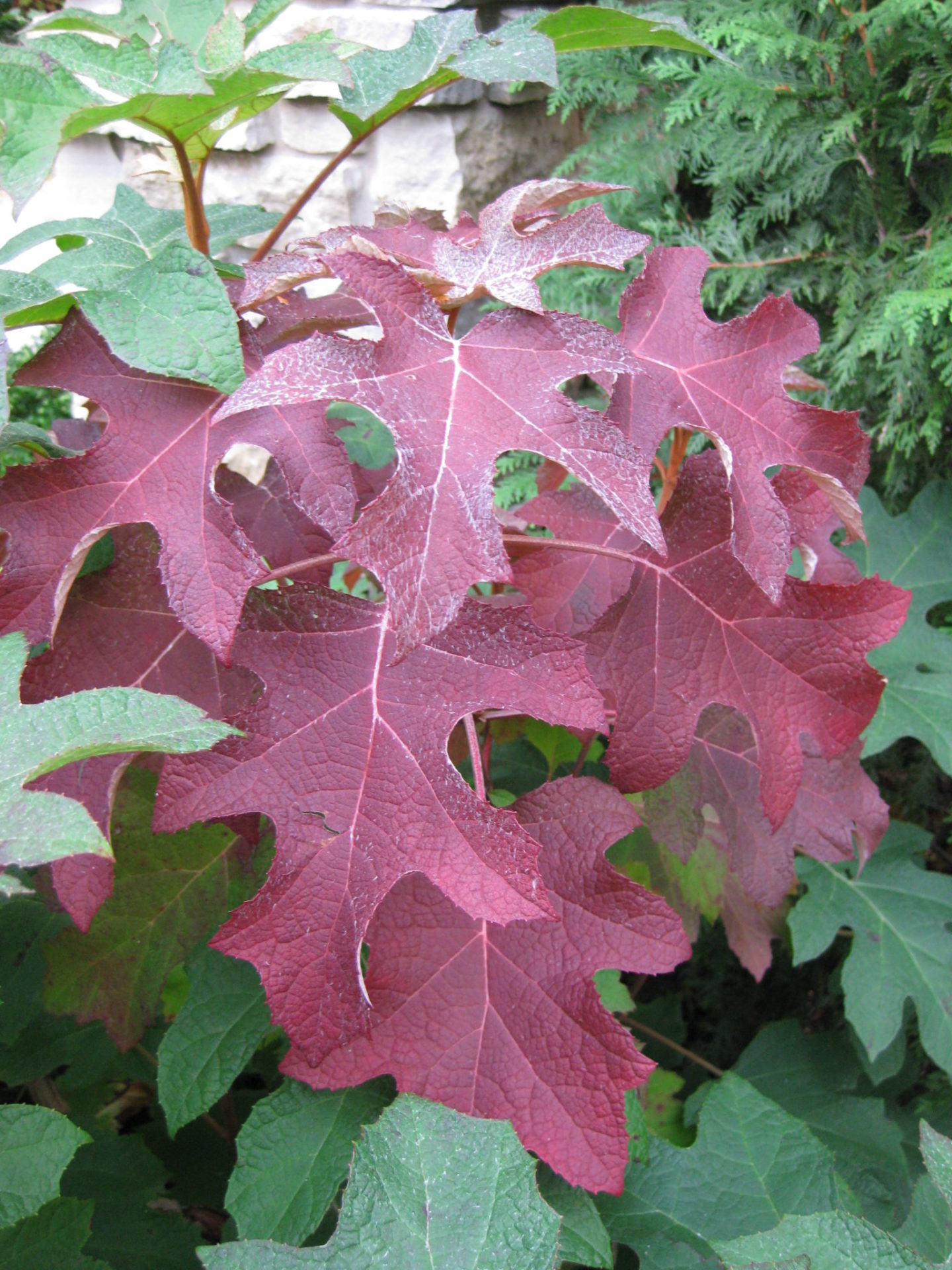
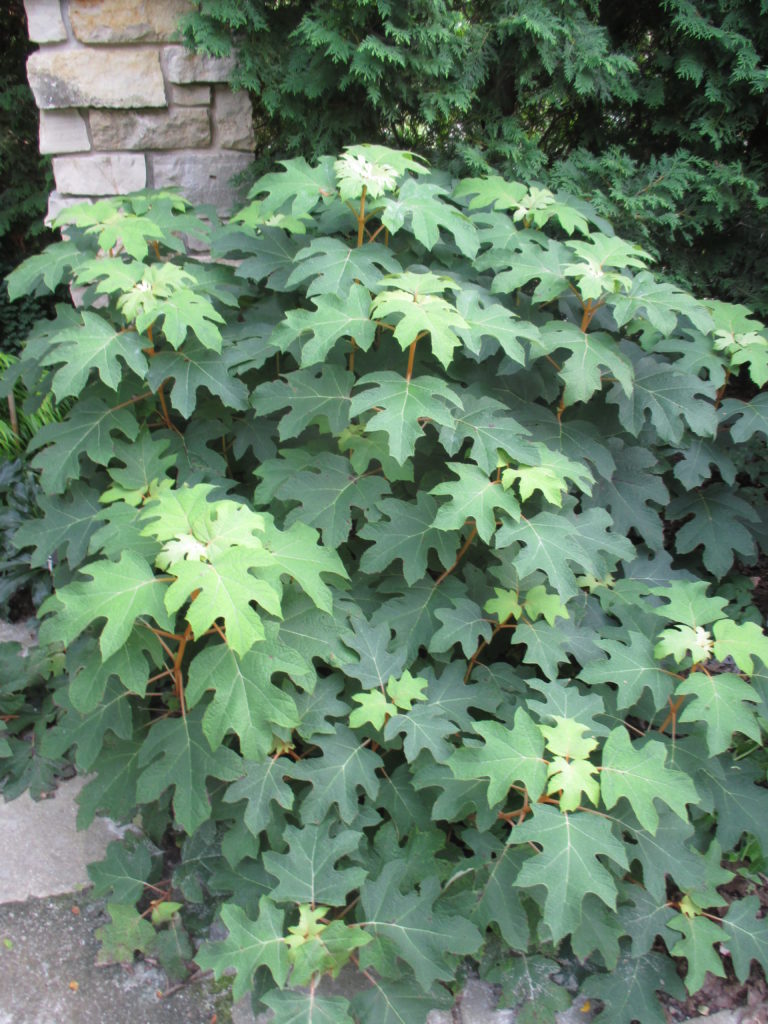
The oakleaf hydrangea (Hydrangea quercifolia) is an excellent woody plant for year-round interest. The photos in this blog (all taken by me) help highlight many of the excellent features of this North American native shrub (woodland habitats in the Southeast U.S.). Hardy to Zone 5, this shrub has established well at RBG although it will struggle and/or have severe winter damage in colder climates. In our worst of recent winters (2012), we saw severe “dieback” but our specimens bounced right back with new growth. Preferring moist, well-drained, rich soils, oakleaf hydrangea will tolerate full sun or part shade. The leaves actually are larger in more shade but moisture is imperative for the success of this plant regardless of solar exposure. Emerging foliage features a fuzzy silver underside to the leaves (see further below). The large, bold, lobed leaves (very “oak-like” in appearance) are a textural asset for this slowly thicketing shrub that will typically reach 5′-6′ tall in our climate although it can get quite a bit larger further south. This shrub continues to spread slowly and will ultimately be wider than tall. The photo directly above is a good-sized specimen up at Olbrich Botanical Garden (Madison, WI). The fall color of oakleaf hydrangea, while variable, is consistently excellent and typically materializes over a long period of time in mid October and in to November. Some of my best photographs of peak fall color for this plant have been in November when the strongest reds and maroons are evident (see below). The stems of this shrub are also ornamental in winter and feature peeling and flaking bark in tones of cinnamon, tan and orange. Flowers emerge in late spring and extend in to early summer. These upright flower panicles may vary in length by variety but emerge pure white and age with hints of pink. The flowers are quite nice in the winter as well. These hydrangeas bloom on old wood so after severe winters for us…we’ve seen them not bloom certain years. That is something we have to accept in this climate as the foliage still carries significant ornamental value.
We have four large groupings of the variety ‘Snow Queen’ which is quite hardy and was the standard for many years and continues to be popular and available. However, there are many newer selections out on the market. Popular varieties include ‘Alice’, ‘Allison’, ‘Harmony’, ‘Snowflake’ and ‘Ruby Slippers’ (lots of pink in the flowers of this one!). I’m also a big fan of the more compact varieties of ‘Sike’s Dwarf’ (2′-3′ tall), ‘Munchkin’ (4′ tall) and ‘Pee Wee’ (3′-4′ tall). The bold foliage, excellent fall color, blooms and visual texture in the garden makes oakleaf hydrangea (Hydrangea quercifolia) worthy of consideration in our landscapes!
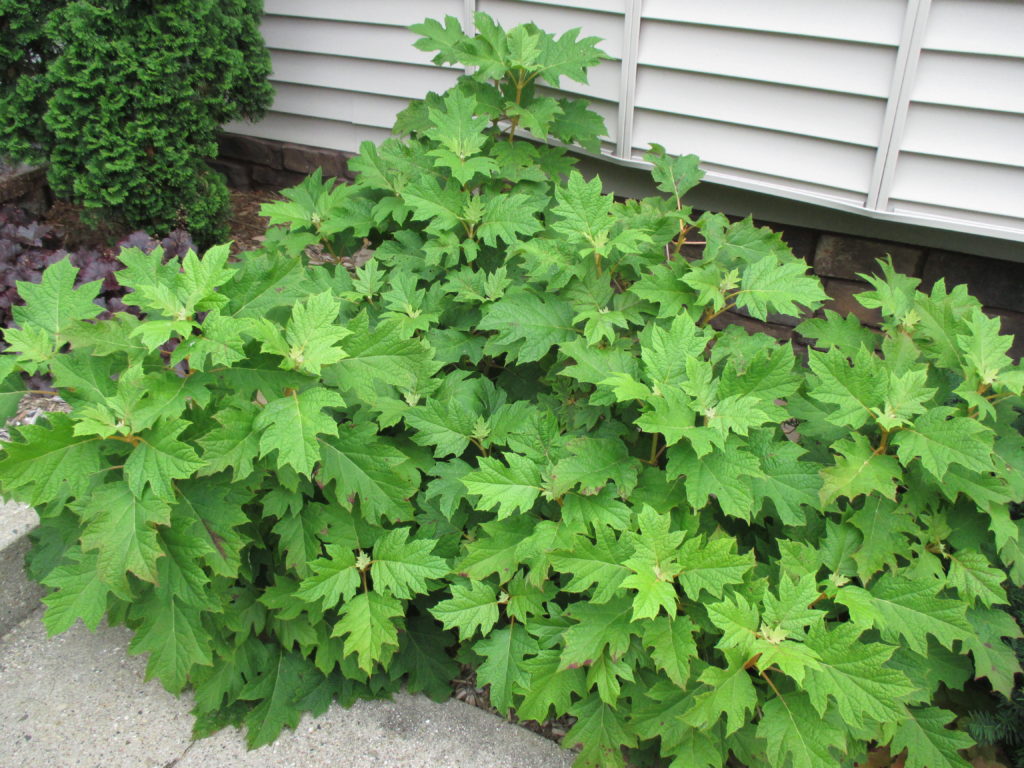
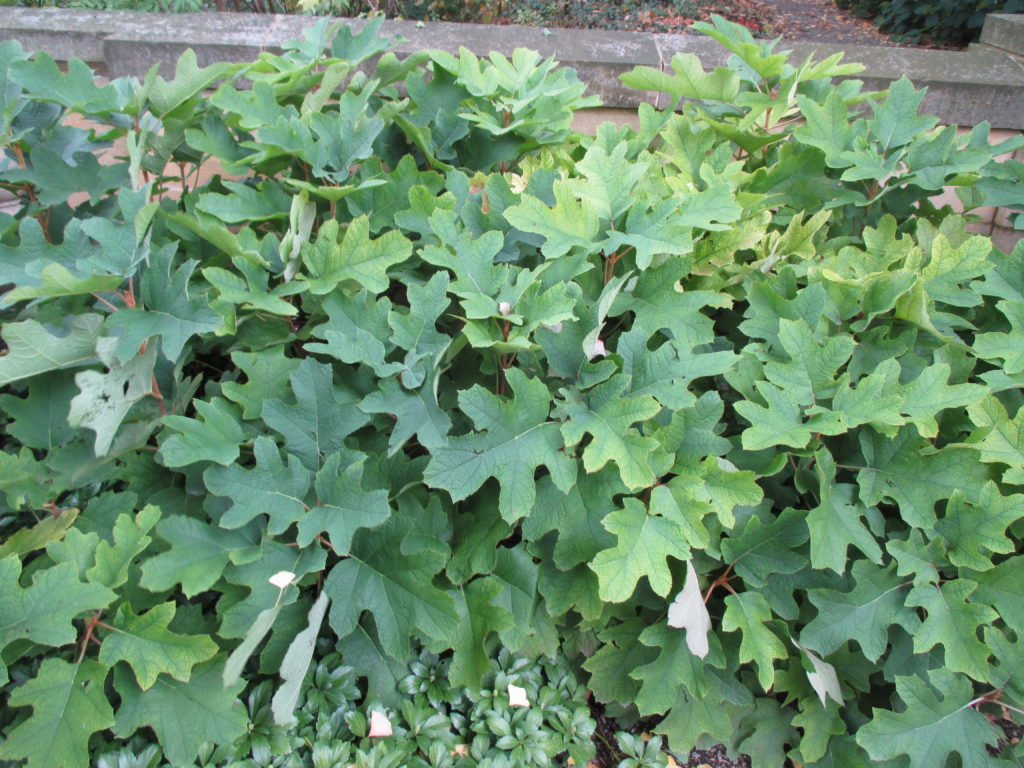
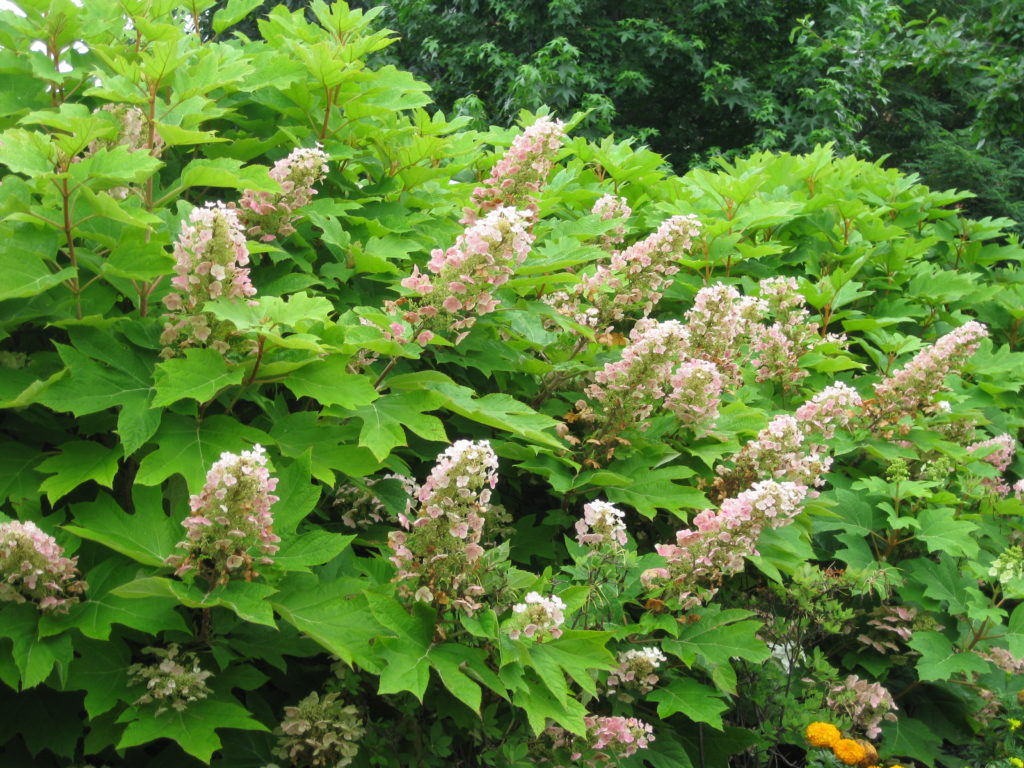
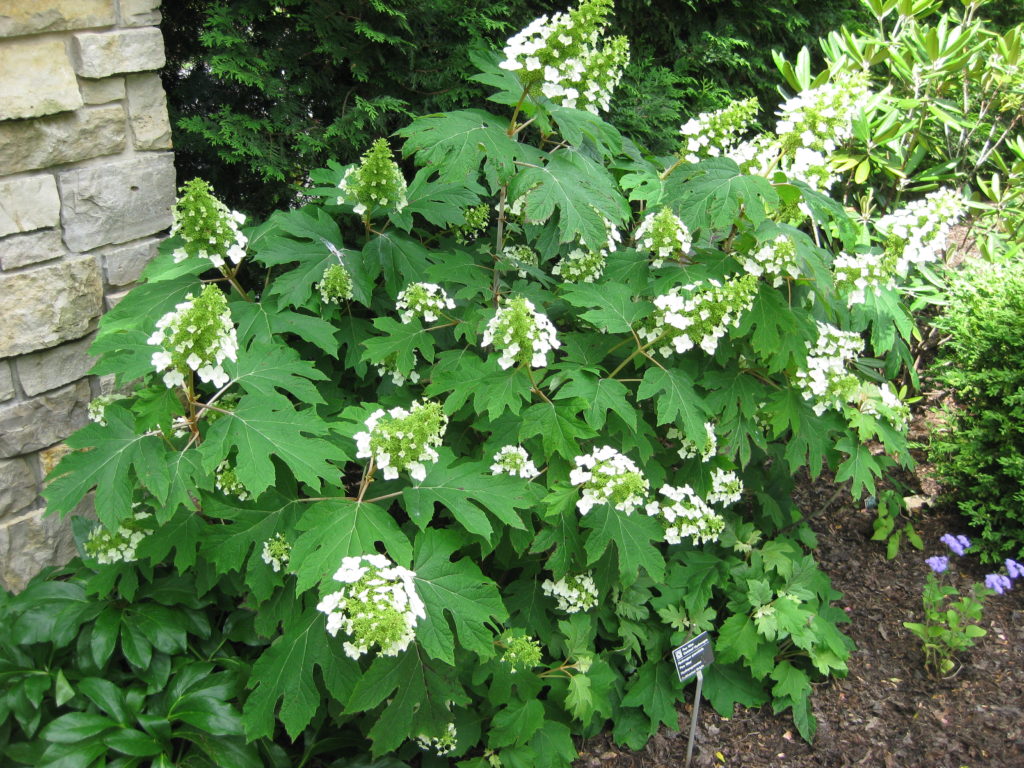
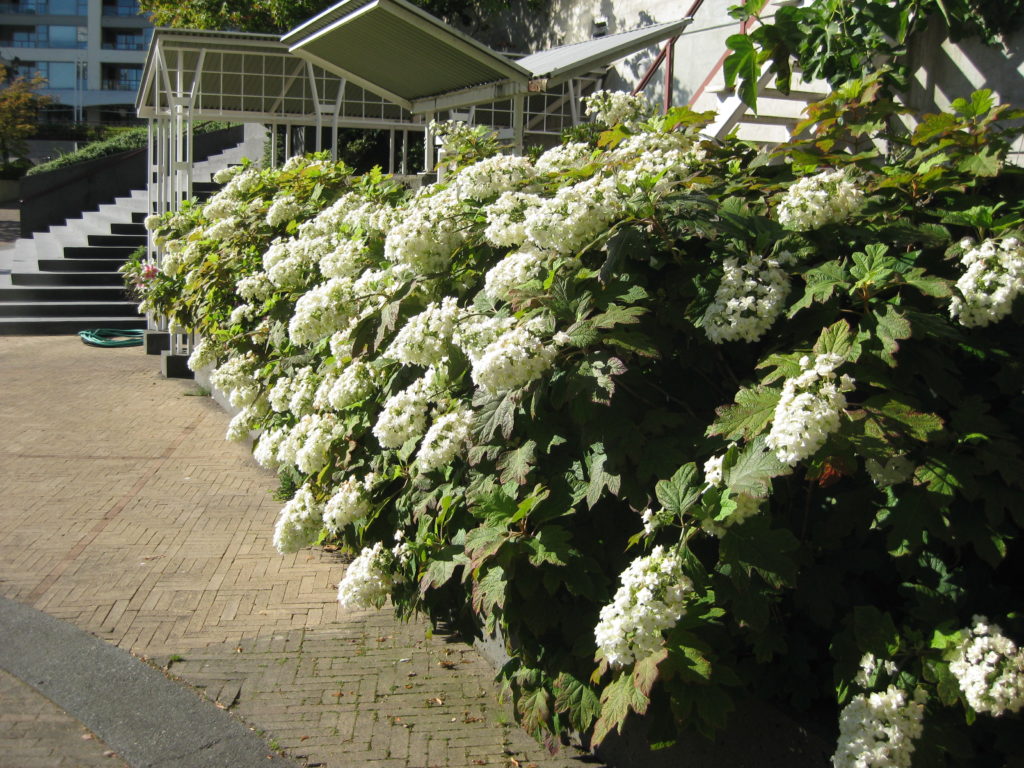
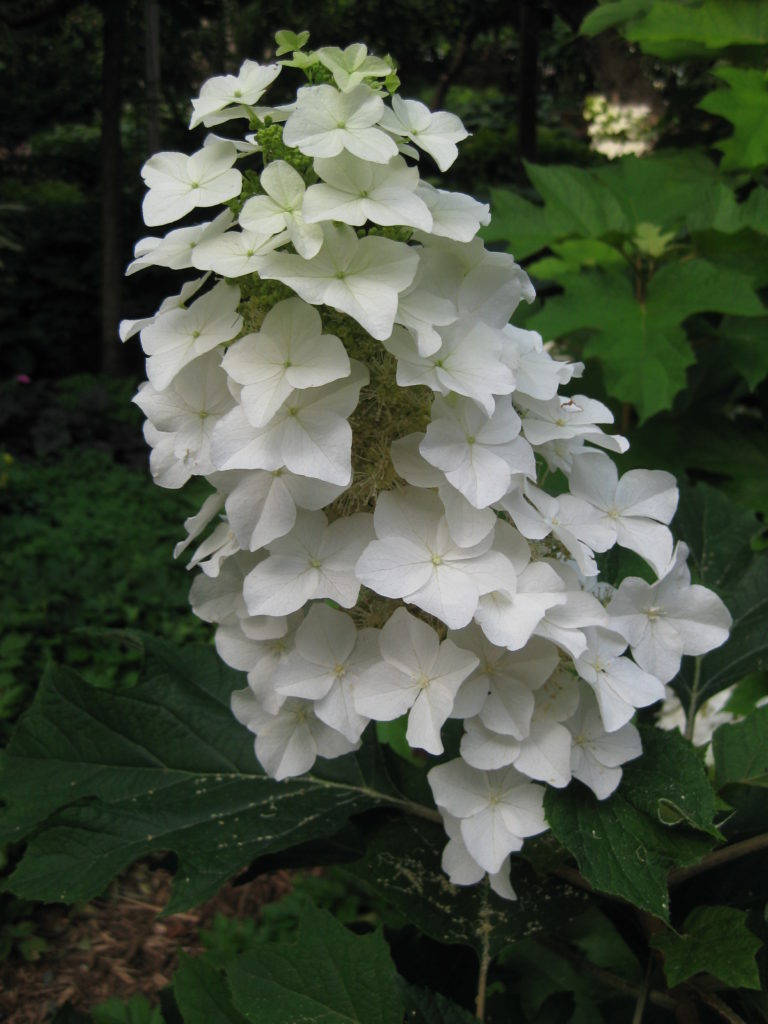
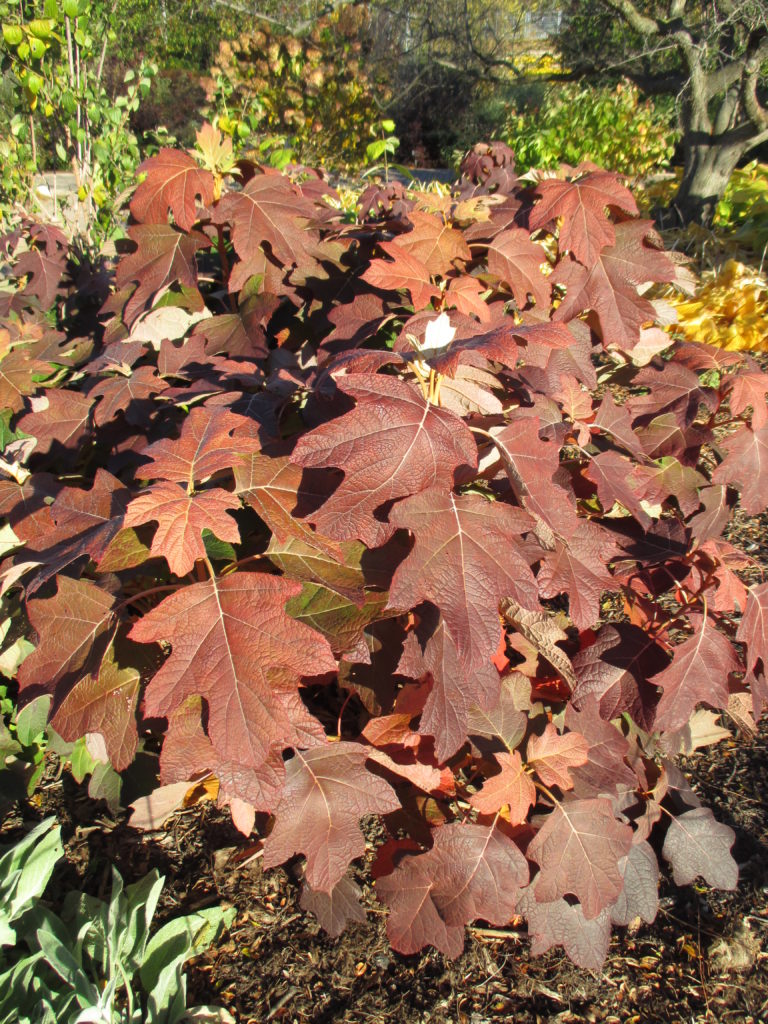
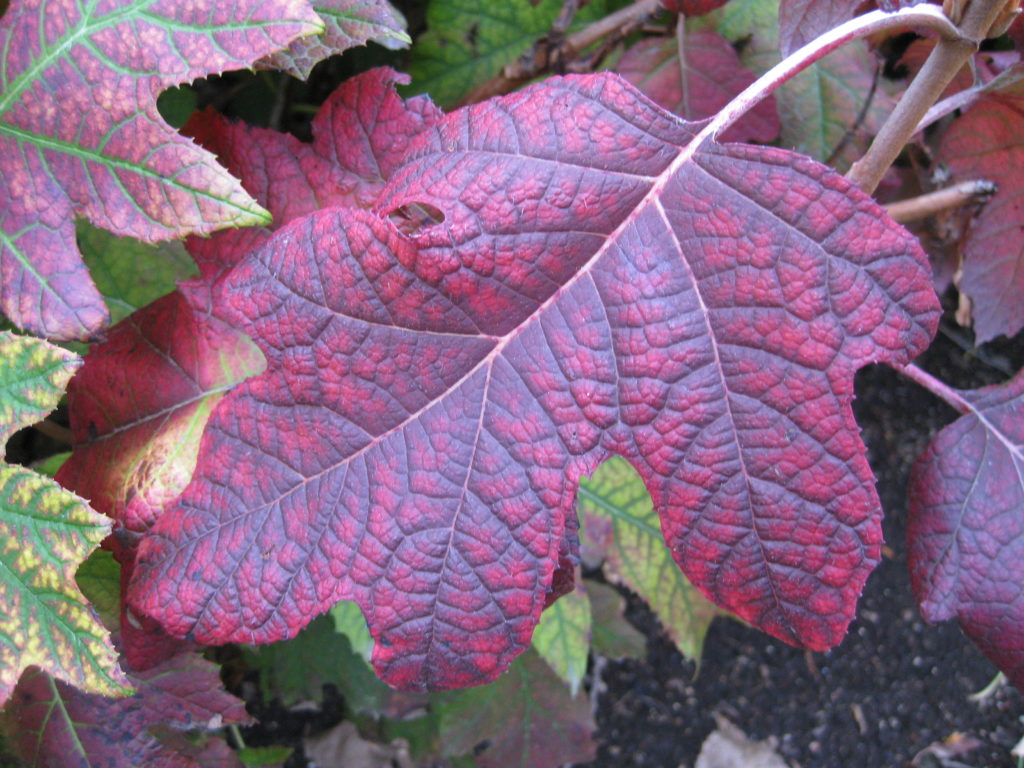
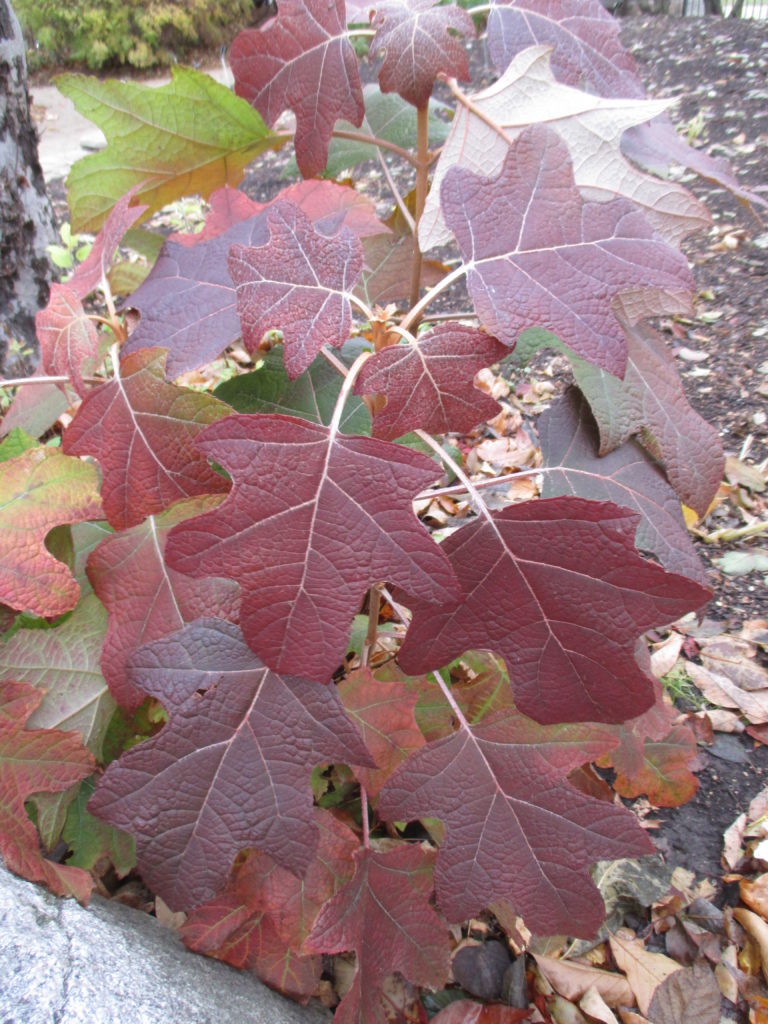
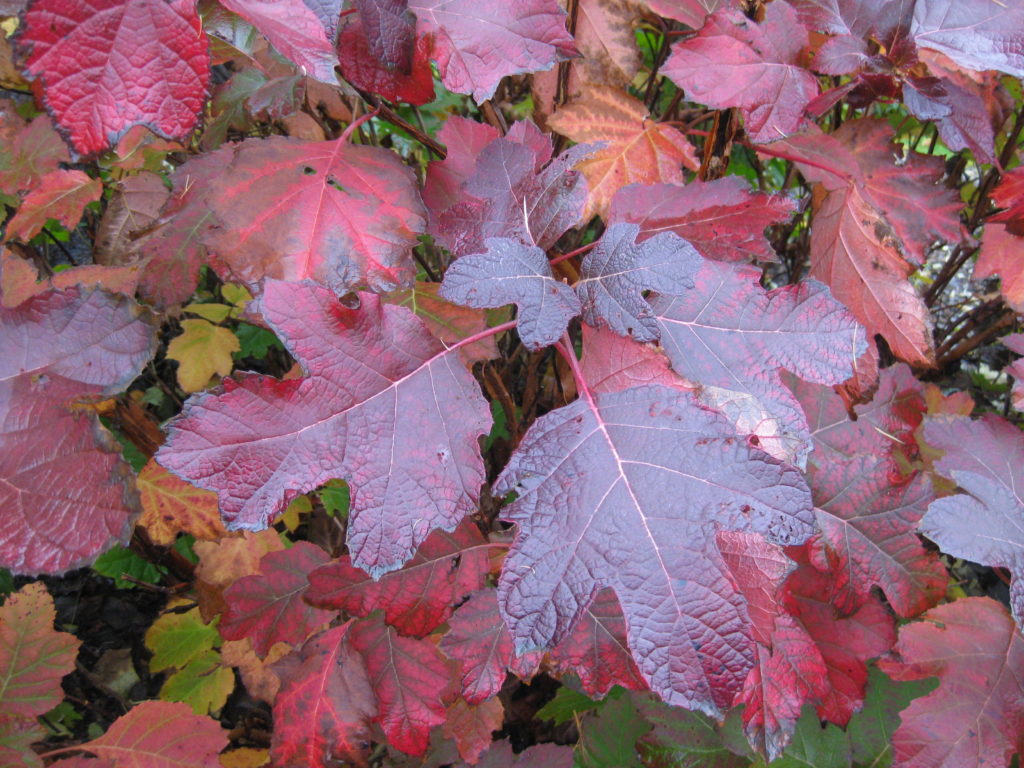
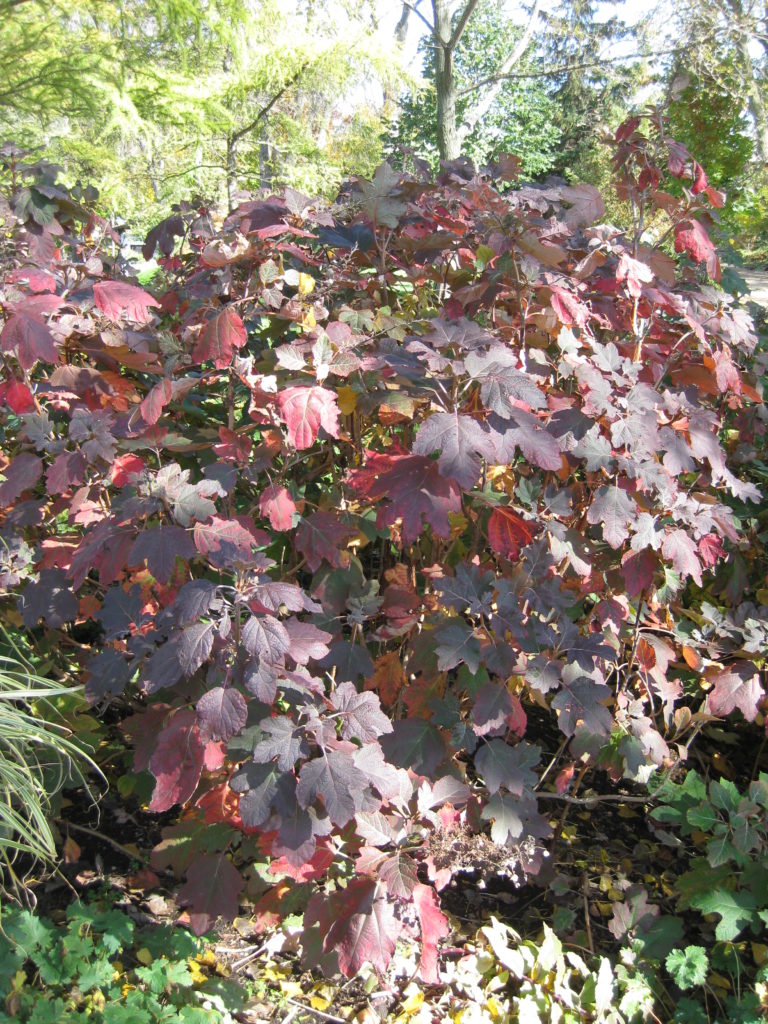
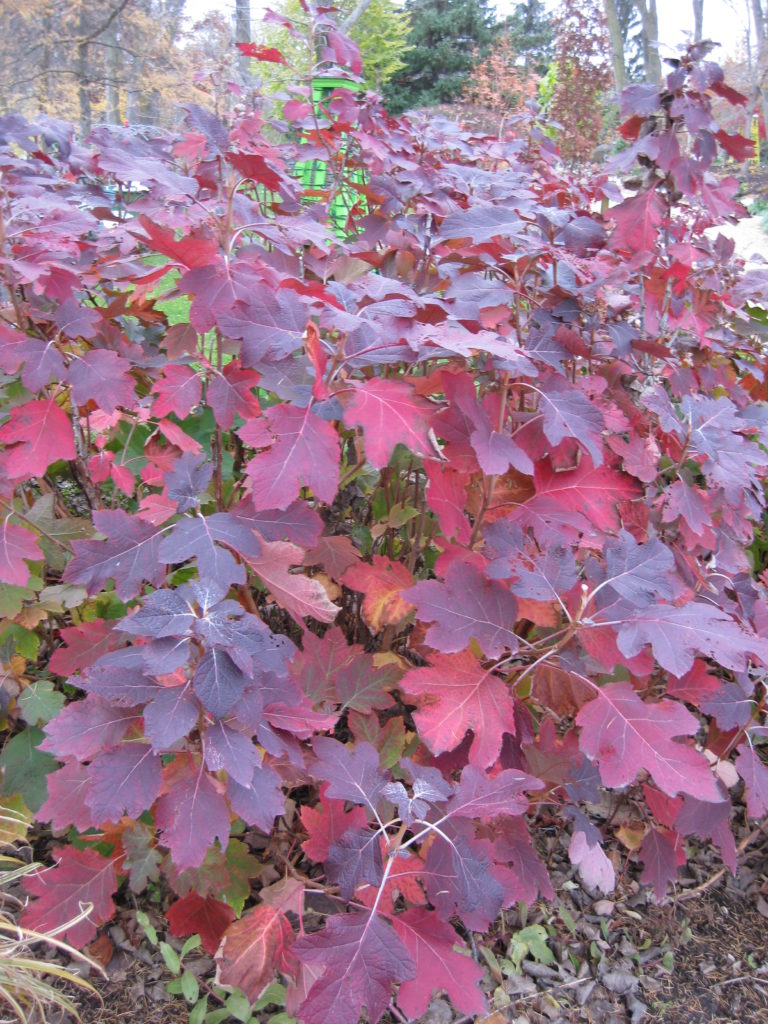
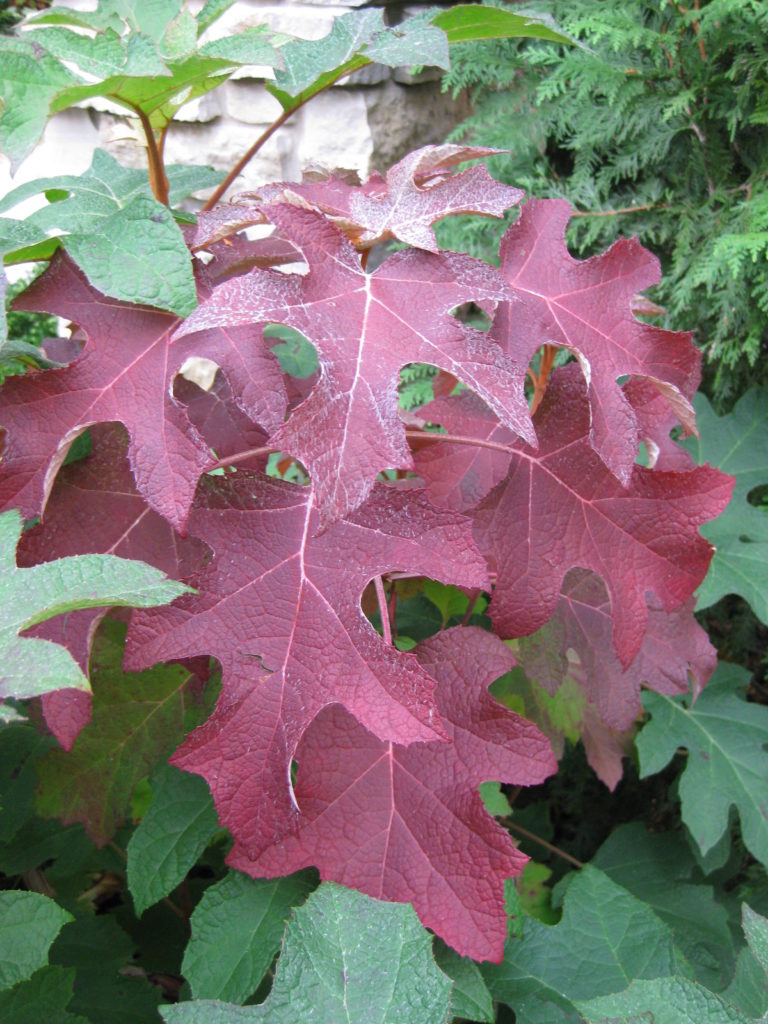
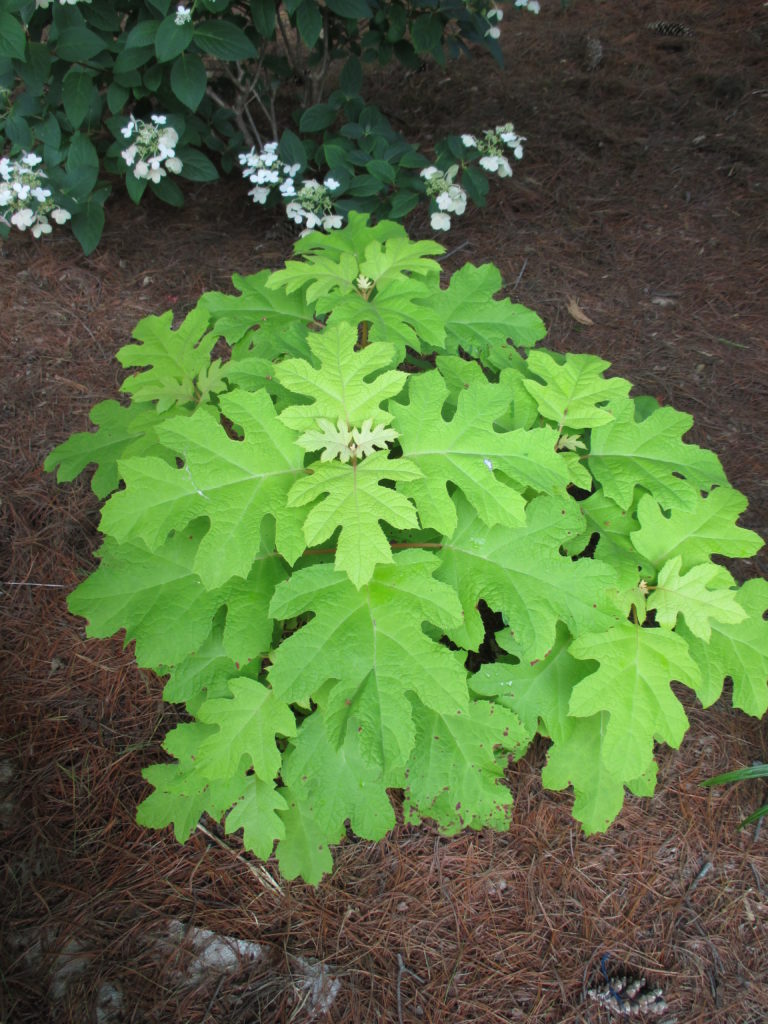
golden oakleaf hydrangea (Hydrangea quercifolia) – directly above and directly below
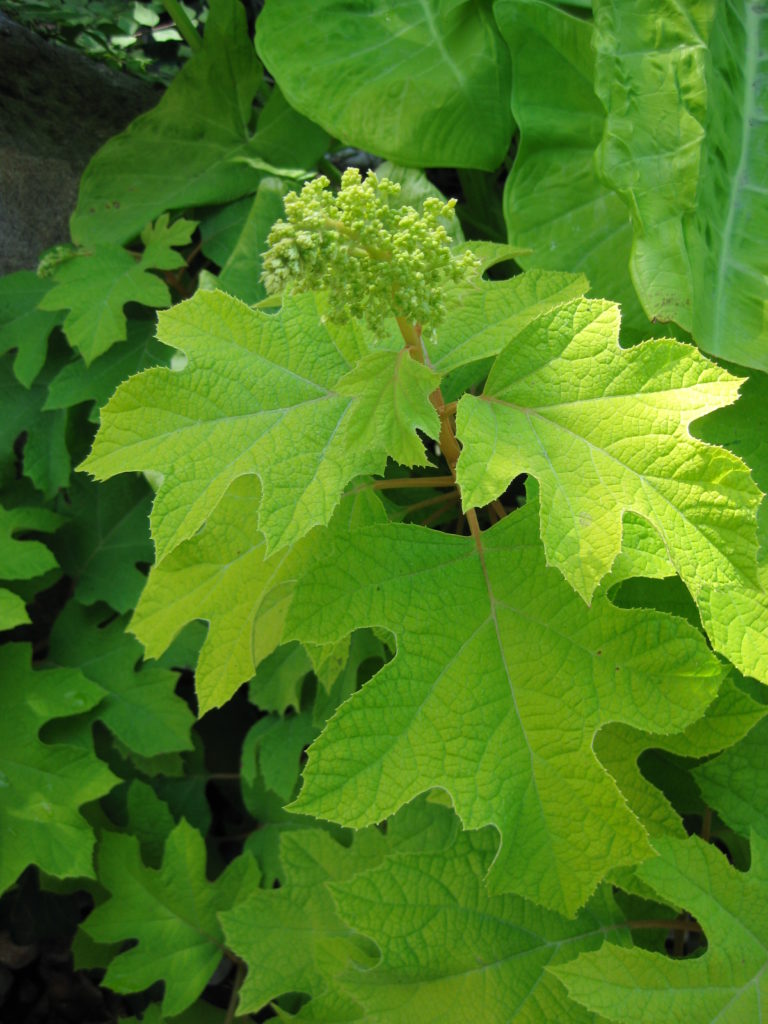
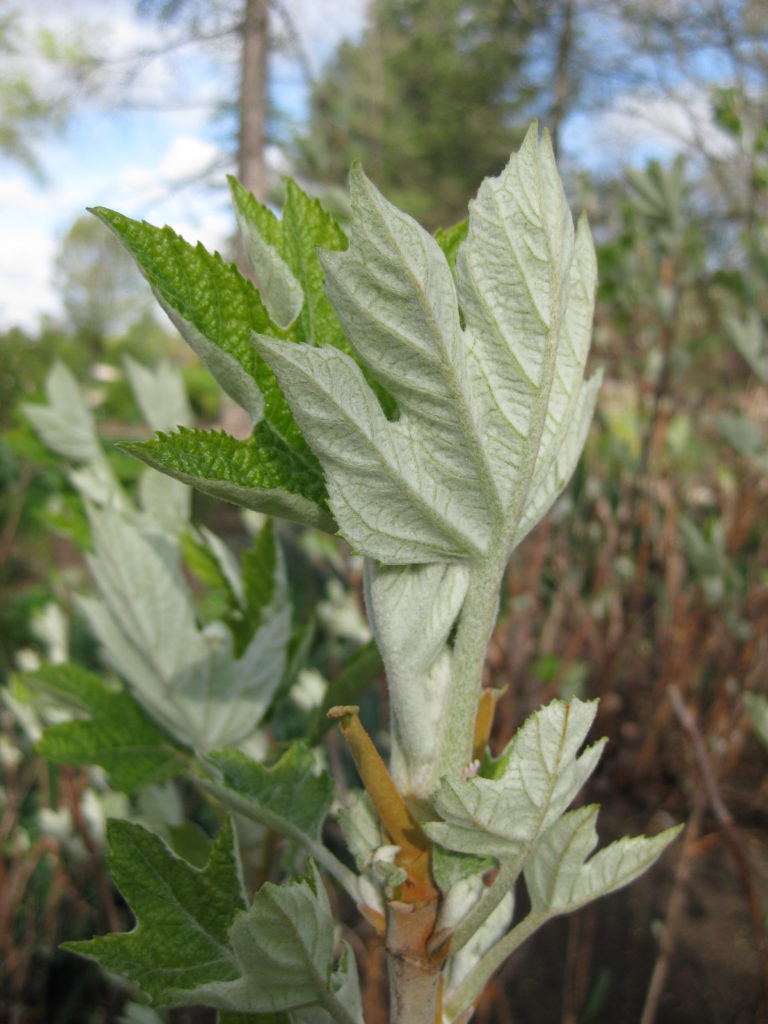
I LOVE watching the foliage and fuzzy leaf backings in spring!
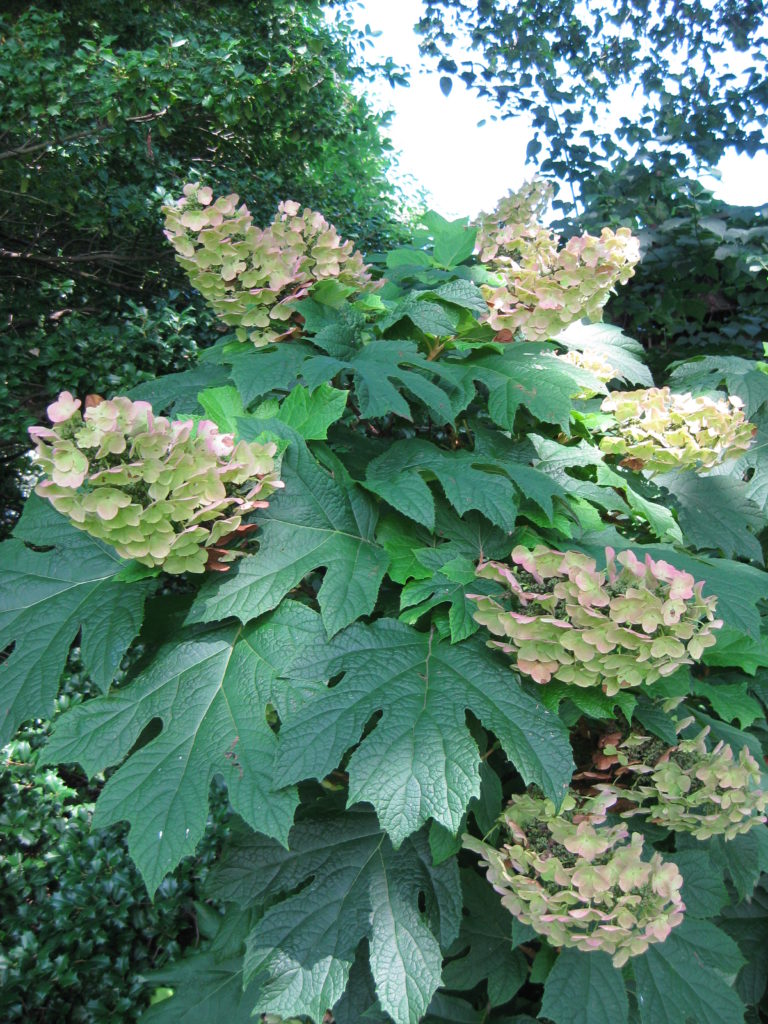
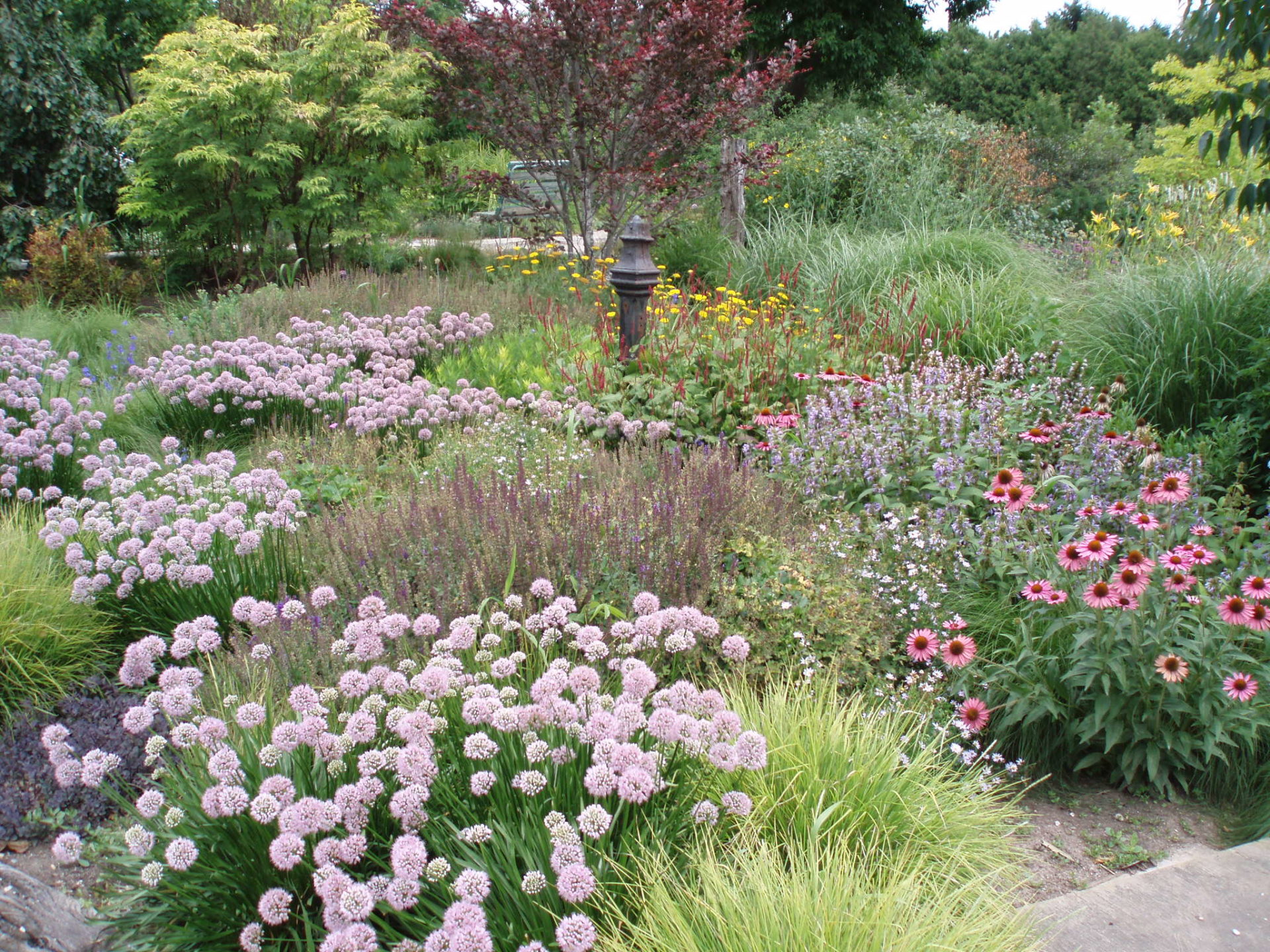
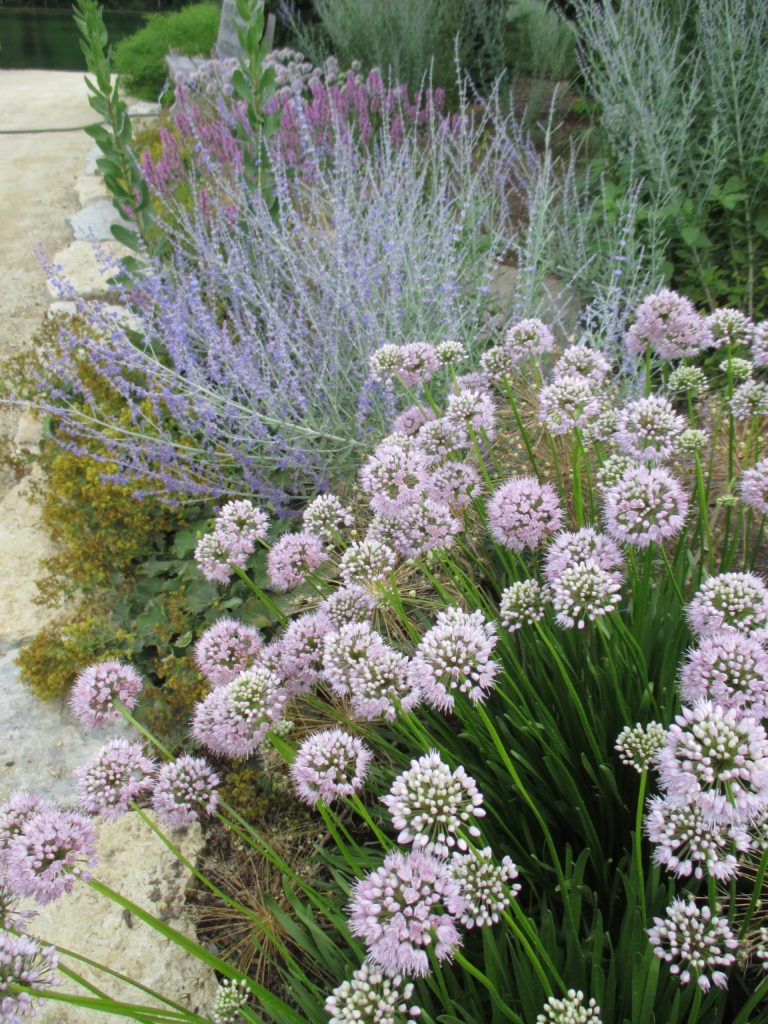
While you wouldn’t see this featured plant blooming for another five months or so from this early February blog posting, the ‘Summer Beauty’ ornamental onion (Allium tanguticum). These lavender pink spheres (2-3″ diameter) appear in mid summer and offer interest for many weeks and well in to fall and early winter as they age to a tan color. There are many excellent, perennial ornamental onions out there although this variety has seen enormous popularity over the last 8+ years in our summer gardens. The features of this plant, aside from general beauty of course, are myriad. Reach 18″-24″ tall with a similar spread, this hardy (Z4) perennial prefers full sun and is both drought and salt tolerant. While butterflies and other pollinators enjoy this perennial, both deer and rabbits tend to leave it alone. The flowers are long lasting and are also sterile (no seedlings!). The foliage emerges early and actually gets a nice clear yellow in mid October.
Today was misty with occasional rain. The weather was unseasonably warm (47 degrees F) for February which is a bit concerning. Larry H. and Cindy continued with Holiday Light Show (HLS) processing and our volunteers today included Kathy P., Kay and Bill O.
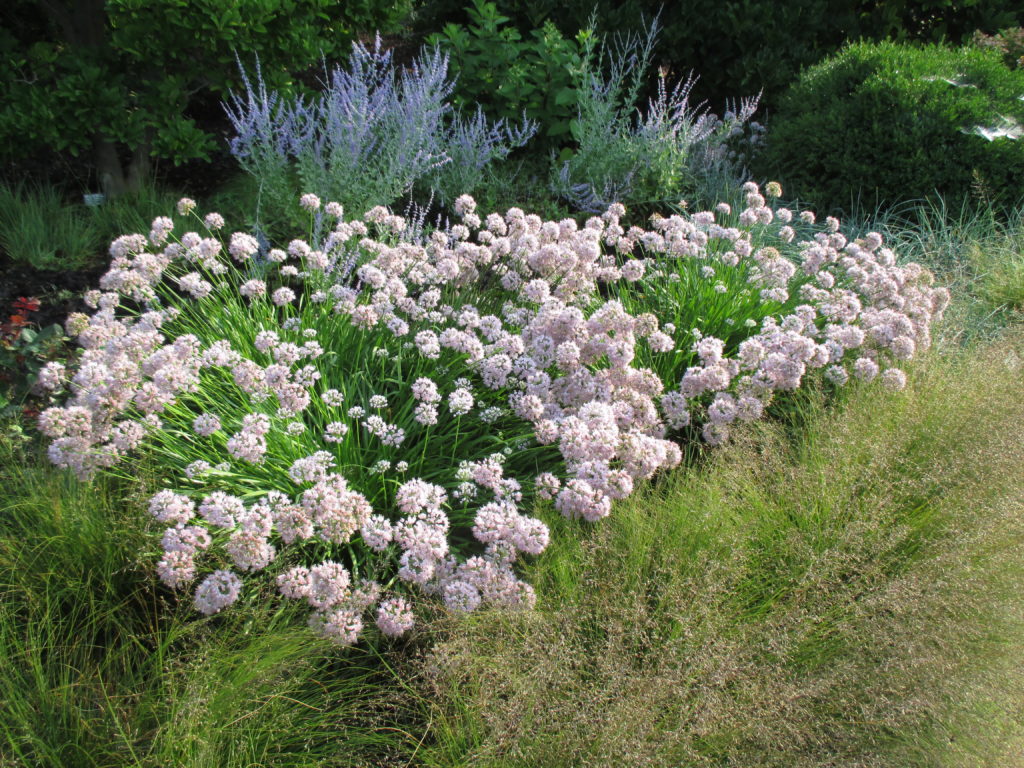
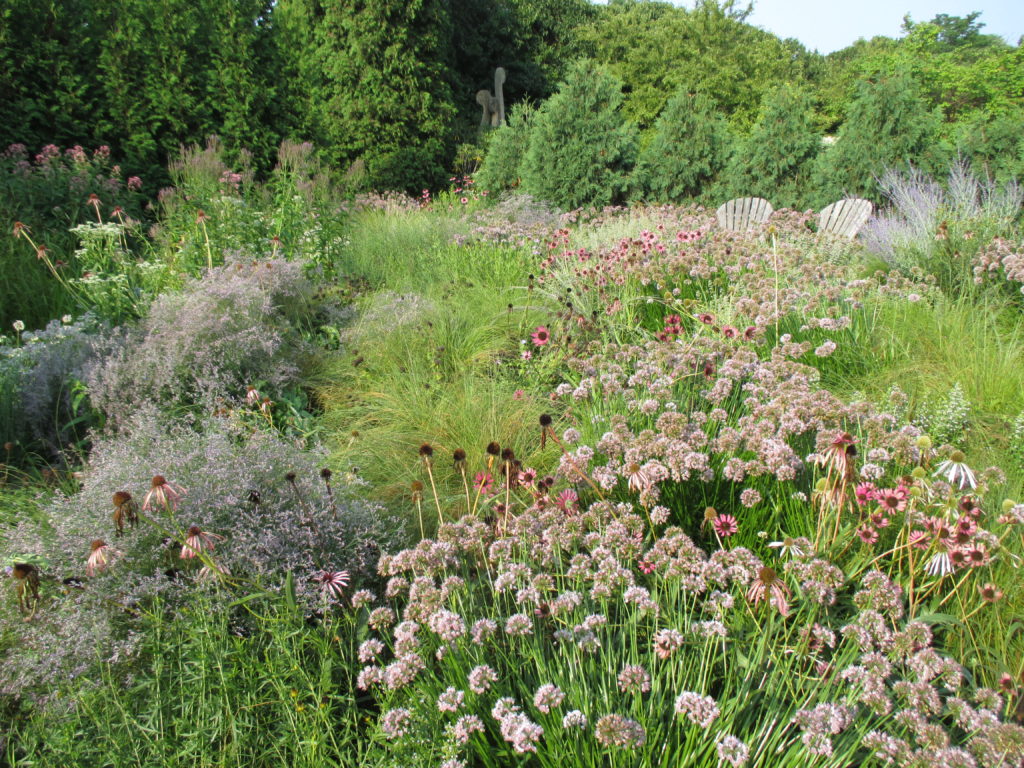
directly above and below are at Olbrich Botanical Garden (Madison, WI)
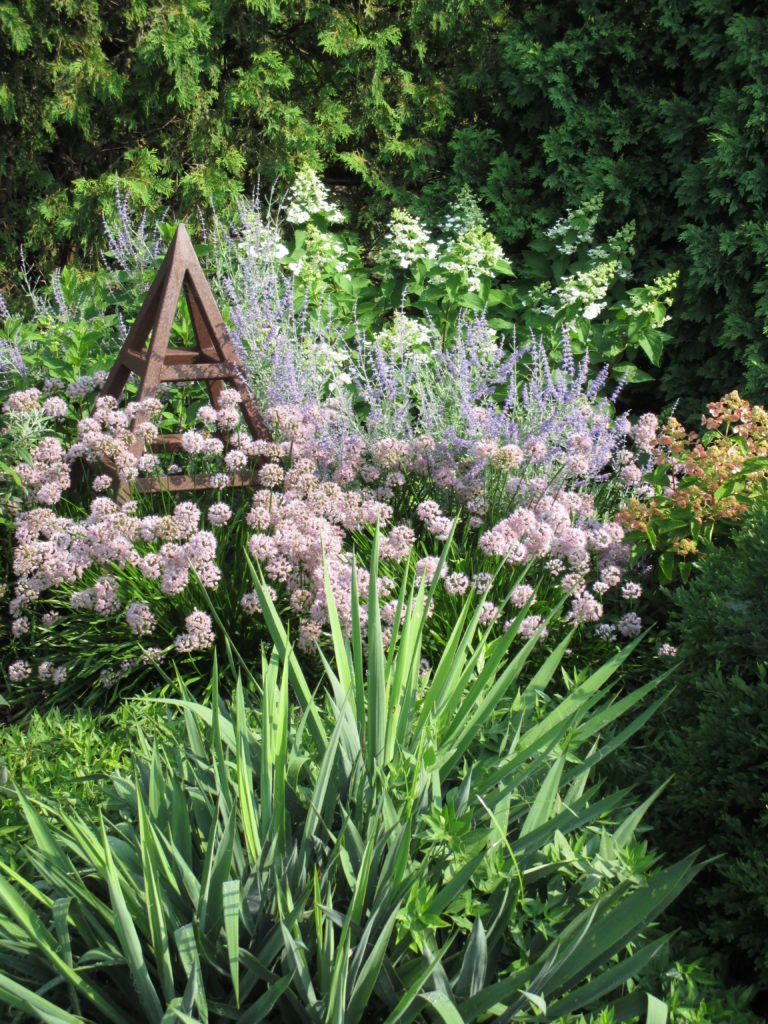
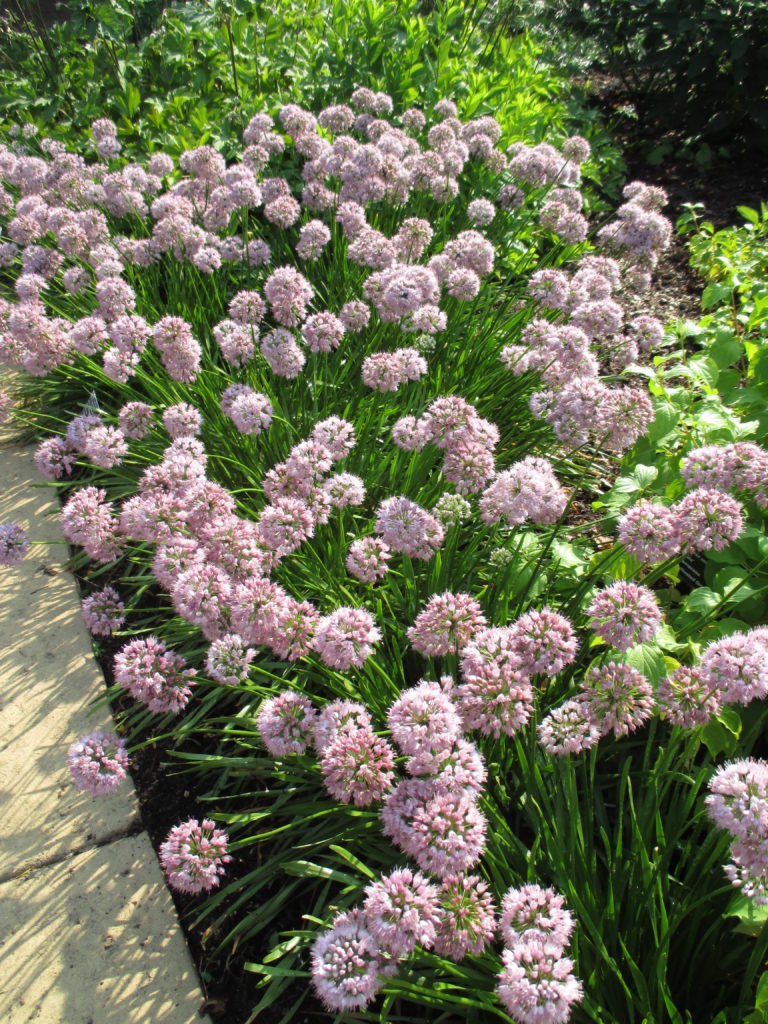
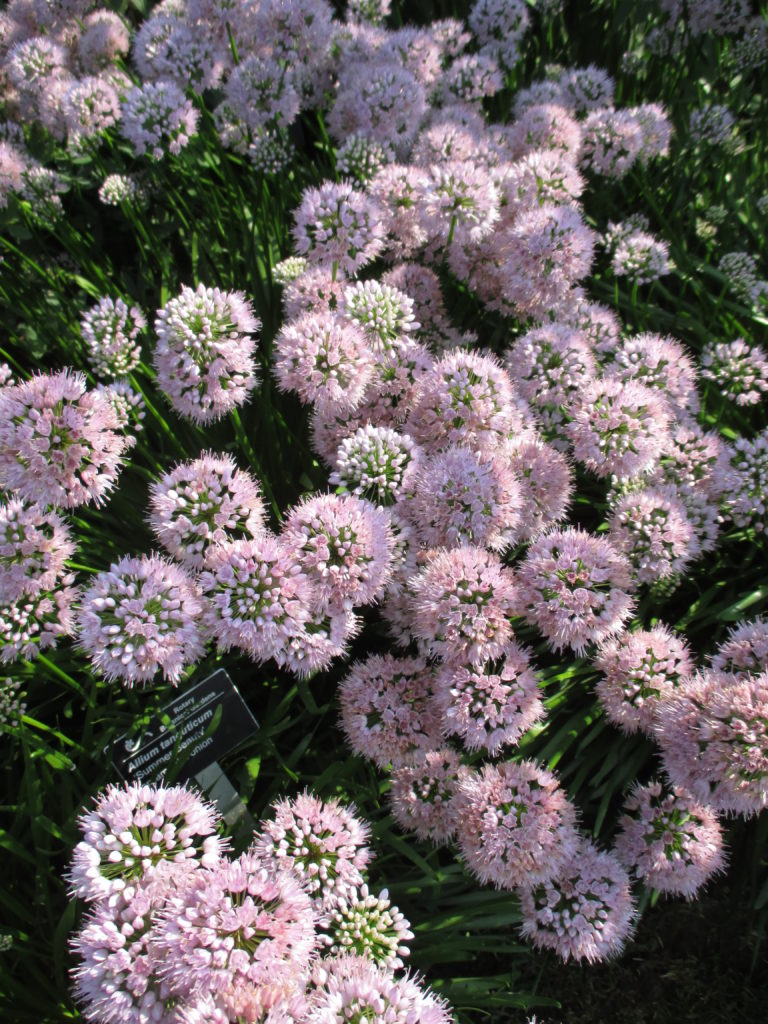
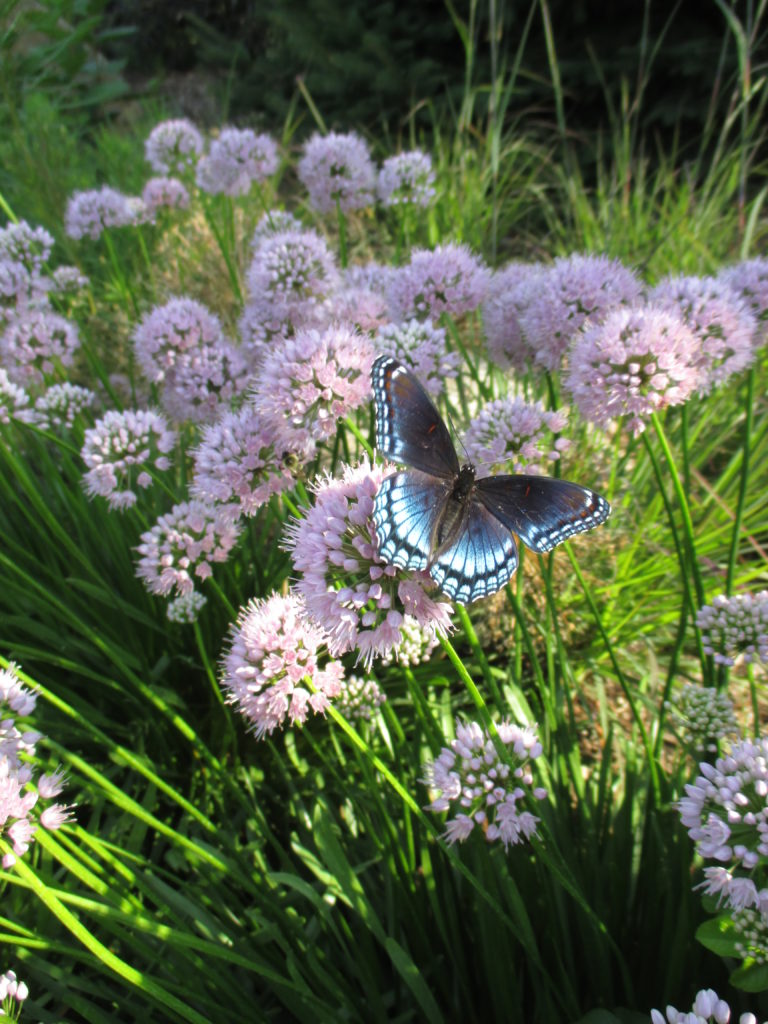
photo above courtesy of Marsha Mood
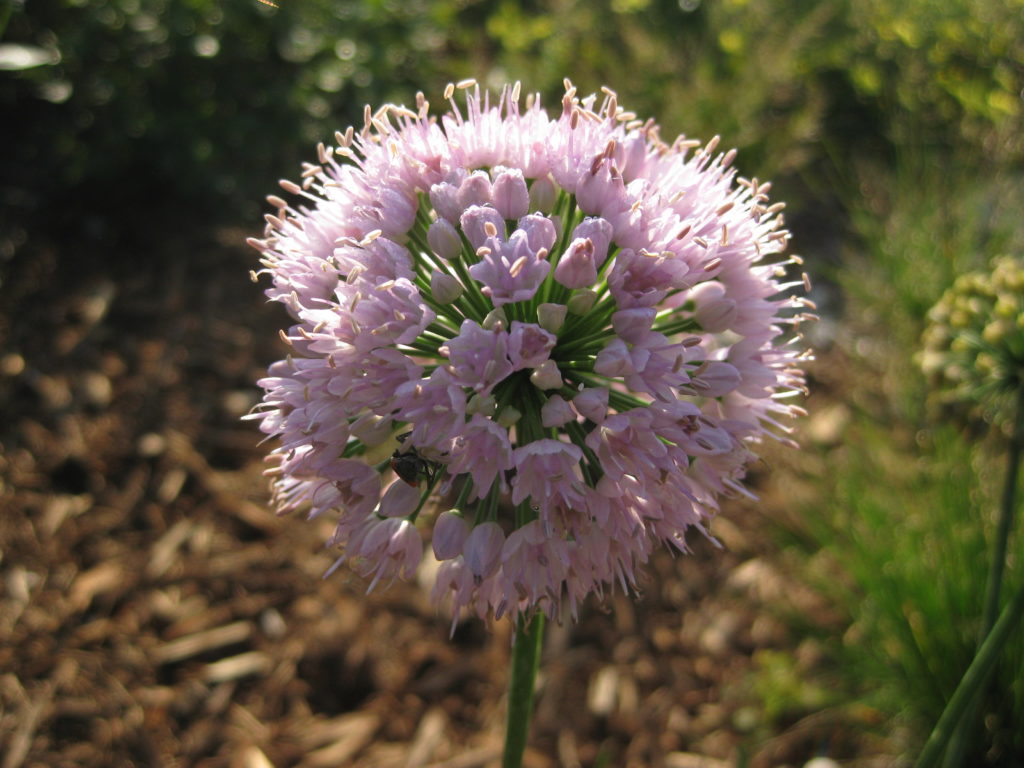
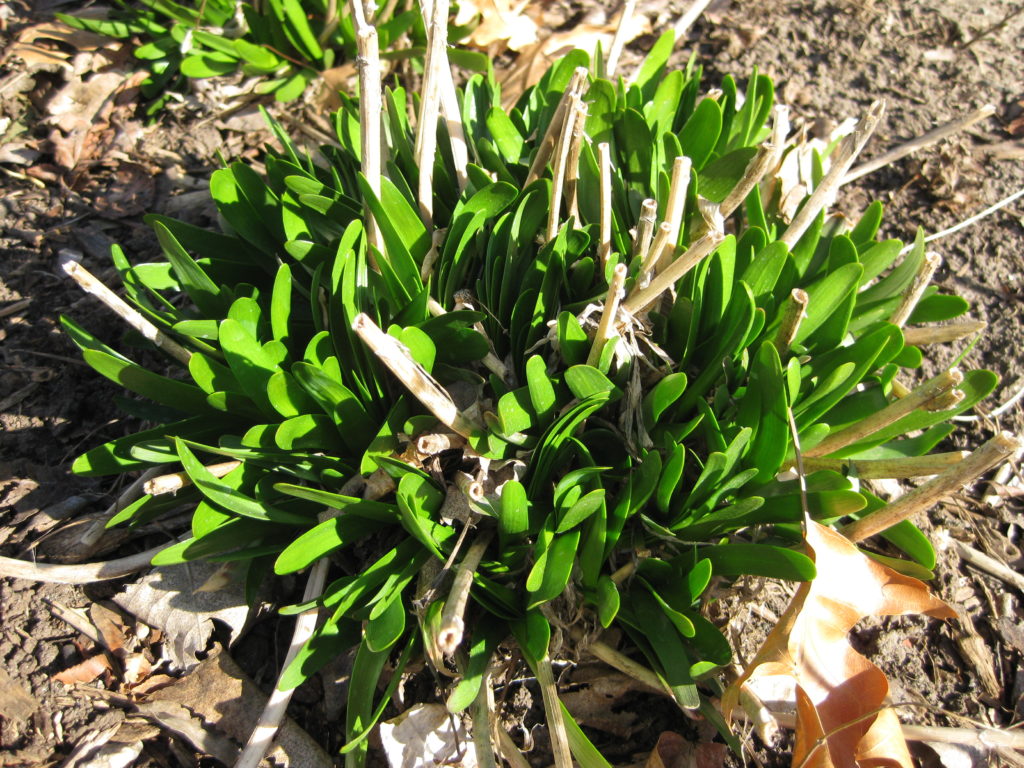
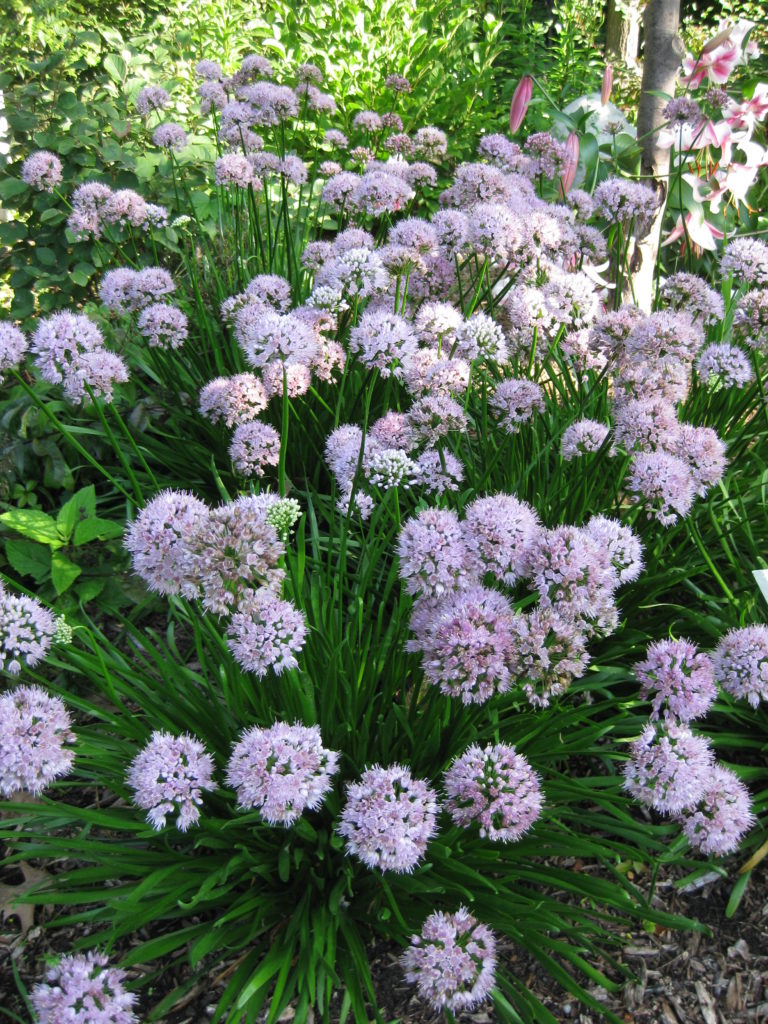
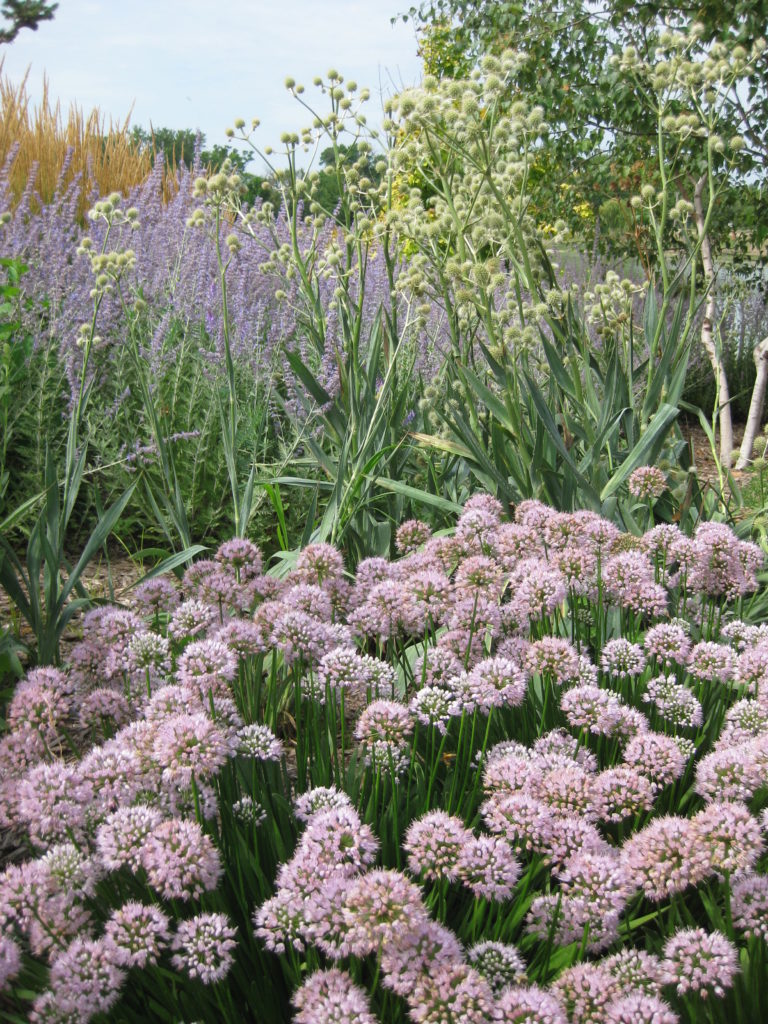
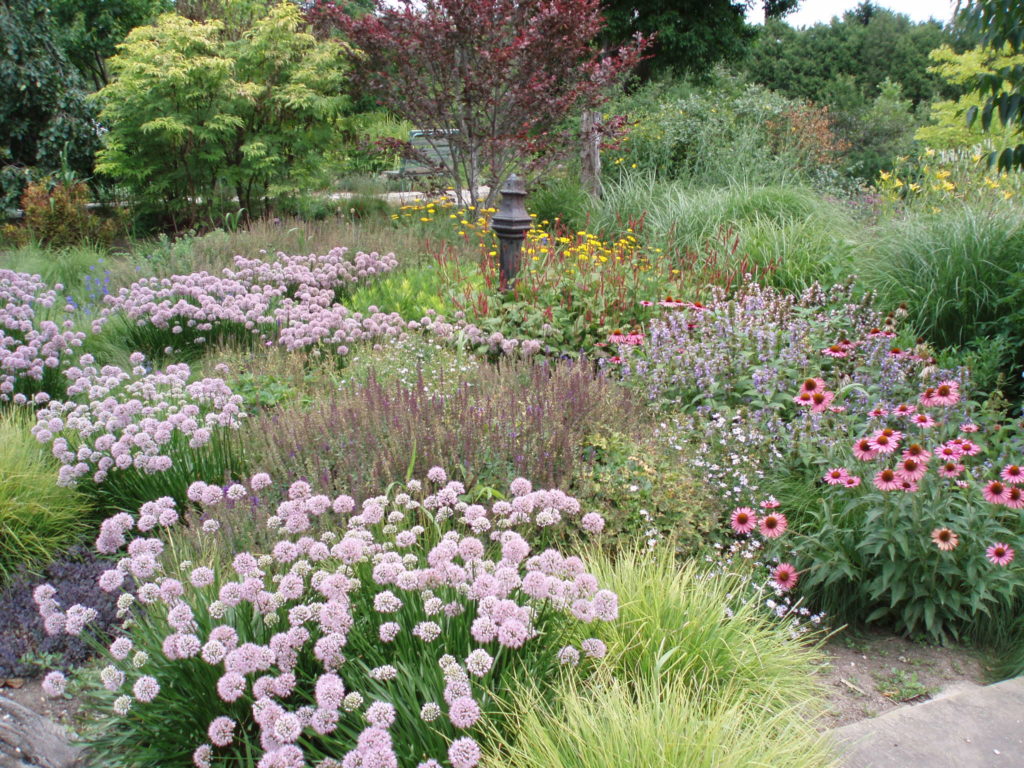
Allium tanguticum ‘Summer Beauty’ at Northwind Perennial Farm (Burlington, WI)
